Leica M 240 review - Page 33
Index of Thorsten Overgaard's user review pages on Leica M9, Leica M9-P, Leica M-E, Leica M9 Monochrom, Leica M10, Leica M10-P, Leica M10-D, Leica M10-R, Leica M10 Monohcrom, Leica M11, Leica M11-D, Leica M 240, Leica M-D 262, Leica M Monochrom 246, Leica SL, Leica SL2, Leica SL2-S, Leica SL3, Leica SL3-S as well as Leica TL2, Leica CL, Leica Q, Leica Q2, Leica Q2 Monochrom, Leica Q3 and Leica Q3 43:
By: Thorsten Overgaard. October 20, 2013. Latest edit August 15, 2023.
Add to Flipboard Magazine.
The Leica R Lenses Catwalk
Back in the 90's some folks from Leica Camera AG stated officially that the Leica R lenses were the best Leica lenses ever made and hinted that the reason simply was that there was more glass and a larger tolerance, relatively.
But that was a few years ago.
Now, 15-20 years later we find ourselves equipped with a Leica M camera that takes R lenses. But also a generation of Leica M lenses later. So what is the significance of being able to use Leica R lenses on a Leica M 240 camera with a Leica EVF-2 electronic viewfinder?
The R-lenses are deeply interesting, and a very emotional connection to Leica history. The best lenses ever made!
Yet, it could give you a hint that I have most R lenses in the range from 19mm to 400mm, and since I got the Leica M 240 eight months ago, I have used the R-lenses almost not at all. Then again, I didn't use them for many months before, even though I had the Leica R9 DMR digital back for them.
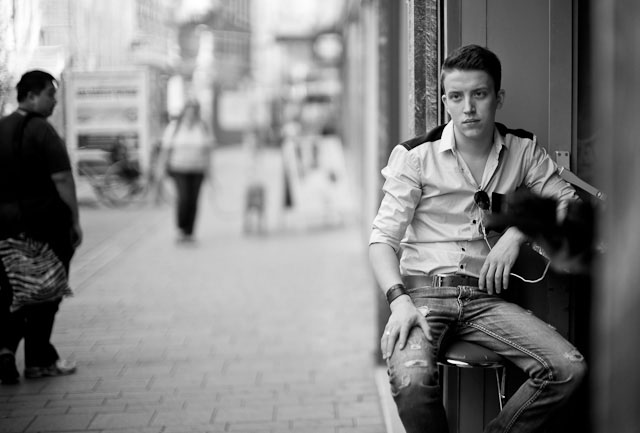
Vienna, September 2013. Leica M 240 with Leica 50mm Noctilux-M ASPH f/0.95
In the 50mm range the worlds best 50mm standard lens, the Leica 50mm Summicron-R f/2.0 (no 11 215) was designed by Dr. Walter Mandler in 1976 and produced untill 2009. It is larger, but essentially the same as the similarly designed Summicron-M (version IV, no 11 826) that is still in production as the rather economical standard lens ($2,295) for the Leica M. This M version of the 50mm Summicron is a downsized version of the R version and was designed by Dr. Walter Mandler in 1979 and is still in production.
The two lenses are close to identical, only size differs. The resolution of the lenses (lines per inch they can resolve) and relative assembling tolerance is larger on the Leica R version. As with the Leica S lenses, large lenses have more glass and larger dimensions, hence a micron mis-alignment in assembling has less influence the larger the lens design.
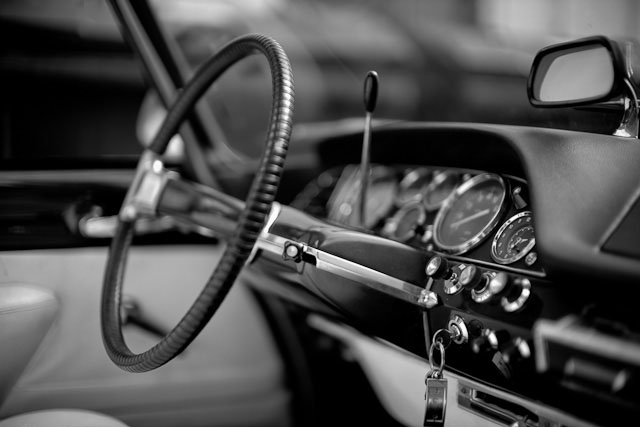
Inside a 1963 Citroen DS23 Chapron convertible. Leica M 240 with Leica 50mm Noctilux-M ASPH f/0.95.
| |
|
|
|
|
| |
Buy the new eBook
"The Freedom of Photographic Expression"
by Thorsten Overgaard |
|
| |
|
|
|
|
| |
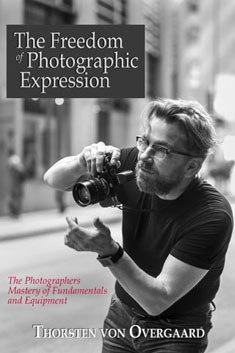
"The Freedom of
Photographic Expression"
eBook for computer, Kindle and iPad
Released March 2024.
First editon: October 2016
Now 303 pages. |
|
In this easy-to-read and easy-to-apply eBook,
Thorsten Overgaard takes beginners and experienced photographers through the basics of controlling the light and the camera.
This book covers the technical side of photography from beginners level to semi-pro, features a number of photographs by Thorsten Overgaard and chapters on his philosophy on photography.
Only $248.00
| |
|
|
| |
Buy Now

Instant Delivery. |
|
| |
|
|

|
|
| |
"I've bought the new book - made a start reading it - it is really interesting.
I know it’s basic at the beginning but it isn't written in a patronizing way. I have been taking photographs for many years and have been lucky enough to be paid to take them for the last seven years; but it's always good to be taken back to the start"
P. S. (UK) |
|
"Really enjoy your writing and teaching"
D. K. (USA)
"I love your insights on photography."
D.B. (USA)
★
★
★
★
★
★ |
|
|
New lens designs
But when we come up to present time, we discover that lens master designer Peter Karbe designed the ultimate Leica 50mm APO-Summicron-M ASPH f/2.0 lens that started delivery in 2013. The main ingredients in the upgrade of the 50mm is greatly improved precision in grinding the glass surfaces used in the lens, and the low tolerances in assembling the lens. In other words, with todays machinery the lens designers can work with much smaller tolerances.
The 'secret' of the Leica 50mm APO-Summicron-M ASPH f/2.0 being the worlds best 50mm lens is to a large degree the perfection implied in the process, mainly in the assembling. Imagine how narrow tolerances we are talking about with the floating element in the lens (that ensures precise focus when the aperture is changed. Without floating element a lens will change focus when the aperture is changed. Something we didn't notice when we used film, but with digital sensors the overall tolerances has become very narrow). And when the Leica 50mm Noctilux-M ASPH f/0.95 was designed (likewise with floating element) a few years ago, Leica Camera made new machines to reach a new and sofar unheard level of precision in the grinding and assembling.
So as for older lenses being the best ... I am sure that is not the case anymore. You may prefer their soul and look in some cases, but that the new lenses are better technically is undisputed.

| 50mm Summicron-R |
|
50mm Summicron-M |
|
50mm APO-Summicron-M ASPH |
 |
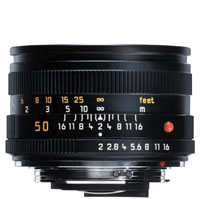 |
|
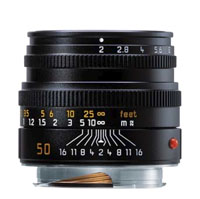 |
|
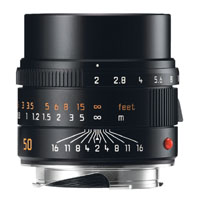 |

Leica Adapter R-to-M (no 14 642) |
|
|
|
|
 |
| Design by Dr. Walter Mandler: |
|
Design by Dr. Walter Mandler: |
|
Design by Peter Karbe: |
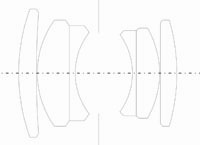 |
|
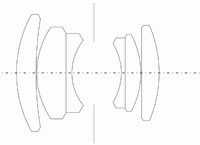 |
|
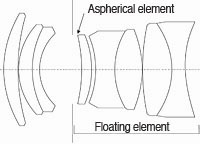 |
 |
| Closest focus: 47 cm |
|
Closest focus: 70 cm |
|
Closest focus: 70 cm |
| Production 1976 - 2009 |
|
Production 1979 - |
|
Production 2012 - |
| |
|
|
|
APO |
| |
|
|
|
ASPH |
| |
|
|
|
Floating element |
| E55 filters |
|
E39 filters |
|
E39 filters |
Price today: $500 (second-hand)
Adaptor price: $310 (new) |
|
Price today: $2,295 (new)
$1,100 - $2,000 (second-hand) |
|
Price today: $7,195 (new) |
| 340g |
|
290g |
|
300g |
| Length 41mm |
|
Length 43mm |
|
Length 47mm |
| Diameter 61mm |
|
Diameter 53mm |
|
Diameter 53mm |
 |
(For more on ASPH (aspheric design), APO (apochromatically corrected) and FLoating element, see the Leica Definitions page).
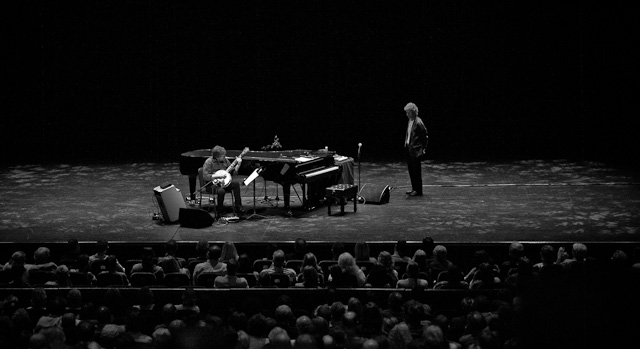
Bela Fleck and Chick Corea performing. Leica M240 with Leica 90mm APO-Summicron-M ASPH f/2.0.
The newest Leica R lens designs date back to 2002 with the Leica 90mm APO-Summicron-R ASPH (version III, no 11 350). The year before in 2001 the Leica 15mm Super-Elmarit-R ASPH was done (by Schneider), and before that the 1998-version of the Leica 50mm Summilux-R f/1.4 (version III, no 11 344).
In fact, the last Leica R lens that was made was the one-off special delivery of the 1600mm APO-Telyt f/5.6 for Sheikh Saud Al Thani of Qatar in 2006. That lens resides in a musem warehouse in Doha, Qatar whilst a prototype is on display at the Leica Camera AG factory in Germany (see the Leica History page for more).
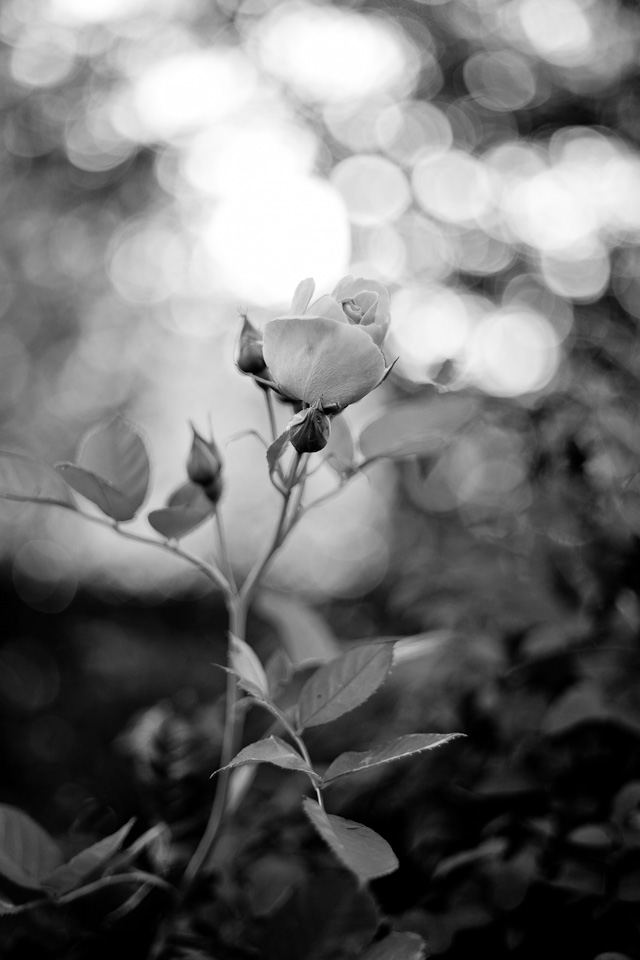
The Leica 50mm Summicron-R f/2.0 has one big advantage going for it: The most narrow focus range is 47 cm which get you real close and create a whole new range of selective focus and sparkling bokeh.
And for the record, this is the different views between the Summicron-R at closest focus 47 cm and my old Summicron-M (Version II) at closest focus 100 cm:
| |
|
|
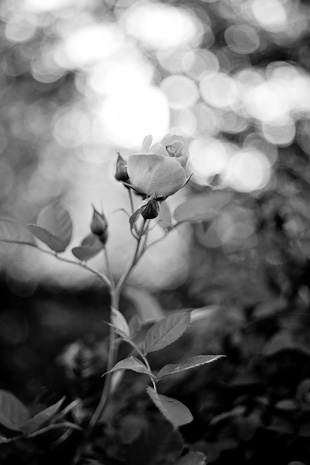 |
|
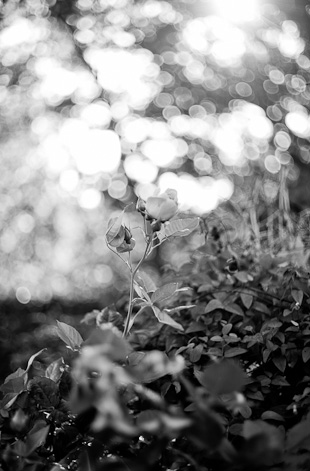 |
| Summicron-R at closest focus 47 cm |
|
Summicron-M (Version II) at closest focus 100 cm |
End of the R era
By 2009 Leica Camera AG announced that they stopped production of Leica R lenses and would not produce more R lenses when the stock had run out. The reason being that Leica Camera AG would focus on the Leica M system and the Leica S digital medium format system.
Leica R10
There would be no Leica R10 but instead some other solution for R lenses; or rather a future solution for those who owned R lenses. We now know this is the Leica M Type 240.
| |
|
|
|
|
| |
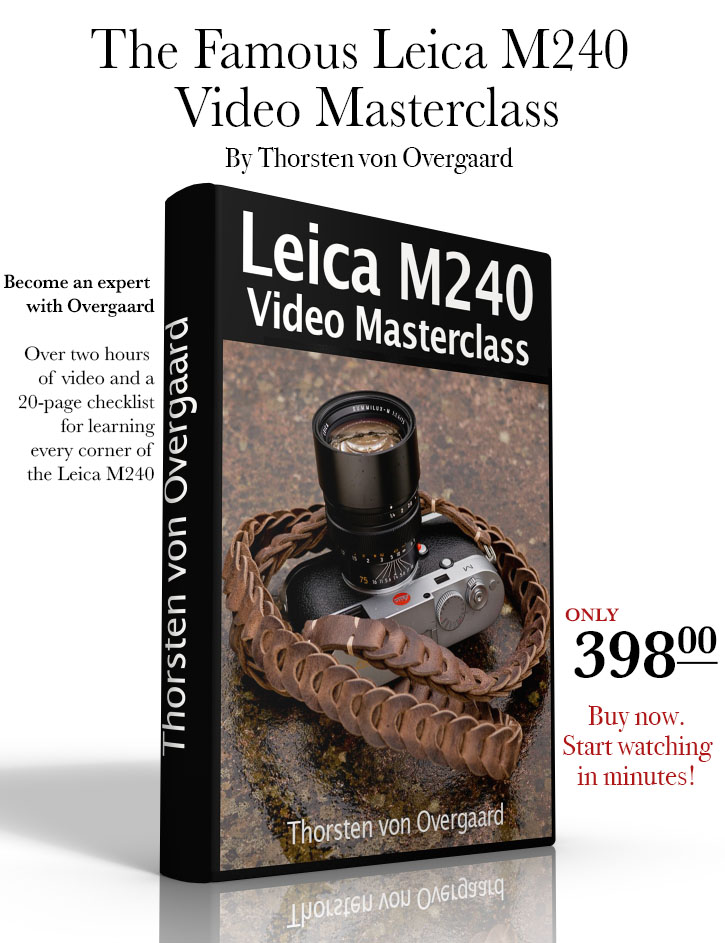 |
|
| |
|
|
|
|
| |
Full Leica M240 Pack:
Video Masterclass
+
Street Photography Masterclass
All about the Leica M240 video instruction masterclass (17 videos)
+ Street photography video masterclass
filmed in New York (11 videos).
+ 8 Bonus videos
+ Styles for Capture One for Leica M240
+ Lightroom Presets. for Leica M240
Normal price $1,192.00
Save 60%
Only $476.00
USE CODE: "ILOVEM240"

Order now. Instant delivery.
100% satisfaction or money back.
Item #1844-1848-0823 |
|
Leica M240
Video Masterclass
Two hours of video class
with Thorsten von Overgaard
+
20-page checklist for learning
every corner of the Leica M240.
For Computer, iPad or smartphone.
More info
Only $398.00

Order now. Instant delivery.
100% satisfaction or money back.
Item #1844-1017 |
|
| |
|
|
|
|
The Leica R9 with the DMR digital back
One should not forget that another digital possibility than the Leica M 240 does actually exist for the Leica R lensees. If the goal is to use the collection of R lenses one own and is missing a camera body for, the Leica R8 or Leica R9 witht he Leica DMR attached is a quite tempting colution. It may be "only 10MB files" but it is quite sharp, detailed and fresh.
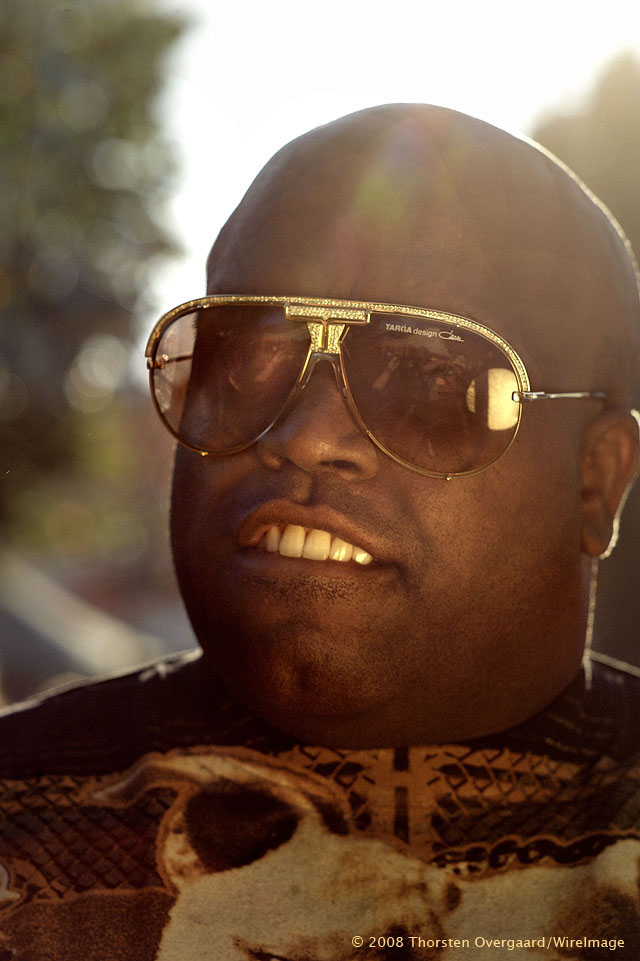
Cee-Lo Green (aka Thomas Callaway). Leica R9 with Leica DMR, 80mm f/1.4. Summilux-R @ f/4.0, 200 ISO. The DNG-file converted using Imacon/Hasselblad Flexcolor 4.8.6. I like the film look of this picture, thanks to the 80mm rendering of sunlight directly intos he lens (with a 60cm (2ft) gold reflector beaming the light back.
The reason I stopped using Leica R9 with DMR was not the lack of megapixels or lack of sharpness. It was simply the size and weight: Because when I started using the Leica M9 as backup for portrait sessions in the field (I always use two different camera (systems), I realized after a few months that both the clients, myself and the picture editors selected a higher percentage of Leica M9 photos than Leica R9 DMR photos. Not because of quality different (because there hardly wasn't any) but because of the way I would use the Leica M9. It's a much more intuitive camera (for me at least) to use. I would move around,t ake chances, play with it. So when the day came where I started realizing the "superiority" of the Leica M9, I also took the size and weight into account. And from that moment I left the Pelican case with the Leica R9 and R lenses at home and traveled with just a Leica M9 with a 50mm.
I still have the Leica R9 with DMR, and I guess it's for a reason. Some things you just don't part with.
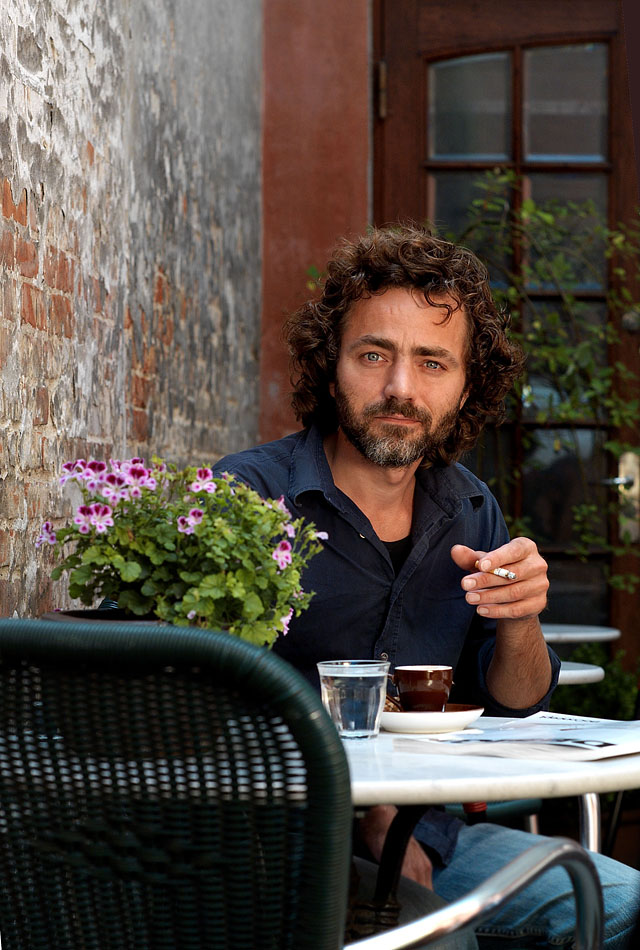
Thomas Sigfred, master barista and owner of Sigfred's Coffee Bar in Denmark. For magazine article 2009. Leica R9 with Leica DMR, 80mm f/1.4. Summilux-R @ f/5.6, 200 ISO. The DNG-file converted using Imacon/Hasselblad Flexcolor 4.8.6. 100cm (3ft) gold reflector from the right.
Leica R lenses on Canon and Nikon cameras
Further, the Leica R lenses can also be used with an adapter on Canon 5D and other Canon cameras, and they can also be fitted onto Nikon, Pentax, Sony, RED and other cameras via ana adapter or rebuilt bayonet.
So if the aim is to use an existing collection of R-lenses, there are many other possibilities than Leica M 240. For me personally, using the Leica M 240 for R lenses rather than Leica M lenses doesn't makse sense. But that's becasue I had the choice with a collection of R and M lenses, and both cameras.
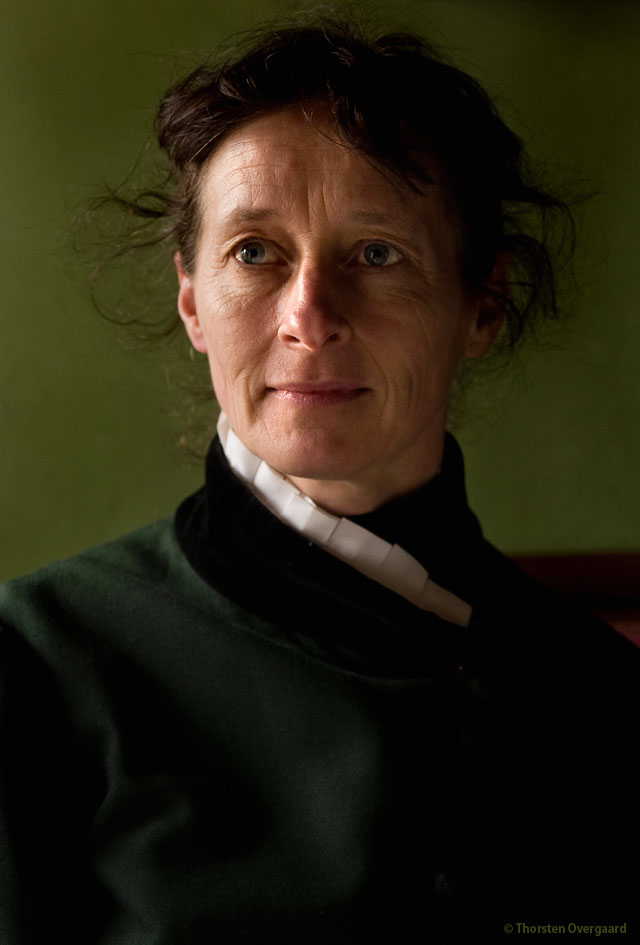
1910 portrait for Den Gamle By [The Old town] in Denmark, 2009. Natural light from two windows to the left plus a distant placed 100cm (3ft) gold reflector at the right. Leica R9 with Leica DMR with Leica 35-70mm Vario-Elmarit-R f/2.8 @ 2.8, 200 ISO. Processed via Adobe Lightroom 2.
The Leica R cameras raise and fall
These are the numbers for how many Leica R cameras were made. This may give an insight into why the Leica R system was terminated. The Leica R system was not an original Leica Camera AG invention, but an anser to the SLR cameras from Japan and Germany. Leica have always flourished when they invented "something real Leica" and never really made it when they tried to "copy others".
| Leica R model |
Year |
Sold |
 |
| Leicaflex Mark I and Mark II |
1965-1968 |
32,500 |
 |
| Leicaflex SL and SL mot |
1968-1974 |
74,715 |
 |
| Leicaflex SL2 and SL2 mot |
1974-1976 |
25,575 |
 |
| Leica R3 |
1976-1980 |
70,000 |
 |
| Leica R4 |
1980-1986 |
91,000 |
 |
| Leica R4s |
1983-1986 |
25,000 |
 |
| Leica R5 |
1986-1992 |
34,000 |
 |
| Leica R6 |
1988-1992 |
24,000 |
 |
| Leica RE |
1990-1994 |
6,100 |
 |
| Leica R6.2 |
1992-2002 |
21,000 |
 |
| Leic R7 |
1992-1996 |
29,629 |
 |
| Leica R8 |
1996-2002 |
36,551 |
 |
| Leica R9 |
2002-2009 |
+ 9,000 |
 |
| Leica DMR digital back for Leica R8 and Leica R9 |
2006-2009 |
3,000 |
 |
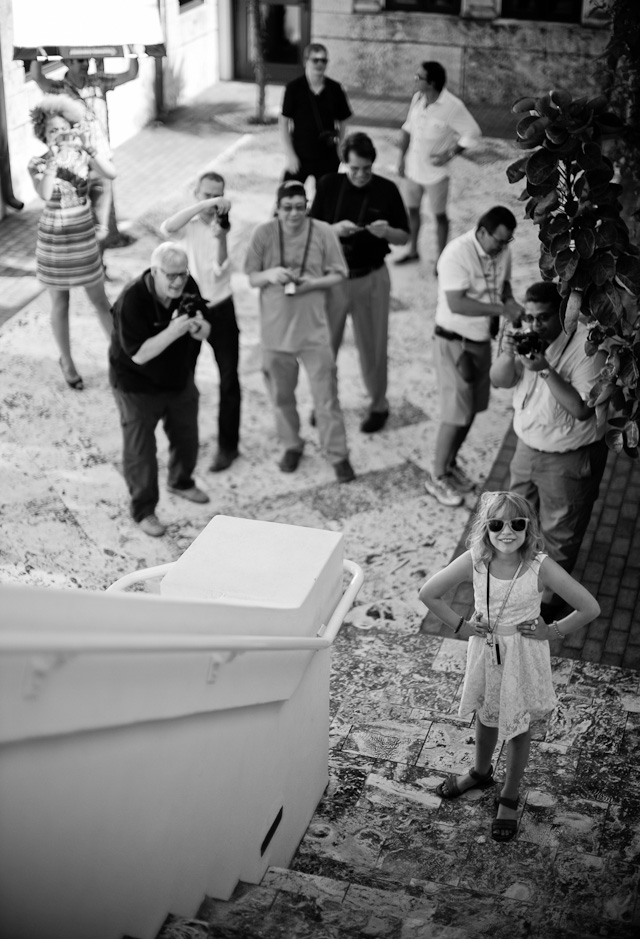
My daughter Robin Isabella von Overgaard posing for the Workshop. Leica M 240 with Leica 50mm Noctilux-M ASPH f/0.95.
The Leica R Lenses on the Leica M 240
One can speculate why Leica Camera AG went from the CCD sensor in Leica M9 to the CMOS sensor in Leica M Type 240. Was it to fulfill the promise of a Leica R soultion? Or because of higher ISO, less energy use, lower production costs of sensors, possibility of video and/or to offer Live View?
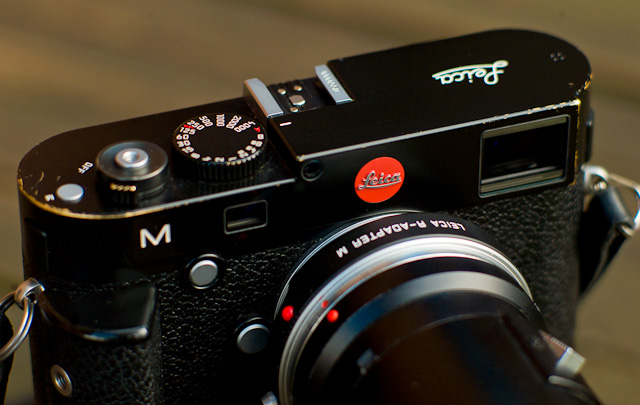
The Leica R-to-M adapter for the Leica M 240 that finally became widely available in December 2013
Regardless, the fact is that the Leica M Type 240 has a very special version of a CMOS sensor designed for and with Leica Camera AG (together with the Belgian company CMOSIS, and produced by ST Microelectronics in Grenoble). And with that sensor, Leica R lenses can be used on a Leica M camera.
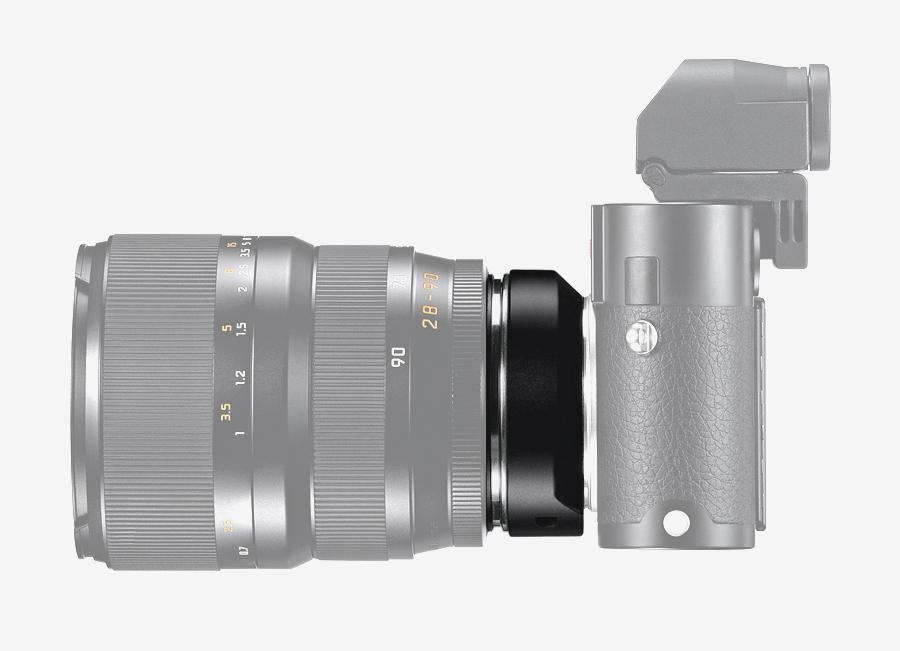
Leica R-to-M adapter (no 14 642) enables you to mount Leica R lenses in the Leica M 240.

More views of the Leica R-to-M adapter kit (photo by Dale Photo & Digital).
| |
|
|
|
|
| |
Buy this New eBook by Thorsten Overgaard
|
|
| |
|
|
|
|
| |
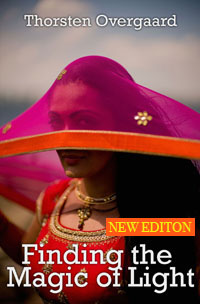 |
|
In this easy to read and apply eBook, Thorsten Overgaard takes you on a journey to see, understand and simply use light.
"One of the most important ways to get an aesthetic and pleasant picture is to find the good light."
"Finding the Magic of Light"
eBook for computer and iPad
Only $47 (40 pages)


Order now - Instant delivery.
Neu! "Die Magie des Lichts Finden"  DE DE
|
|
| |
|
|
|
|
It's not a large Leica M, it's a small Leica dSLR
If you add a EVF-2 electronic viewfinder, a Leica R-to-M adapter and perhaps a Leica Handgrip to the Leica M Type 240, you essentially have a 24MP dSLR camera (digital Single Lens Reflex camera, but with Live View through the EVF-2 digital viewfinder).
The genius of the concept was a bit hard to grasp at Photokina 2012 when it was presented. And also then the video feature was presented as a built-in option. Not to mention the new CMOS sensor instead of the beloved CCD-sensor.

The Manzini Cafe in Berlin. Leica M 240 with Leica 50mm Noctilux-M ASPH f/0.95
All in all it was just too many add-ons to a camera that many choose for the simplicity, the engineering and the world's best lenses. Why make it more complex?
But if one turns around the viewpoint from having to use dSLR cameras to shoot with long tele lenses, then one is looking at the worlds smallest full/frame 24MP dSLR. And it can even be turned into a compact Leica M those days where the long tele lenses are not needed.
History Lesson: The Leica R solution
We're interrupting the story with a short Leica History Lesson for the new arrivals in the class.
The Leica R cameras started out with the Leicaflex cameras in 1964 as an answer to the Japanese SLR-cameras (Single Lens Reflex) that threatened their Leica M rangefinder camera, that had so far been the de facto standard for photo journalism around the world. Nikon, Canon, Yashica and many others had tried to copy the rangefinder concept with their own rangefinder cameras, but then suddenly they came up with the SLR camera that had many advantages over rangefinder.
| |
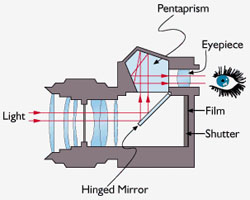 |
| |
SLR with a prism in eye-level |
| |
|
(The world's first true 35mm SLR was the Soviet "Sport" camera in 1936, but that might confuse the story. The actual breakthrough of 35mm SLR happened from the Contax S of 1948 that had a prism viewfinder - thus seeing through the lens [Single Lens Reflex] from eyelevel via a prism and not from above the camera looking down at a matte screen. This set off the real SLR takeover in the 1950s where the Japanese camera producers introduced SLR cameras like the 1959 Nikon F and the like).
With that Leica Camera AG had to become the copycat and come up with their SLR cameras. The first in the line was the 1964 Leicaflex. A camera that feels like a mechanical Leica M made into a SLR camera. With the most sexy shutter sound ever heard. A remarkable camera, though with much less automatic features than the Japanese produced SLR-cameras.
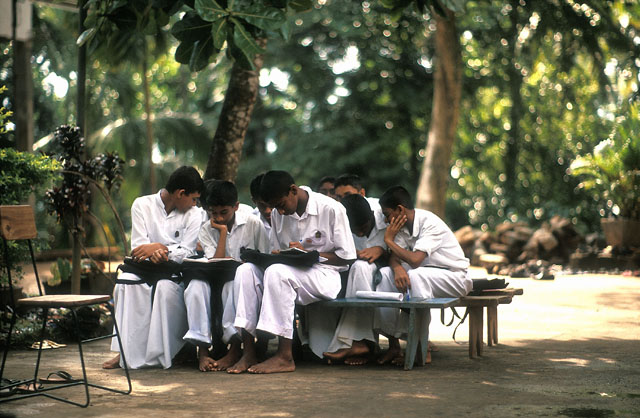
From my film days. A Buddhist Sunday School, Sri Lanka, January 2005
Leicaflex SL motor with Leica 80mm Summilux-R f1.4, 100 ISO Astia, Imacon/Hasselblad Flextight Photo scan.
The period from the first Leica SLR to the end of the Leica R system in 2009 is quite a downfall from the market leader in everyday tools for photojournalists to becoming an exotic brand with - granted - the best lenses.
Leica invented the AF (Auto-Focus) in the 70's but management in Germany decided to sell it as "nobody want's auto focus", and only God knows how many opportunities the Leica brand missed in this awkward and surreal period of camera history where the "grandfather of 35mm" slid down from market leader to becoming an exotic brand everybody knew, but only ecentrics used.
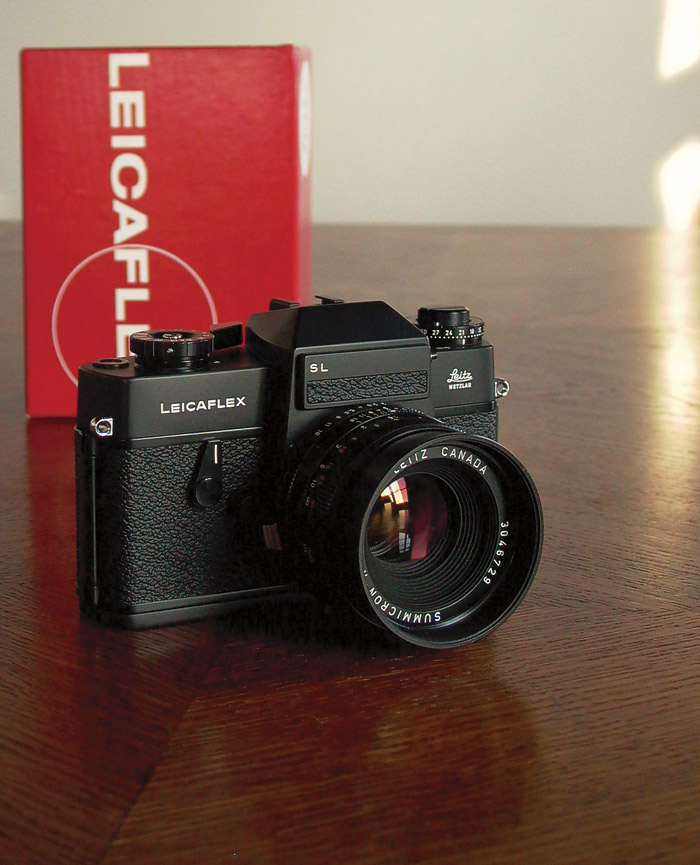
My Leicaflex SL from 1973 which I bought as new in 2005 in the box after it had been lying around in a German photo store for 32 years, never opened. Here with the Leica 50mm Summicron-R f/2.0
Fast forward to the digital age with dSLR cameras (digital SLR cameras, hence the dSLR). After trying to keep the pace with the SLR market for 30 years, then came digital cameras. The first Nikon/Kodak dSLR cameras in the end of the 1991 had a 1MP sensor (and a Digital Storage Unit the size of a camera bag) which was not exactly a threat to the Leica film quality.
As late as 2002-03, Leica management officially stated that film was still superior and implied that by continuing to offer only film solutions the world of photography would come to their senses sooner or later and realize it too.Leica did not see a need to go digital.
But that changed, and in 2006 Leica finally came up with the digital solution for their Leica R8 and Leica R9 cameras: An interchangeable digital back. In a few seconds one could take off the film back of the Leica R8 or Leica R9 and mount a digital back on the camera. Voila, 10MP CCD sensor made with the world's leading sensor company Kodak and the worlds leading scanner company, Imacon. The Leica DMR Digital Module R.
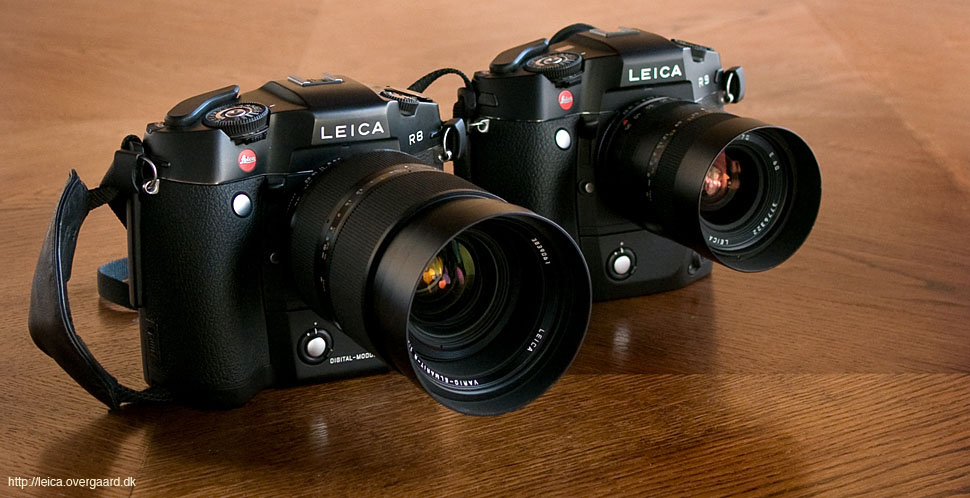
The Leica DMR was shaped to the Leica R9 almost as the R Motor. Left: Leica R8 with DMR digital back and Leica 35-70mm Vario-Elmarit-R ASPH f/2.8 and right: Leica R9 w/motor and film back, with Leica 35-70mm Vario-Elmar-R ASPH f/4.0
However, the joy was shortlived. A couple of years after the introduction, Imacon in Copenhagen was sold to Hasselblad in Sweden who wanted the unique Imacon knowledge deployed in the digital Hasselblad units.
That put a stop to the further production of the Leica DMR digital back. Rumor has it that the owner of Leica Camera AG, Dr. Andreas Kaufmann had wanted to buy Hasselblad, and if so, it is likely that the owner of Hasselblad didn't want to share Imacon knowledge with Leica. In any case, the Leica DMR digital back was history (and Leica Camera AG and Andreas Kaufmann eventually went on with developing the Leica S medium format system, competing with Hasselblad).
By the end of 2009 there had been produced 3,000 units of the Leica DMR Digital Module R and now Leica Camera AG was unexpectedly without a digital R camera!
The obvious answer would be to develop a Leica R10 dSLR camera that was fully digital like the competitors. But Leica instead of announcing a Leica R10, Leica announced that they would stop production of Leica R lenses.
Almost in the same breath they presented the Leica M9 as a surprise on September 9, 2009 at 9.09 AM in New York, and promised that Leica Camera AG would produce "some solution" for Leica R lens owners. A camera that they could mount their precious lenses on, without stating if it would be a pocket camera, a medium format camera, and certainly not that it would one day fit on a Leica M digital rangefinder.
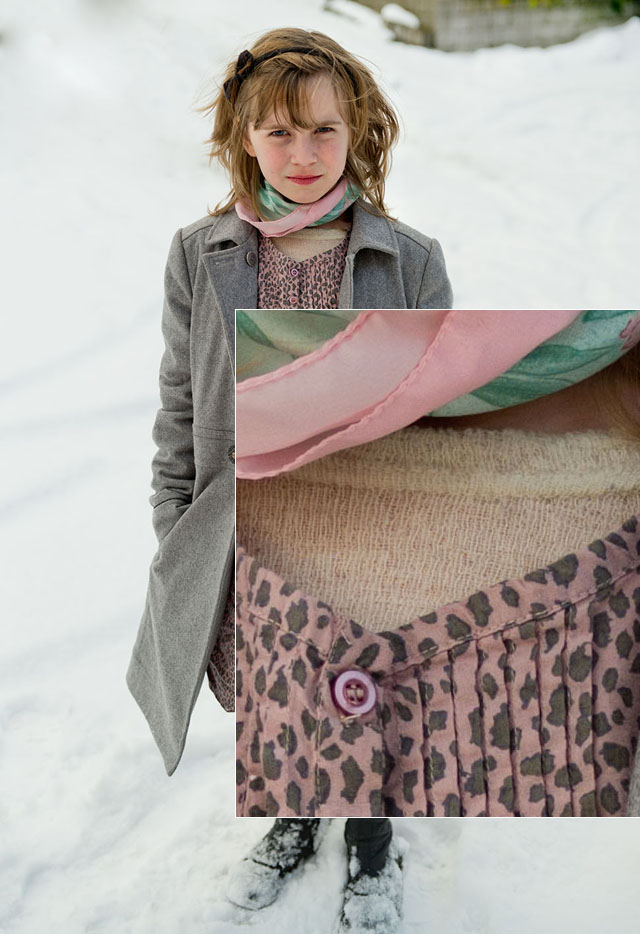
Lively details: Leica M 240 with Leica 35-70mm Vario-Elmarit-R ASPH f/2.8, also referred to as the worlds best zoom lens.
The early Leica M solution for R lenses
| |
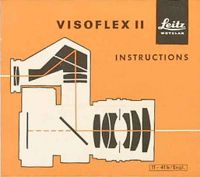 |
| |
Leica Visioflex |
| |
|
It should be mentioned that the urge to cover the gap between the Leica M rangefinder and the SLR cameras is not new. Leica devised the Leitz Visoflex system for the Leica M as early as the 40's, a mechanism between the Leica M and Visoflex lenses so that one added a mirror - just like SLR cameras - to the Leica M. Thus one could see through the lens, and that was helpful when doing macro with the 60mm Visoflex macro lenses, or tele photography with the Visoflex range of tele lenses from 200mm to 560mm.
Leica may have refined the 1924 Graflex 4x5" camera for glass plates that used a mirror, and inspired the 1949 Zeiss Ikon VEB Contax S and other SLR cameras. Who knows?
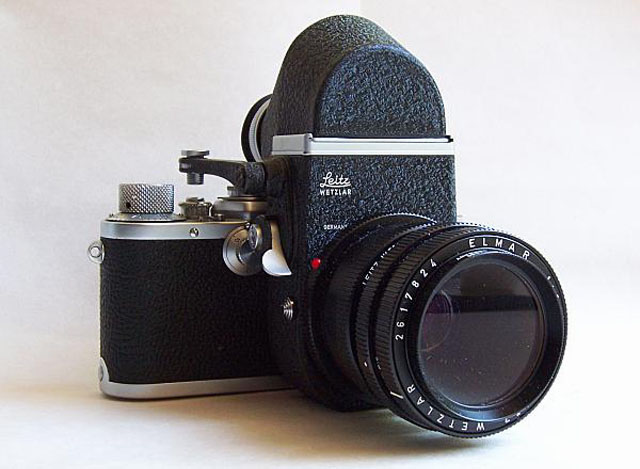
The Leitz Visoflex add-on that made it possible to look through the lens via a mirror. A mechanical edition of todays digital viewfinder, the EVF-2. The Visoflex also works on Leica M9 and Leica M Monochrom, though a little bulky.
It would be wrong to say that the Visoflex solved all Leica Camera AGs problems with the flood of SLR cameras. But it did work very well for those relatively few Leica M rangefinder users who adopted the system.
What is interesting to see is that the EVF-2 has a design reference back to the Visoflex.

Denmark. Leica M240 with Leica 80mm Summilux-R f/1.4
Leica M as a modular system camera
The solution was the Leica M 240 that, thanks to Live View and the EVF-2, enables it to take Leica R lenses. On top of that it also takes Nikkor/Nikon, Canon, Hasselblad and many other lenses.
What enables this is the CMOS sensor that allows Live View, which means that the shutter curtain is up all the time (when in Live View mode), and thus one can see the image that the lens projects onto the sensor 'live' on the screen on the back of the camera or in the EVF-2 electronic viewfinder. No need for mirrors.
For the first time since 2009 Leica R lens owners have a Leica digital body to mount their R lenses on. In the meantime one could buy a R-to-Canon adapter and mount the R lenses on a Canon, or get the lenses' bayonet mount changed to Nikon so as to use them on a Nikon dSLR. But none of that is the same as mounting a Leica R lens on a Leica body, Leica R owners kept reminding Leica Camera AG at any given chance.

Reading Dan Brown. Leica M Type 240 with Leica 35-70mm Vario-Elmarit-R ASPH f/2.8 (which also has macro)
It would be wrong to say that the Leica M Type 240 with R lenses is a serious attempt to make a dSLR camera that will compete with Nikon and Canon. First off, Leica does not offer any new R lenses; the users have to have them or buy second-hand lenses. And compared to the handling of the dSLR cameras on the market today, the Leica M Type 240 with R-lenses is more for curiosity and artistic work in the studio, or macro photography in the garden. It is not likely that very many will take the Leica M 240 with R lenses to the Winter Olympic Games to shoot reportage for a week.
The Leica M with Leica M lenses is a better competition to dSLR cameras than the Leica M with R lenses.
The modular system of the Leica M offers some additional features for the traditional Leica M shooter. As well as a Leica M to the macro or telephotographer who chooses the Leica M Type 240 for that purpose.
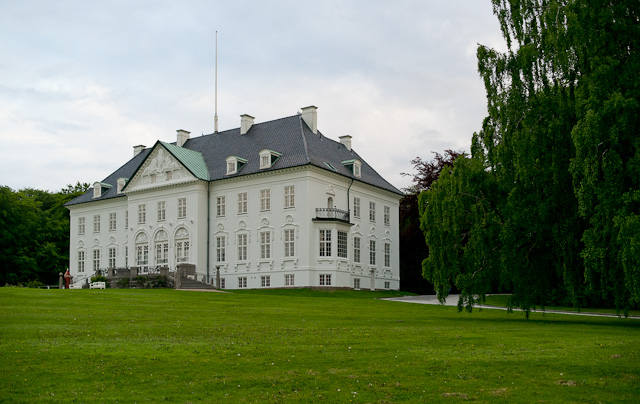
The Marselisborg Royal Palace in Aarhus, May 2013. Leica M Type 240 with Leica 35-70mm Vario-Elmarit-R ASPH f/2.8 at 1000 ISO.
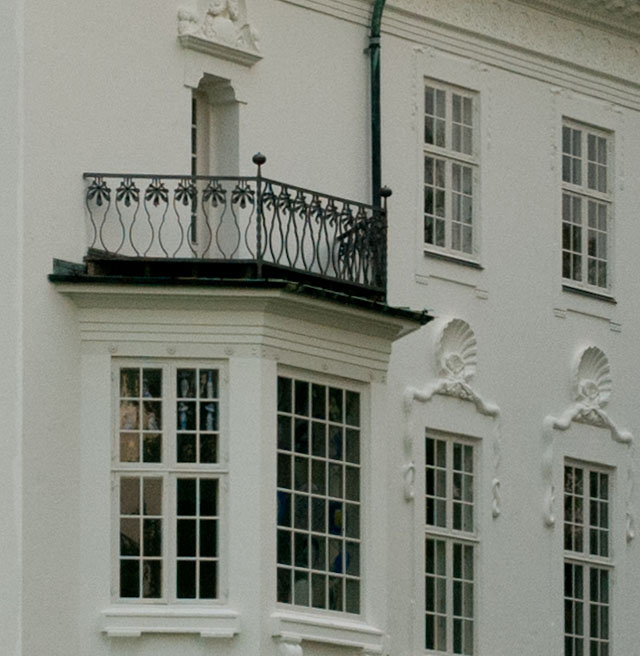
100% crop of the photo above of The Marselisborg Royal Palace in Aarhus. Leica M Type 240 with Leica 35-70mm Vario-Elmarit-R ASPH f/2.8 at 1000 ISO.
Leica R lenses on the Leica M
The old R lenses still exist and have a large fan base. I still have my 10MP Leica DMR digital back that was developed by Leica, Kodak and Imacon and of which only 3,000 were made
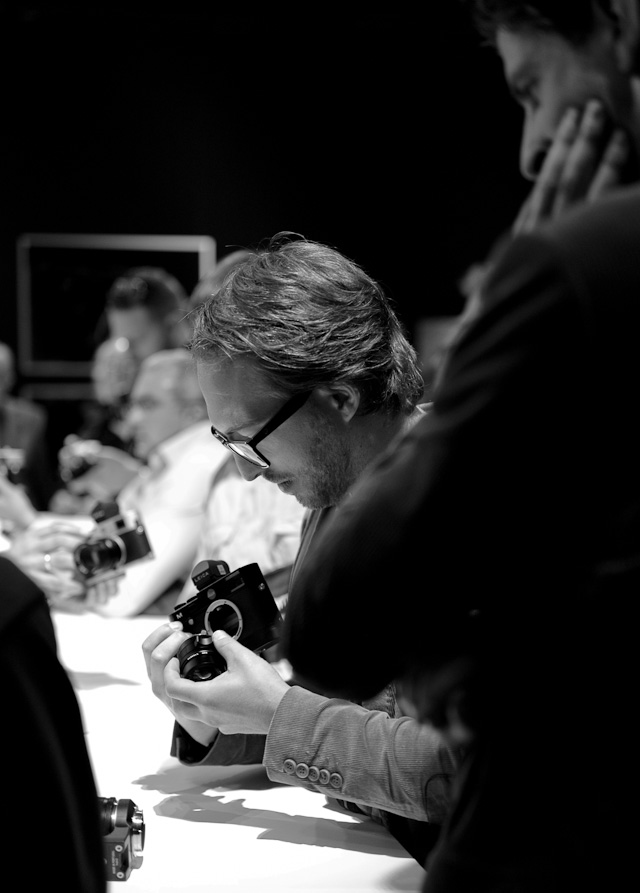
Testing the Leica M with R lenses at Photokina, September 18th, 2012. Many may have percieved the Leica M240 to be a complicated camera.
A compact dSLR
Truth of the matter is that Leica M is still a M camera in it's feel and soul. It just so happens that you can turn it into an extremely compact (mirrorless) dSLR-type camera if you add the handgrip and M-to-R adapter.
Or a compact Leica M
If you have no intention of adding handgrip and R lenses, the Leica M is still the Leica M in all its simplicity. I think a lot of people missed that fact after having seen all the images and videos from Photokina 2012 of people holding the Leica M fitted with a Leica 28-90mm Vario-Elmarit-R f/2.8 zoom (which has since gone up in price so it has reached $ 8,000+ on eBay!).
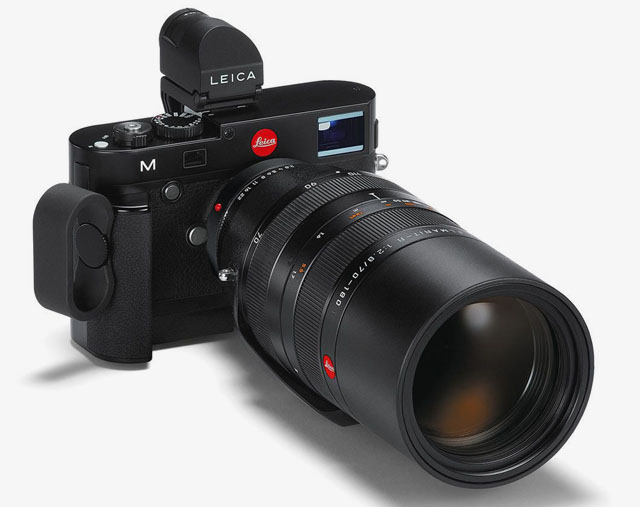
A compact dSLR: Truth of the matter is that Leica M is still a M camera in it's feel and soul. It just so happens that you can turn it into an extremely compact (mirrorless) dSLR-type camera if you add the handgrip and M-to-R adapter. (Above the Leica M 240 with studio Leica Multifunctional Handgrip attached (GPS and several connections for flash control), the Leica R to M lens adapter (and a Leica 70-180mm Vario-Elmarit-R f/2.8 lens), as well as the EVF-2 (Electronic ViewFinder). Not bad, actually ...
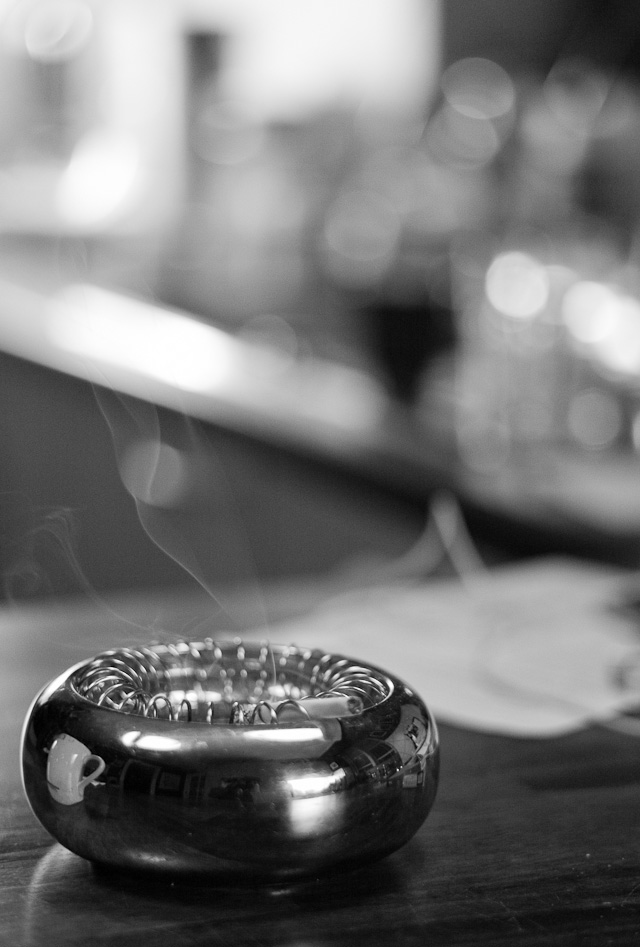
Leica M240 with Leica 80mm Summilux-R f/1.4
New M body built to hold heavy lenses
The body of the Leica M Type 240 is in many ways the same as it always was, but redesigned with a new body that is not assembled. Basically one piece of metal with a top section attached. The bayonet section is a metal plate slid down and mounted to the body on the front.
Its top and base plates are machined from solid brass, and its full-metal body is manufactured in one piece from high-strength magnesium alloy. Rubber seals protect the camera body against dust and water spray. The glass covering plate of its monitor screen is manufactured from scratch-resistant Corning® Gorilla® glass.
This so that the camera can hold heavy R lenses. The bottom of the camera is one piece, but with the bottom plate added as an outside protection of the SD slot and battery slot. The tripod is attached to the bottom of the camera body itself, not the bottom plate. This to make sure the camera is sturdy and stays on the tripod, no matter how large a R lens you mount.
All in all, very much like the MacBook Pro made out of one piece of metal and not screwed together of many parts.
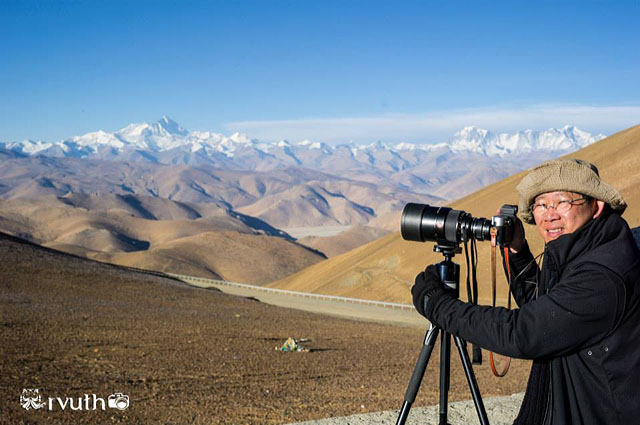
Leica M 240 with Leica 180mm Summicron-R f/2.0 tele lens and Leica APO-Extender 2X. Photo by: Arvuth Areethamsirikul.
What You See Is What You Get
WYSIWYG is a new term with Leica M 240. One of the strong points of the Leica M as an artistic tool has always been that you as the photographer envisioning your photo and using the Leica M to get it. You could never know - or see in the viewfinder - exactly what you would be getting. You had the vision and had to try your best.
With the Live View and EVF-2 electronic viewfinder you suddenly see what you get in terms of exposure, focus, dept of field and all. And that opens up for the use of factually any piece of equipment you can find ways to attach to the Leica M Type 240.
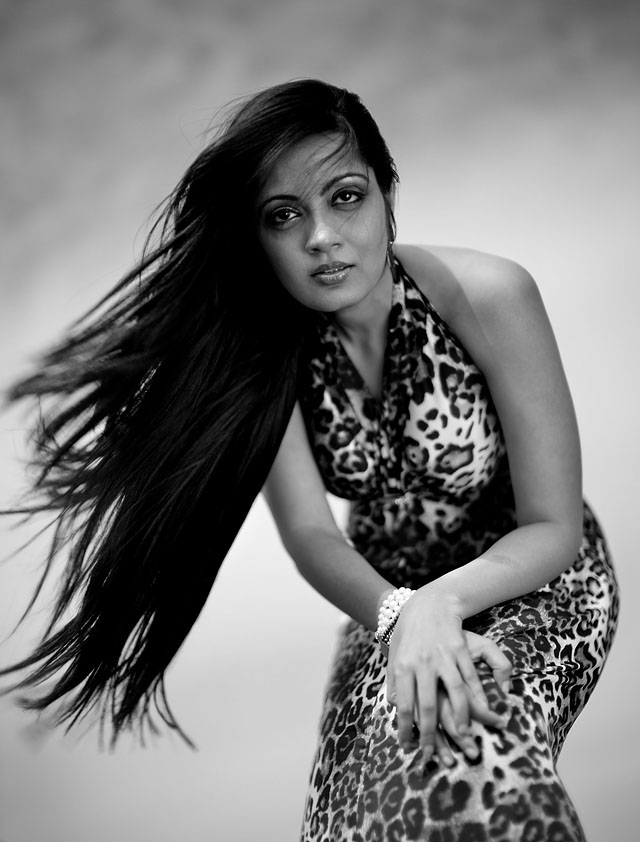
Indian actress, Miss Kolkata and Miss Universe India in 2010, Sheena Chohan. Leica M Type 240 with Leica 50mm Noctilux-M ASPH f/0.95. Copenhagen, June 2013. © 2013 Thorsten Overgaard.
The APO-Extender for 2x or 1.4x more tele
Leica Camera AG made a 2x Extender and a 1.4x extender, and then later the 2x APO-Extender and 1.4X APO-Extender.
It's a rather small addition betwen the body and lens that will increase for exampel a 400mm tele lens to 800mm (2x APO-Extender) and reduce the aperture with 2 stops. They are mostly for 180mm or greater tele lenses but will work also on smaller lenses.
The first versions (non-APO) was terrible quality with blurred images and fringing, but the APO-Extender is a piece of art and generally sell for $500 or so on eBay.
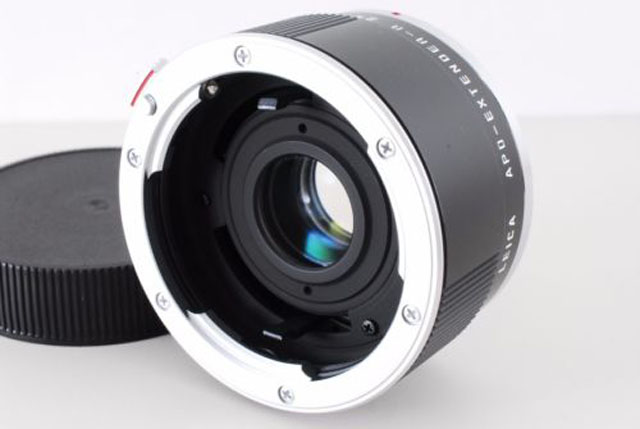
Leica APO-Extender 2x.
The "new" macro possibiliyt with the Leitz OUFRO
Here is one thing you want to get if you have the Leica M 240 or plan to get one. The OUFRO macro ring. It basically does the same for any lens as the Leica 90mm Macro-Elmarit-M f/4.0 Macro kit does ($ 4,000 for the kit including all parts), except that with Live View you do not need the goggles and the coupled focusing device the 90mm f/4 Macro kit comes with.
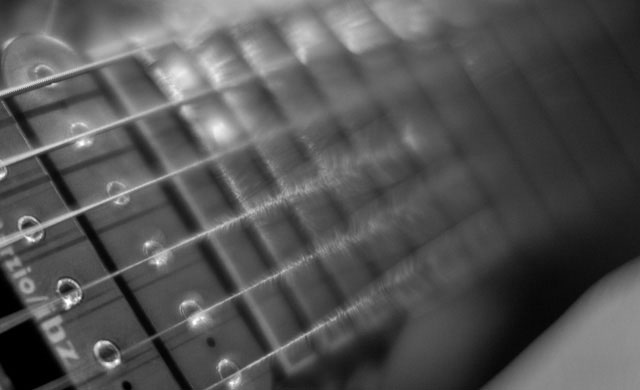
Leica M 240 with Leica 90mm APO-Summicron-M ASPH f/2.0 and the OUFRO adapter for macro. I also used this kit for video as you can see on Vimeo.
Price of the OUFRO is $100 to $200 (or more as it becomes rare) from any camera store that has old stuff, or from eBay. As was produced from 1959 to 1983 it is not available as new stock, and stock won't be enough to supply every Leica M240.
On page 36 of this article you can see a video where we used the OUFRO macro ring with the Leica 90mm APO-Summicron-M ASPH f/2.0.
The OUFRO can be stacked. The more of them you stack, the closer you get.
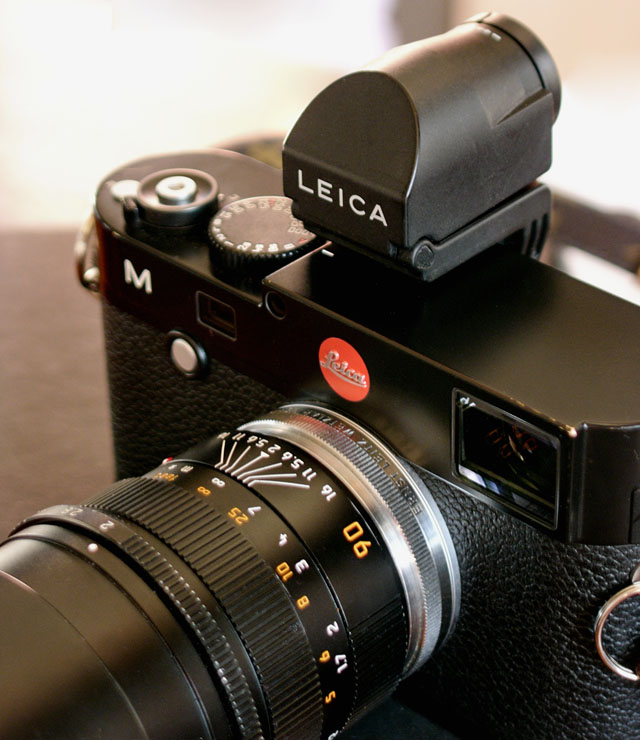
OUFRO on the Leica M Type 240 for macro. OUFRO is an original Leitz Extension Ring (produced 1959-1983 as part no. 16469Y and part no. 16469). OUFRO can even be stacked for greater magnification and will work on the Leica M Type 240 as macro for all lenses, including the Noctilux, 90mm APO-Summicron-M ASPH f/2.0 (as shown on this picture) and even 21mm lenses.
The original (vintage) Leica R bellows
With some luck you can also find the original Leica bellows for the R system for $500 to $1,500 on eBay and elsewhere. For 1:18 macro photography, also the Leica PHOTAR lenses and Leica PHOTAR-Adaptar-R is worth a study (Model No 14 259).
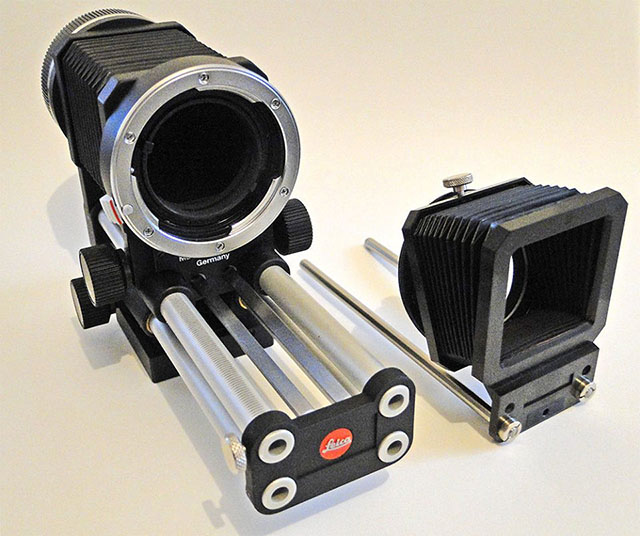
The Leica RB2 bellows for the Leica R system (Model No 16 880) that will work with the Leica R lenses in front and the Leica R in the back, or the Leica M 240 with the use of the Leica R-to-M adapter. What can't be seen in this image (the sign under the bayonet that says "Germany" is that the original Leica bellows was actually produced by Novoflex in Germany. The bellows (here shown with the attachment next to it for photographing slides) is usually 300-600 Euro on eBay and at dealers. Photo: Jose Antonio Salcedo
Macro Photography with the Leica M 240 and Leica R bellows
| |
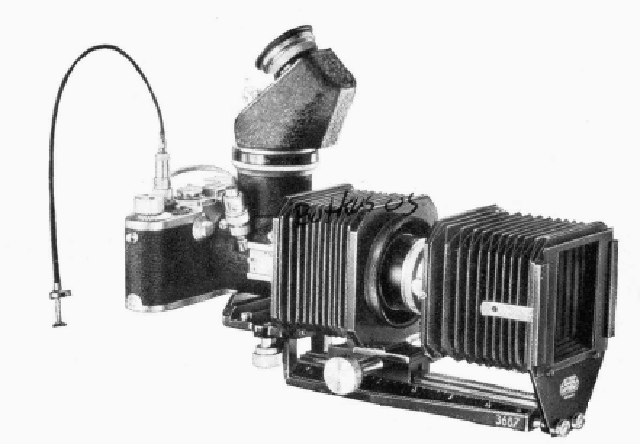 |
| |
The Leitz Universal Focusing Bellows for screw mount cameras can also be added to the M 240 via a screw-mount-to-M-bayonet adapter, but do use the Visioflex housing as they will cover the bayonet release and never come off again! Download manual. |
| |
|
I recently got the Leica R bellows (No 16 880) for something like € 320 and was of course quite curious to see how they would work.
Macro is like opening the door to an entirely new world of small things and details you don't notice with the eye. But bellows is taking it one step futher, to the tiniest details.
The bellows are for the Leica R system, so one has to use the Leica R-to-M adapter to attach them to the Leica M 240. And then any Leica R lenses will sit on the front.
It is not a higly portable equipment, so one could also look for some of the older Visoflex bellow sets as the one illustrated to the right. Or the 2014 model Novoflex further below on this page. Novoflex used to make the Leica R bellows, so apart from the missing red dot, they are nice too.
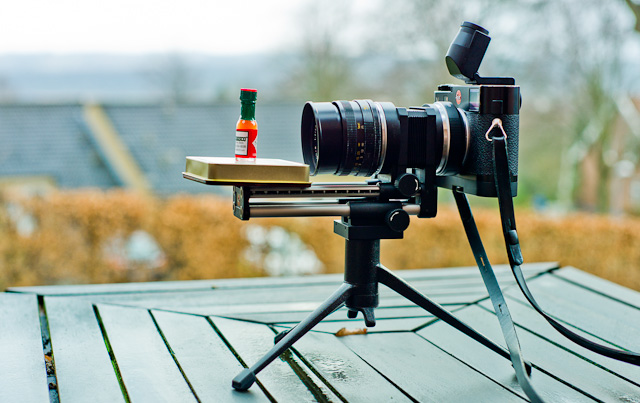
The Leica M 240 with Leica R-to-M adapter and Leica R bellows (Model No. 16 880) and Leica 50mm Summicron-R f/2.0. On a Leica Table Tripod.
The enlargment is quite impressive, so I had to dig out a miniature Tabasco bottle I had saved for this macro moment, just to learn that even a tiny bottle like that won't fit inside the frame of this macro kit.
The Leica M 240 seemed a little confused as to the preview of exposure, but eventually got it right. I can't quite figure out what the reason for the confusion could be, but eventually they got along without further explanation.

This was how much bottle I could fit inside the frame. Thank God it only takes a little dip of Tabasco to feel the effect! Leica M240 with Leica R bellows attached via the Leica R-to-M adapter, and the Leica 50mm Summicron-R f/2.0 @ f/8.0
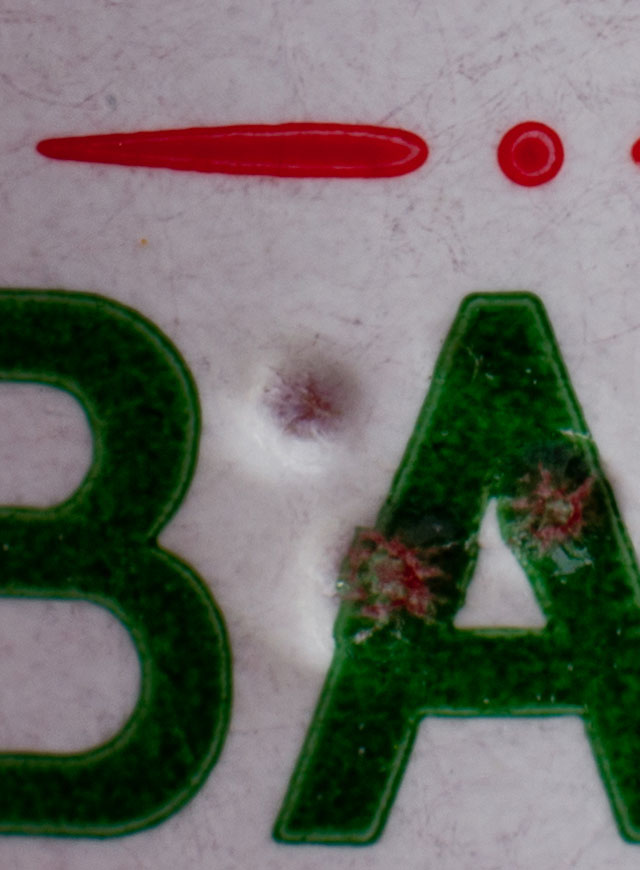
A 100% crop of the image of the small Tabasco bottle.
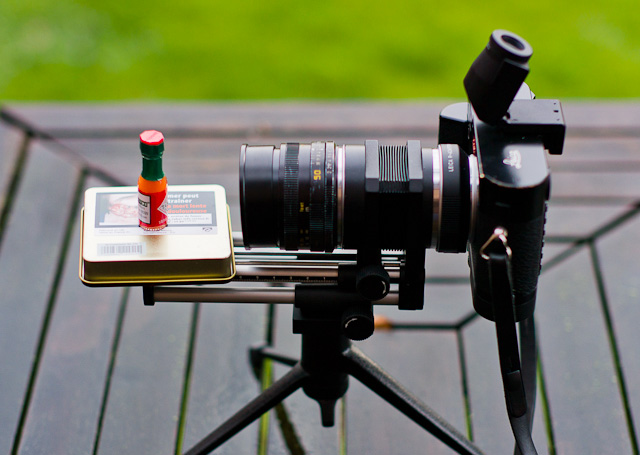
As can be seen here, the bellows are hardly in use though the lens is quite a distance from the body. The distance can be approximately double from the sensor of what it is here. The Leica M 240 with Leica R-to-M adapter, Leica R bellows (Model No. 16 880) and Leica 50mm Summicron-R f/2.0. On a Leica tripod.
Getting closer with the Leica M 240 and Leitz R bellows
My next experiment was the nib of a pen. The complications of staging macro photos so you get the light, the angle and all is boggeling. But for this test I found the macro unit itself to be useful to put things on or - as here - attach a Mont Blanc pen.
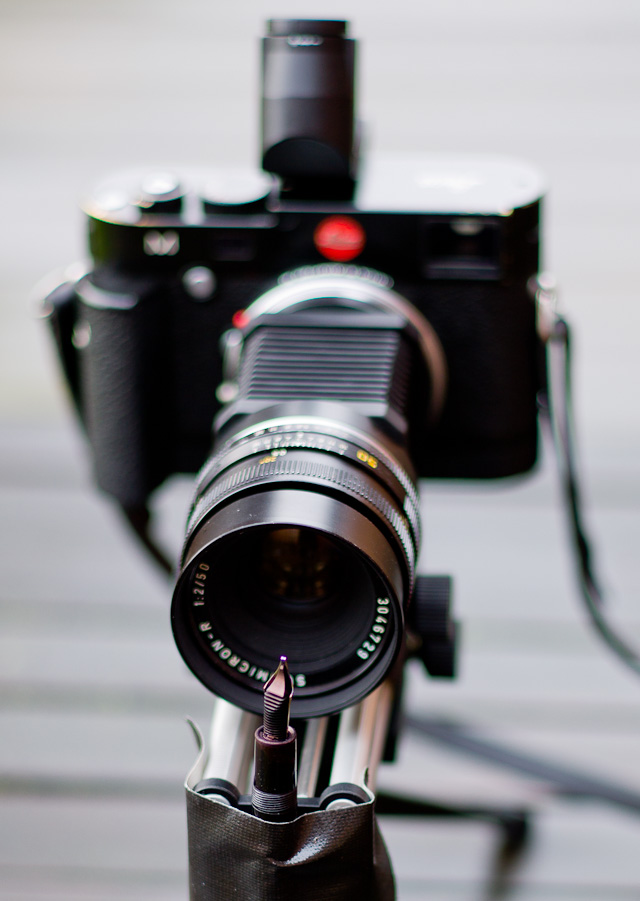
My next experiment: A fountain pen nib. As can be seen I expanded the bellows a bit more than the previous Tabasco shot so as to get closer to the nib.
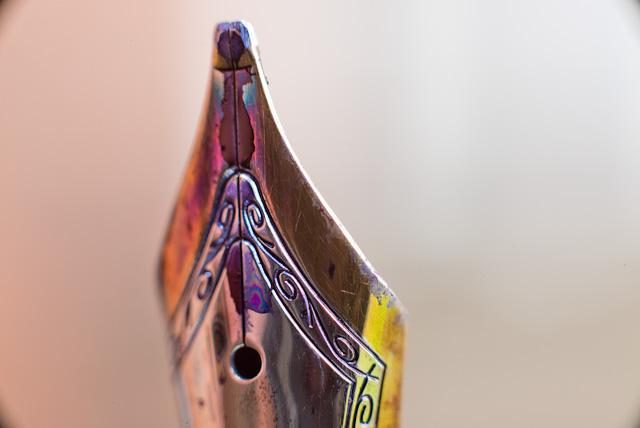
The full frame from the nib, taken with the Leica M240 with Leica R bellows attached, and the Leica 50mm Summicron-R f/2.0 @ f/8.0. The further one gets (the longer stretched the bellows are), the larger the enlargment becomes.
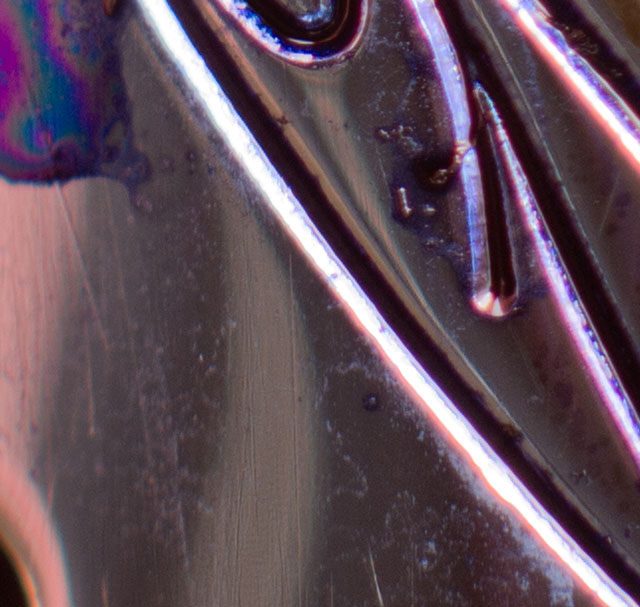
100% crop of the macro photo above of my Mont Blanc nib.
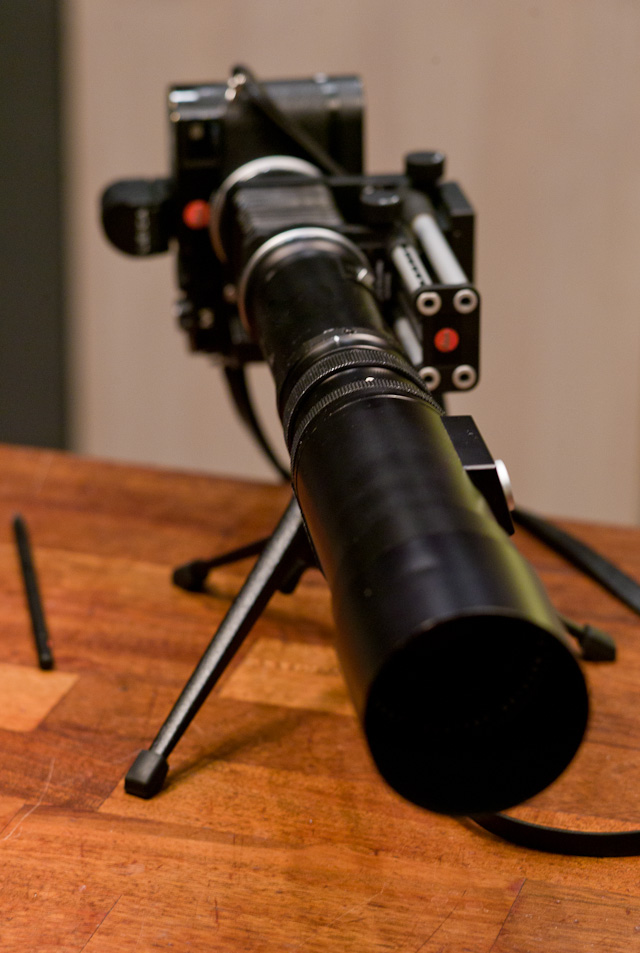
Now, doesn't that look impressive! Leica M 240 with the Leica 400mm Telyt-R f/6.8 attached via the Leica R bellows and the Leica R-to-M adapter.
400mm macro photography is the new black..!
Ok, so listen. Before you get onto eBay to buy those Leica R bellows, you need to complete your shopping list with a Leica 400mm Telyt-R f/6.8 (or perhaps the Leica 800mm Telyt R).

Macro photography in Bali, March 2014. Leica M 240 with Leica 400mm Telyt-R f/6.8 on Leica R bellow, using the Leica R-to-M adapter.
It may come as a surprise, that when you use wider lenses as macro, you need to get really close to do macro. Hence, small tele lenses like 90mm and 100mm are good, and perhaps a 400mm is just what you want.
I did a little experiement in my kitchen with the Leica 400mm Telyt-R f/6.8. It is an outstanding tele lens, light-weight and made in an incredible brilliant simple design. As you can read in my 400mm Telyt article, this lens is basically two two black aluminium tubes screwed together intoto one long, with one lens element in the front (which you can actually unscrew for easier cleaning on both sides of the lens). They sell for $500 in stores and eBay.
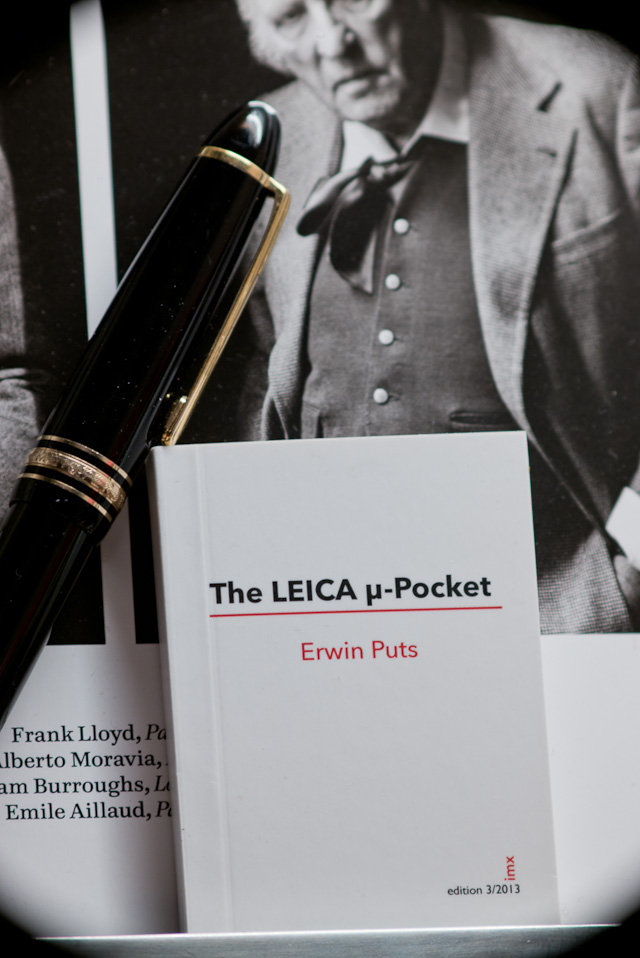
My test photo of Erwin Puts' "The Leica µ-pocket" (µ means "micro") and the Mont Blanc pen, with the June Newton book "Alice Springs: Portraits" as background. Leica M 240 with the Leica 400mm Telyt-R f/6.8 @ f/6.8, attached via the Leica R bellows and the Leica R-to-M adapter.
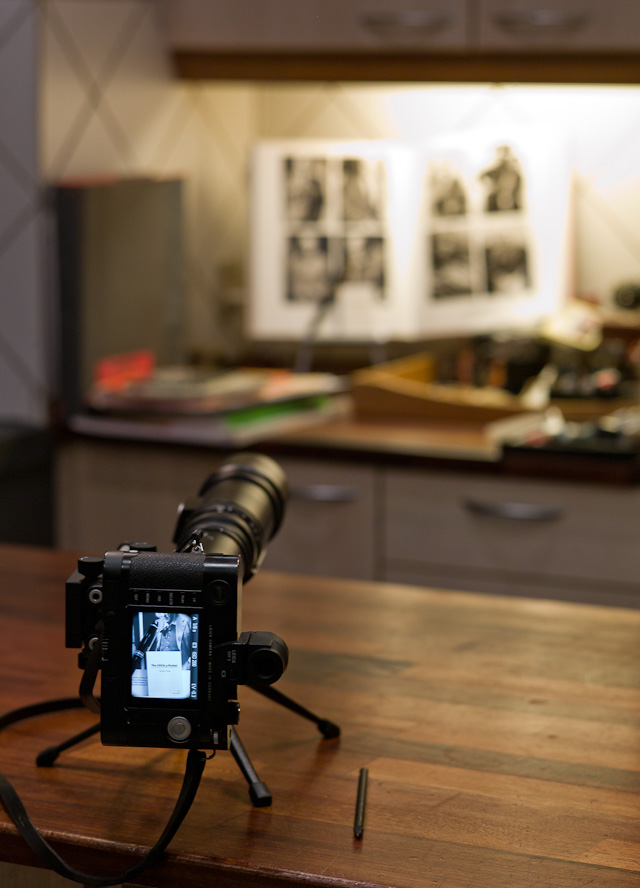
Leica M 240 with the Leica 400mm Telyt-R f/6.8 attached via the Leica R bellows and the Leica R-to-M adapter. The distance from camera back to the subjec is approximately 5 feet here (150 cm).
Distance to the subject - space to work
As you can see, the distance to the subject is quite perfect for flowers where you wait for a hummingbird to come by, or it simply gives a lot more freedom and space to work with. Rememeber, the control og light and reflections are microscopic, so you easily get claustrophobia trying to adjust small things in a small scenery. Iit is nice to have the possibility to move between camera and subject.
New 2014 Novoflex bellows for the Leica M 240
(with Leica M or Leica R lenses)
In February 2014 Novoflex introduced bellows for macro photography, as well as bellows for tilt/shift macro photography for the Leica R and Leica M system. The combinations are many, so one can use a Leica M 240 with Leica R lenses, or with Leica M lenses.
Novoflex BALPRO-series:
LEMA + APRO for the M240-camera body
PROLEI + LEI-M for M-type lenses
PROLEI + LEI-F for R-type lenses
Novoflex CASTBAL-bellows attachment unit:
LEMA + AUNI for the M240-camera body
UNILEI + LEI-M for M-type lenses
UNILEI + LEI-F for R-type lenses
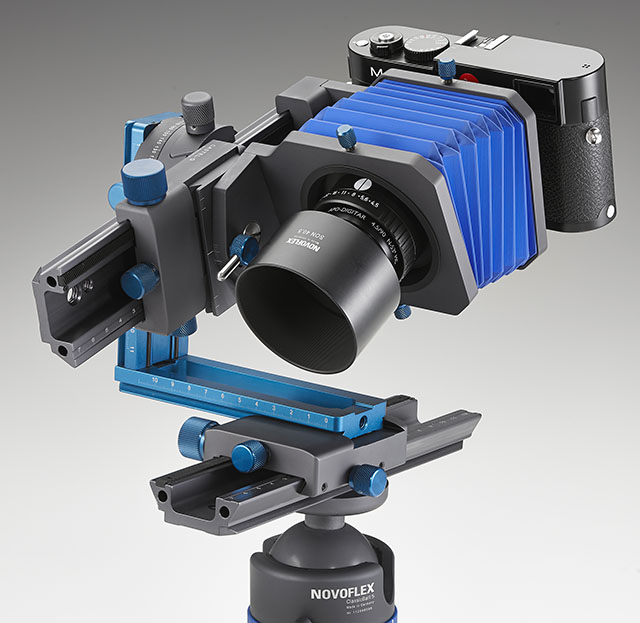
Leica M 240 with Novoflex CASTBAL Tilt/Shift HF LEM
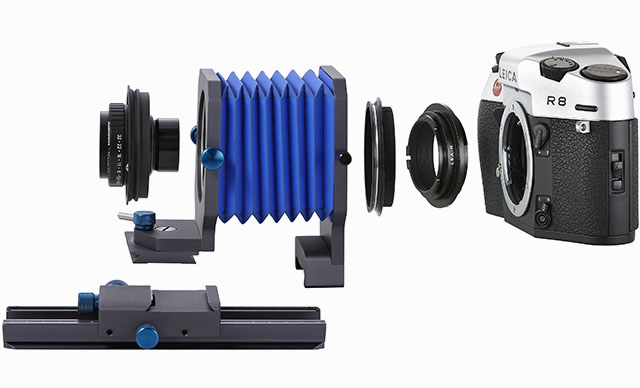
Leica R8 with Novoflex CASTBAL Tilt/Shift SYS 90er

Denmark. Leica M240 with Leica 80mm Summilux-R f/1.4
The hunt for the special look
If you like to tweak cameras a bit, and some do, you can obviously start messing around with R lenses on the Leica M.
What is to be gained will be a special look that, due to the fact that R lenses are limited now, will be rather exclusive. And a special look is what you often are looking for. So many photographers spend days trying to make a perfect Leica S2 or Hasselblad or Canon image into a picture that looks like it was made on film in the 70's. With a Leica R lens you can sometimes do the same, simply by using it.
Actually, the same is the case for many of the older Leica M lenses from the 50's, 60's and 70's. Even older Leica screw-mount lenses from the 30's and 40's can be fitted to the Leica M, Leica M9, Leica M-E and Leica M Monochrom via a simple adapter and will create a look of something quite different than what todays lenses will produce (usually very detailed and rather sharp, yet a different handling of light, and much less contrast).

Berlin, May 2013. Leica M Type 240 with Leica 80mm Summilux-R f/1.4 at f/1.4, 200 ISO.

A 100% crop of the above photo from Berlin, May 2013. Leica M Type 240 with Leica 80mm Summilux-R f/1.4 at f/1.4, 200 ISO.
The 80mm Noctilux..?
The Leica 80mm Summilux-R f/1.4 is the crown jewel of R lenses in my opinion. It was the one I used the most on both Leicaflex film cameras when I shot slide film, and also my preferred lens on the Leica R9 with the DMR digital back. Today the 80mm Summilux-R f/1.4 is available for around $2,000, give or take.
It has a very special look. The narrow field of sharpness in a 80mm f/1.4 is very similar to the narrow field of sharpness in a 50mm f/0.95.
In terms of how they treat colors or light, especially if you shoot against the light source, is very different. The new lenses as the Leica 50mm Noctilux-M ASPH f/0.95 has very strong control of micro details, including high contrast in micro details. The 80mm Summilux has the softer look of the 70's and - as can be seen on the above 100% crop - a sort of halo effect in the micro details.
Size-wise the two lenses look very similar in size on the Leica M240.
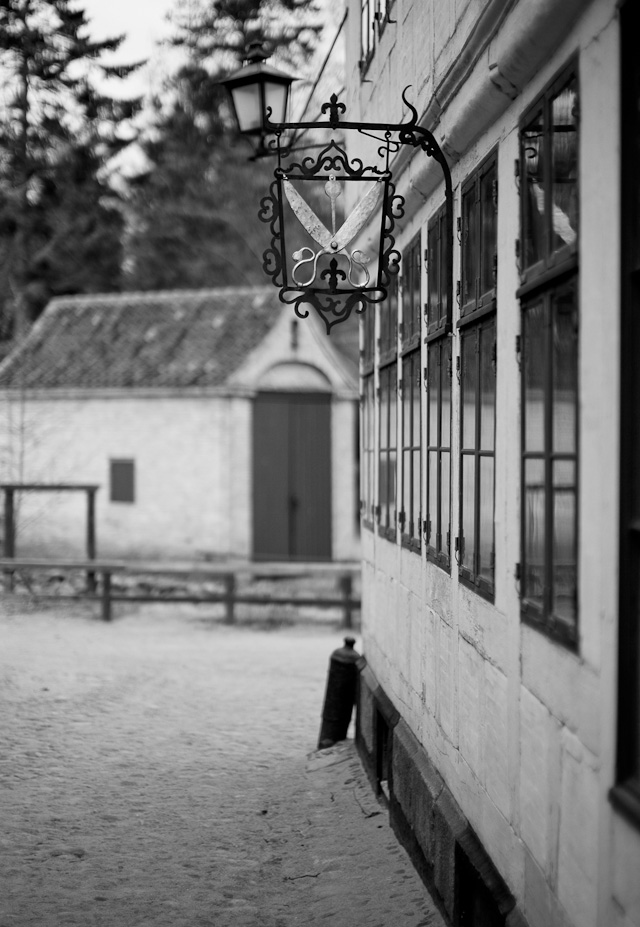
Leica 50mm Noctilux-M ASPH f/0.95 on Leica M240
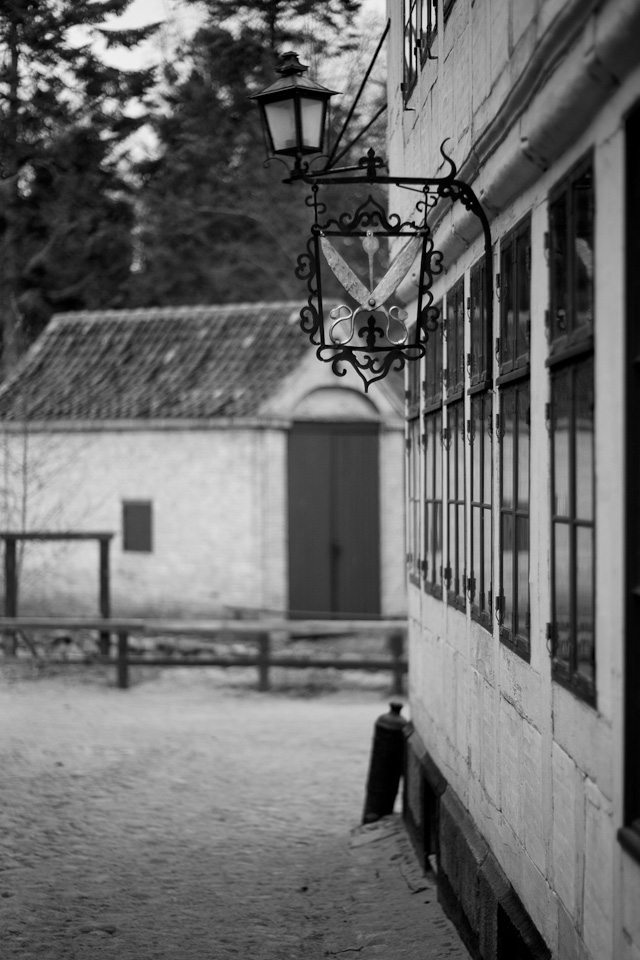
Leica 80mm Summilux-R f/1.4 on Leica M240.
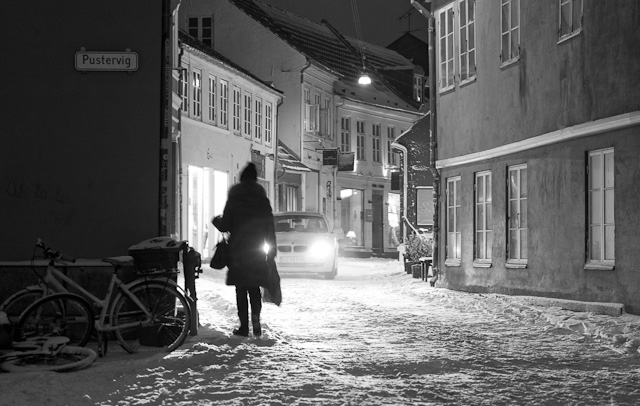
Denmark. Leica M240 with Leica 80mm Summilux-R f/1.4
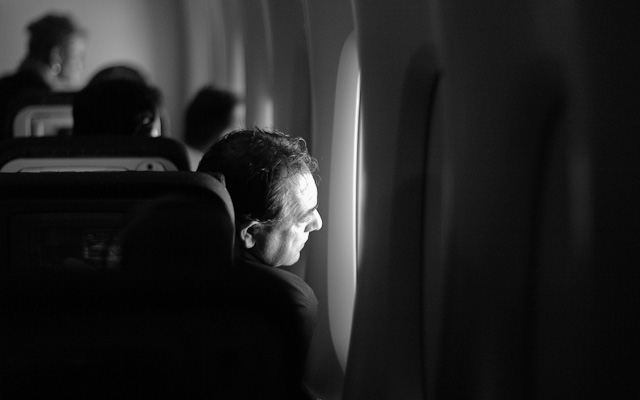
Leica M240 with Leica 80mm Summilux-R f/1.4
Anything you can attach, you can use ...
It will take some hours or days to update yourself, as a Leica M user, to the fact that anything you can attach to the Leica M 240 will work with it. Thanks to the EVF-2 electronic viewfinder you can focus any lens, focus using any form of tube, bell device (super-macro). It is so unusual an idea that ... it will take you a while to get it. I will encourage you to experiement, and do so before everybody else. Because a lot of the really odd stuff that might fit on the Leica M 240 will not be available in large numbers.

Alejandro Tawil seen through a Leica 50mm Noctilux-M ASPH f/0.95 and an ashtray (hence the flare).
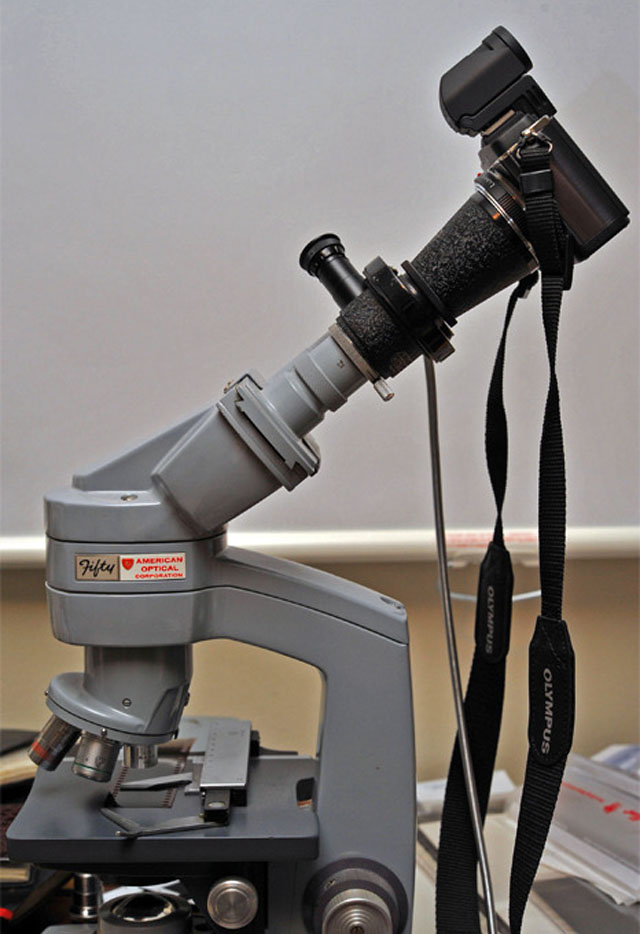
The Leitz Micro-Ibso Photomicrography Attachment MIKAS-M can be found from anywhere from $89 to $700 and is an attachment with M bayonet that allow you to photograph through medical microscopes like B&L, AO, Leitz, etc. that use a standard eyepiece size of 23.2 mm (0.913"). In case you wondered.
Tilt-shift with Leica 28mm PC-Super-Angulon-R f/2.8 on the Leica M Type 240
One of the things you can do is to get the 28mm PC tilt-shift Leica R lens and get straight lines on architeture and skyscrapers with the 28mm PC on the Leica M 240. Prices currently are $1,500 - $2,000 for this lens.
The lens is made by Schneider to Leica specifications. There is no real review of this lens, but users seem to agree that it is best at f/8 to f/11 but can be opened up to good effect. For example using the tilt shift to eliminate foreground in landscape.
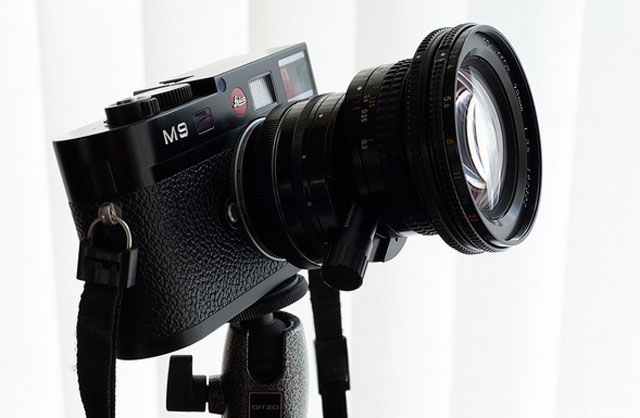 A Leica M9 with the Nikkor 28mm tilt-shift lens. The Leica tilt-shift lens is about the same size. On the Leica M9 it does not make a lot of sense, but on the Leica M240 you can focus and tilt with the EVF-2 and preview exactly what you will be getting. Photo by Fleming. A Leica M9 with the Nikkor 28mm tilt-shift lens. The Leica tilt-shift lens is about the same size. On the Leica M9 it does not make a lot of sense, but on the Leica M240 you can focus and tilt with the EVF-2 and preview exactly what you will be getting. Photo by Fleming.
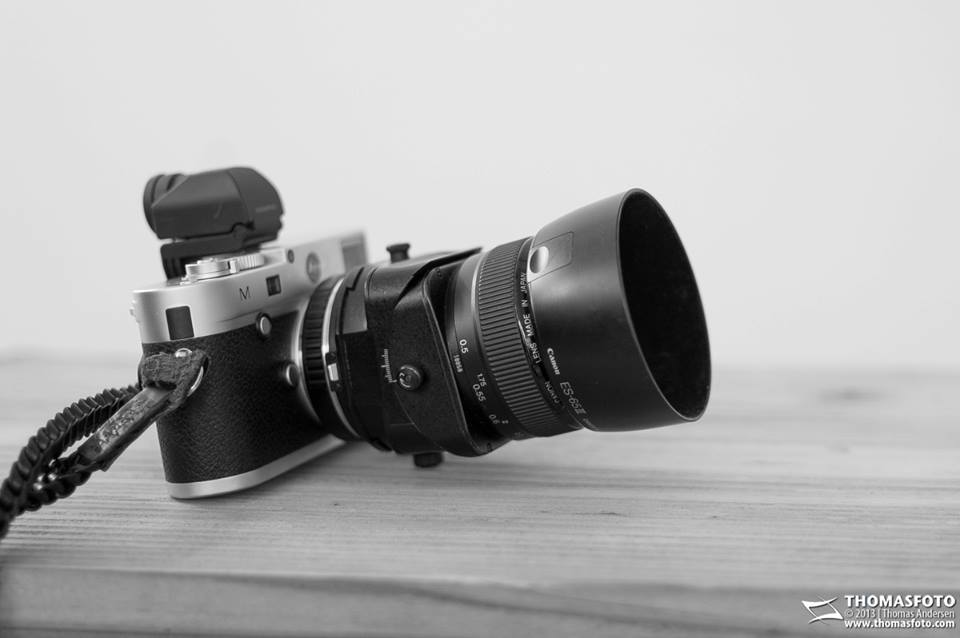
Canon TS-E 90mm f/2.8 on the Leica M Type 240. Photo by: Thomasfoto
Leica R lenses for video on Canon, Nikon, RED, etc
Leica R lenses have been used for a while on Canon and RED cameras with adapters. That is one reason the price started to rise already a couple of years ago on certain Leica R lenses (28-70mm f/2.8, 19mm f/2.8, 50mm f/1.4, 100mm f/2.8, 60mm Macro f/2.8 and so on).
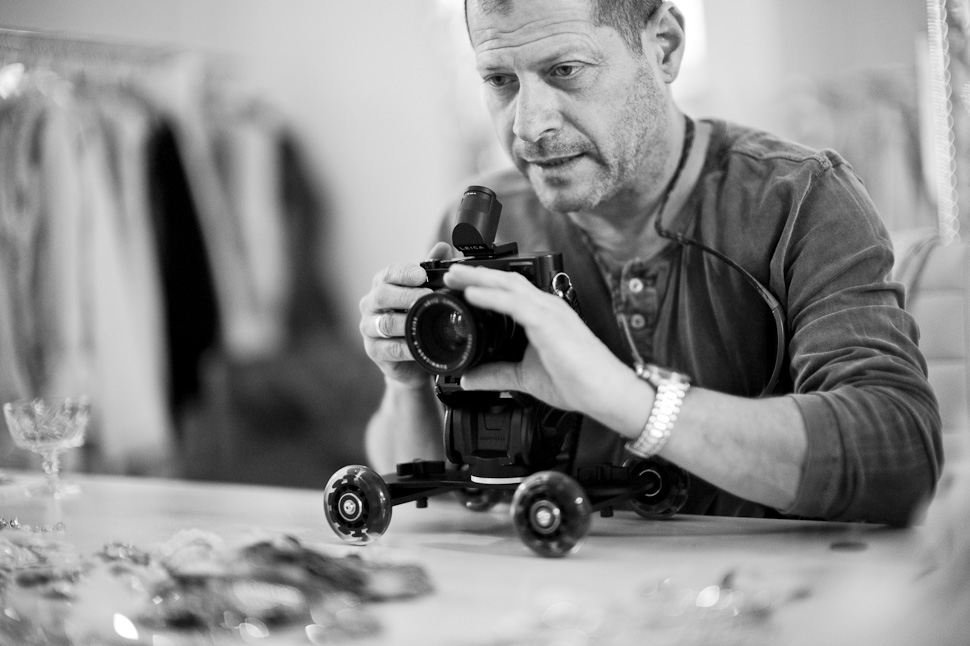
Johnnie Behiri working with the Leica M Type 240 on a Mini skater with Leica 50mm Summicron-R
f/2.0. See the videos on Page 36 of this article.
Even a simple and not very expensive Leica lens such as the Leica 35-70mm Vario-Elmarit-R ASPH f/4.0 is a high standard lens when it comes to video. It doesn't have a narrow sharpness at f/4.0, it's compact, extremely well built, aspherical and ... Leica glass!
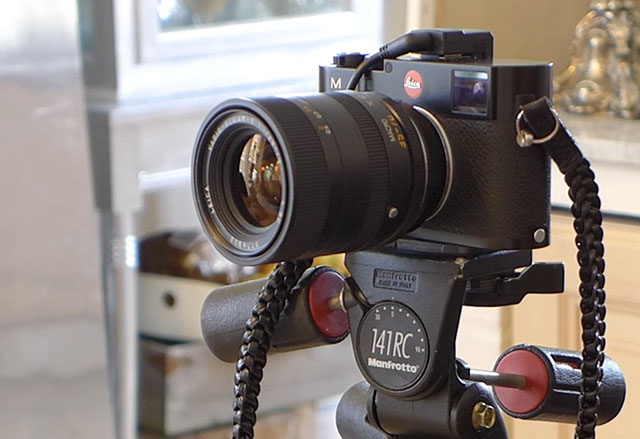
Leica M 240 with the most straight-forward solution for videographers, the the Leica 35-70mm Vario-Elmarit R ASPH f/4.0. The reason is that many videographers prefer a zoom so they can adjust the frame, and f/4.0 because it is much easier to maintain focus. Thankfully there are plenty of those lenses around, and the price is very reasonable ($750, give or take).

Breakfast in Berlin, September 2013. Leica M 240 with Leica 50mm Noctilux-M ASPH f/0.95.
Where to find second-hand Leica R lenses
eBay of course is an obvious place to find Leica R lenses. eBay is also the place where the prices will go to the highest possible (because it only takes one person with enough money to want it, to drive the price up).
Here are some of the pages I usually visit to find second-hand Leica equipment:
New World Camera in Italy
Meister Camera Berlin, Germany
Meister Camera Hamburg, Germany
Leica Shop, Vienna, Austria
Red Dot Cameras, London, UK
Adorama.com, USA
Popflash.com, USA
Camera Electronics, Perth, Australia
Photographers vs. collectors
One of the problems with the Leica R lenses is that they of course are in limited numbers. Some very limited, the rest just limited by the fact that they are not being produced anymore.
Few days after finishing this article, a Leica 35-70mm Vario-Elmarit-R f/2.8 ASPH MACRO was bid up above $30,000 on eBay, whilst at the same time two other samples were available for respectively $10,000 and $13,500. The least expensive was in fact the one in the condition.
This seem to be the same mechanism used to make artists look very popular and valuable by bidding their art up to high prices - done by are dealers via third parties. Also known as "bullshit art" which is art pieces that nobody - or few - would ever hang on their wall, but that for some reason are very popular and hyped. Art pieces is per definition made in limited numbers, so. if you can build an agreement that this artist goes for such and such prices, that is the new price.
Hence, if you can take a lens that exist only 200 of and trade it up with yourself to 3x or 4x, you can make a fuss about nothing.
For collectors the value is that it is limited, and what the future trading price will be. As with so many things, buying for less than you can sell for is all that matters. Not if the lens was originally sold for $3,000. What is at work is trying to make a very limited lens a very expensive lens.
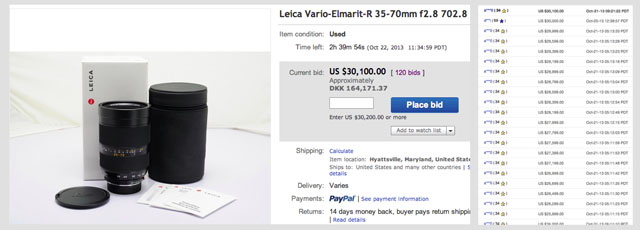
A 35-70mm Vario-Elmarit "bidding itself up" from $1 to $30,100 on eBay. The last bidder left the bidding at $8,500 and after that, one person has done all the bidding, in one day raising the price to $30,100 (except for one bid at $30,000 from a new account that have never bought anything on eBay; and that bid was topped with $100 by the same bidder who raised the price by $200 over 120 bids without any other bidders).
I can't think of many other R lenses that can be speculated about in the same manner. The 1600mm that there is made only two of, of course. As well as some ELCAN lenses and Leica R prototypes (you can read more about ELCAN R lenses made for the military and the 1600mm f/5.6 R lens made for Al Thani in Qatar on my Leica History page).
The Leica 80mm Summilux-R f/1.4 exist with and without ROM contacts. That is an electronic contact inside the lens' bayonet that tell a Leica R9 camera which lens it is, and what the exact aperture correction is. The ROM equipped lenses are considered newer and are more expensive than the ones without. But if you are not going to use it on a Leica R9, you will never notice the difference (and even on the Leica R9 it is not important at all).
Moreover, Leica Camera AG could, and probably still can, modify lenses to have the ROM contact.
Staying in good health
One of the often overlooked qualities of Leica cameras and Leica lenses is that they are handmade. This means that the factory have plenty of qualified people who can disassemble a lens or camera and repair or replace worn out and defect parts.
As I have mentioned elsewhere, I scratched my Leica 35mm Summilux-M ASPH f/1.4 FLE on the front glass two weeks after I got it; and Leica Camera AG replaced the front glass for 250 Euro. I also had borrowed out a 90mm ASPH that got a scratch from some movie lamps on the front glass. The repair of that front glass is 600 Euro.
Previously I have had Leica Camera AG replace the lens shade and the outer front tube on my Leica 80mm Summilux-R f/1.4 for a very reasonable amount. Just to get it back and treat it the same way so that it needed a new lens shade again. Some times you have to choose if you want the lens to look perfect, or if you want to use it!
The price structure for repairing handmade Leica cameras and lenses is very different from buying spare parts for your car. Car spare parts are very expensive! A built-in lens shade for a Leica lens as the 80mm is somewhat the metal price (less than 10 Euro), plus the labor. Similarily, the price to get the aperture on a very complicated lens (as for example the 35-70mm that has 22 blades), is simply labor.
So this is a possibility with almost all cameras and lenses. They can get fixed, lubricated, adjusted and some times be reborn to perfect condition.
Speaking of which, if we are talking older lenses and cameras like screw mount from the 40's, even those can be fixed. Not always by Leica Camera AG as they let go of a lot of the staff and tools for the screw mount cameras and lenses when they moved the factory from Wetzlarer to Solms in the 80's. But there are quite a few repair facilities around the world that can deal with even very old cameas. Leica Shop in Vienna is one that can do it.
Mr. Ottmar Michaely in Wetzlarer is a independent third part repair man considered an expert. He grew up playing with Leica cameras (read; he disassembled them as a teenage boy) and learned a lot from the original technicians at Leica, and later took over a lot of the tools and knowhow when he was very young. Leica Camera AG threw out the tools (during the relocation of the factory). So Ottmar Michaely deals with very rare Leica cameras and lenses that is extremely rare and extremely valuable.
In other words. The lens or camera you use and abuse now, it can still be repaired and made to look like new one day, many years later.
Don't worry.

Leica M Monochrom with Leica 50mm Summicron-M f/2.0 (Version II, 1964). Paris, April 2013.
The website of Douglas Herr
The website I have looked at the most to judge which Leica R lenses to get over the years has been www.wildlightphoto.com by Douglas Herr. Apart from being a skilled wildlife photographer with a continious output of great photographs, Douglas also has a good overview of the Leica R lenses and Leica R cameras. Unfortunately his overview require password (after some of the photos were abused on eBay), so you have to e-mail him to get a password.
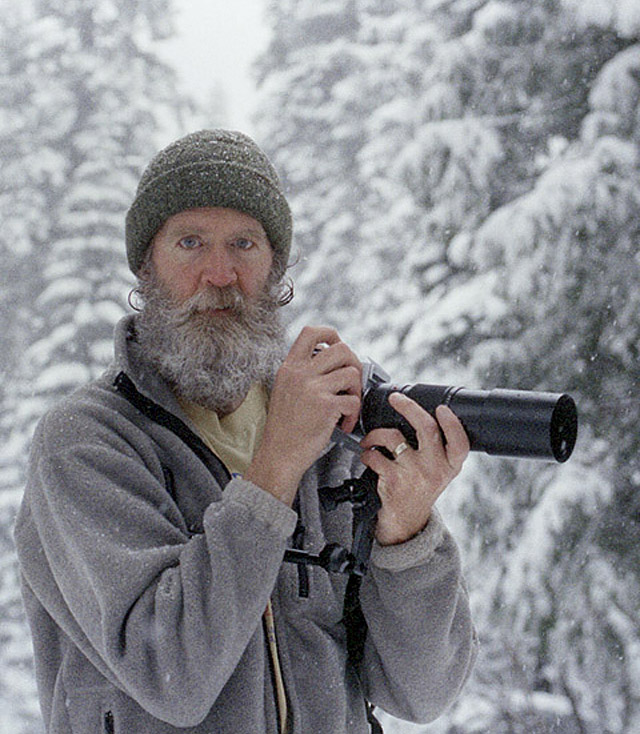
Not all Leica photographers are M photographers. Doug Herr of Wildlightphoto.com in Sacramento County, California, is a Leica R user, specialized in birds of western North America.
The Leica R lens catwalk
Here is some of the Leica R lenses applied onto the Leica M Type 240. I would recommend the handgrip for most R lenses, but it was not available when I did the photos.
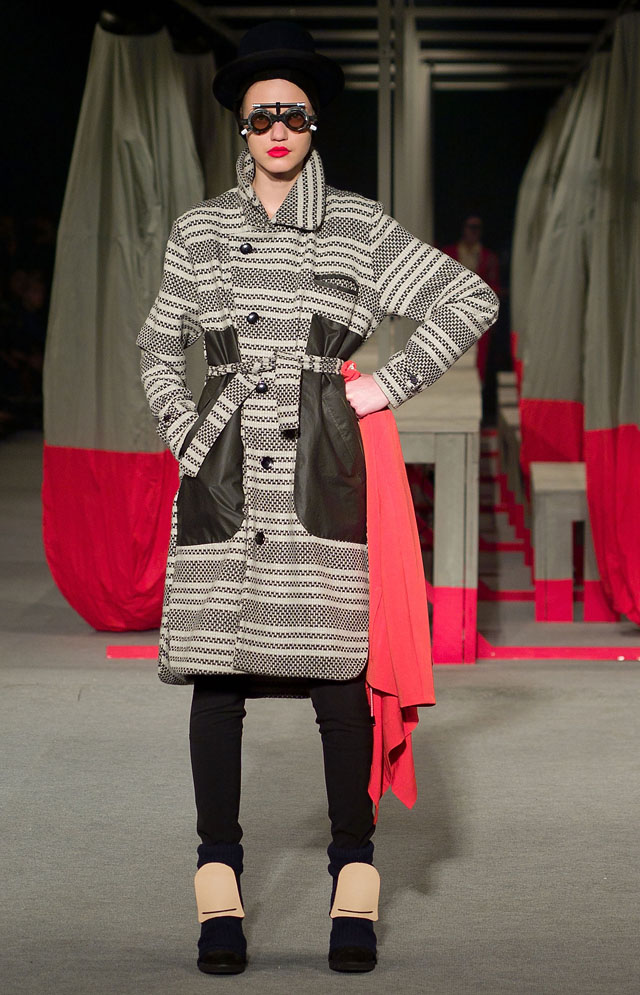
Henrik Vibskov catwalk at Copenhagen Fashion Week. Photo: Thorsten Overgaard, Leica R8 with DMR digital back and Leica 35-70mm Vario-Elmarit-R ASPH f/2.8
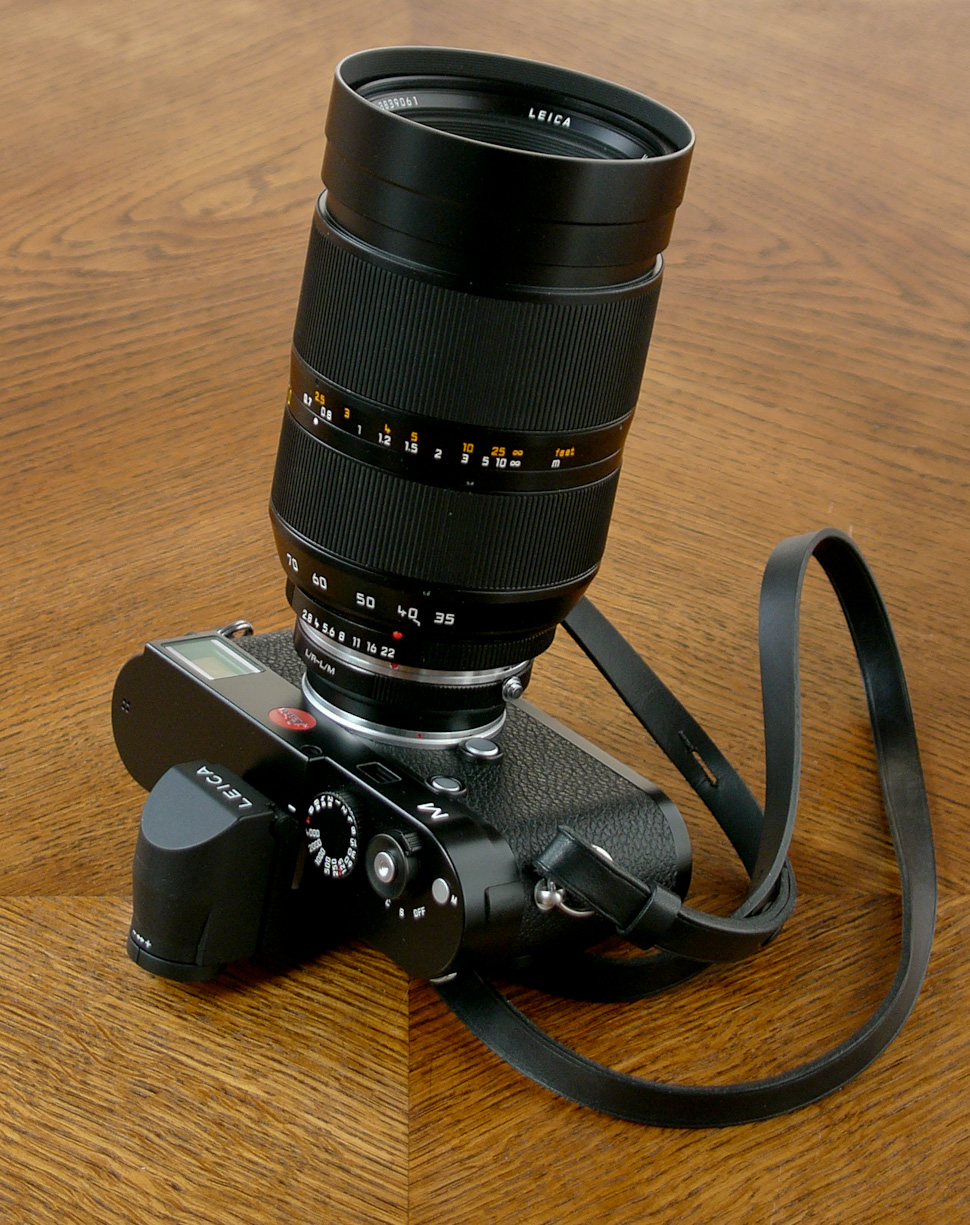
The rare Leica 35-70mm Vario-Elmarit-R ASPH f/2.8 Macro lens. Leica wanted to make the best zoom in the world, and they did. They started production 1996 but stopped producing the lens in 2002 after having made 200 of them. Apart from stellar glass it features the most advanced (and most complicated with the most blades) aperture in the Leica range of lenses.
One can discuss the relevance of using such a large lens on the Leica M 240, especially as the price is $10,000 - 14,000 these days. Collectors, Leica fans and RED users have discovered the qualities of this lens. Both the optical qualities, as well as the rarity makes it an item that is bound to go up in price no matter if it fits onto a camera or not.
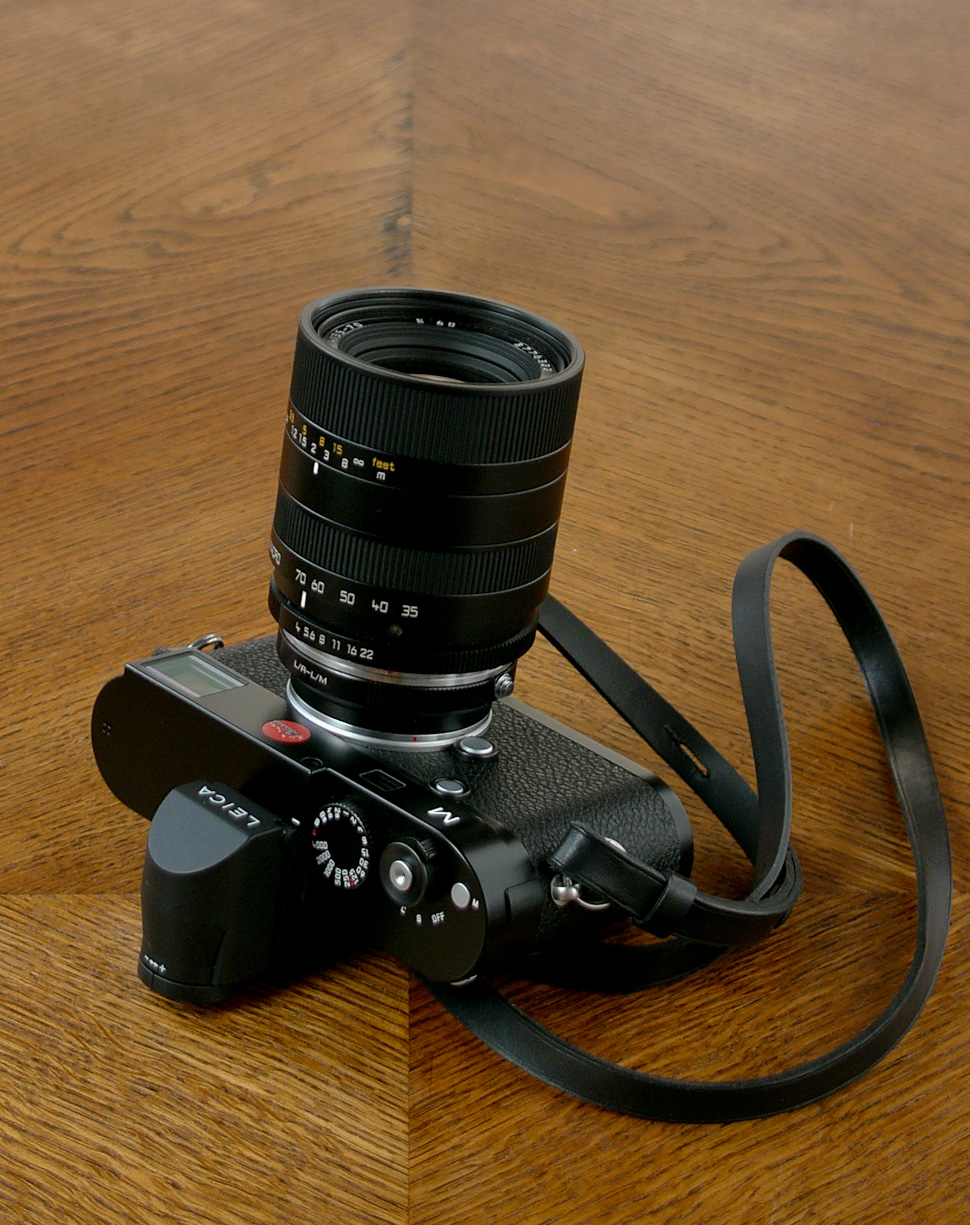
The fairly inexpensive kit-lens, Leica 35-70mm Vario-Elmarit-R ASPH f/4.0 is a great lens, and as it is the case with all the zoom lenses Leica has produced (which automatically excludes the Leica branded ones made by Minolta and others), this lens is as good at 35mm as a fixed 35mm Leica lens. And the same is the case all the way to 70mm.
It is obviously very inexpensive to produce compared to the Leica 35-70mm Vario-Elmarit-R ASPH f/2.8 Macro and was made as the lens to buy a Leica R8 or Leica R9 with. It is the perfect video kit lens as most videographers will want a less lightstrong lens that can also zoom. For the Leica M Type 240 it could be seen as a rather compact all-round travel lens. Available at prices around $750 it is quite a piece of optics for a reasonable amount.
Leica R zoom lenses on the Leica M Type 240
One of the qualities of Leica zoom lenses, almost without any exceptions, is that the Leica zoom lenses are as good as the Leica fixed focal length lenses at any given zoom length.
For video use zoom lenses are very handy as the camera will often be attached to a tripod - and so it is easier to change zoom than to change the tripod position.
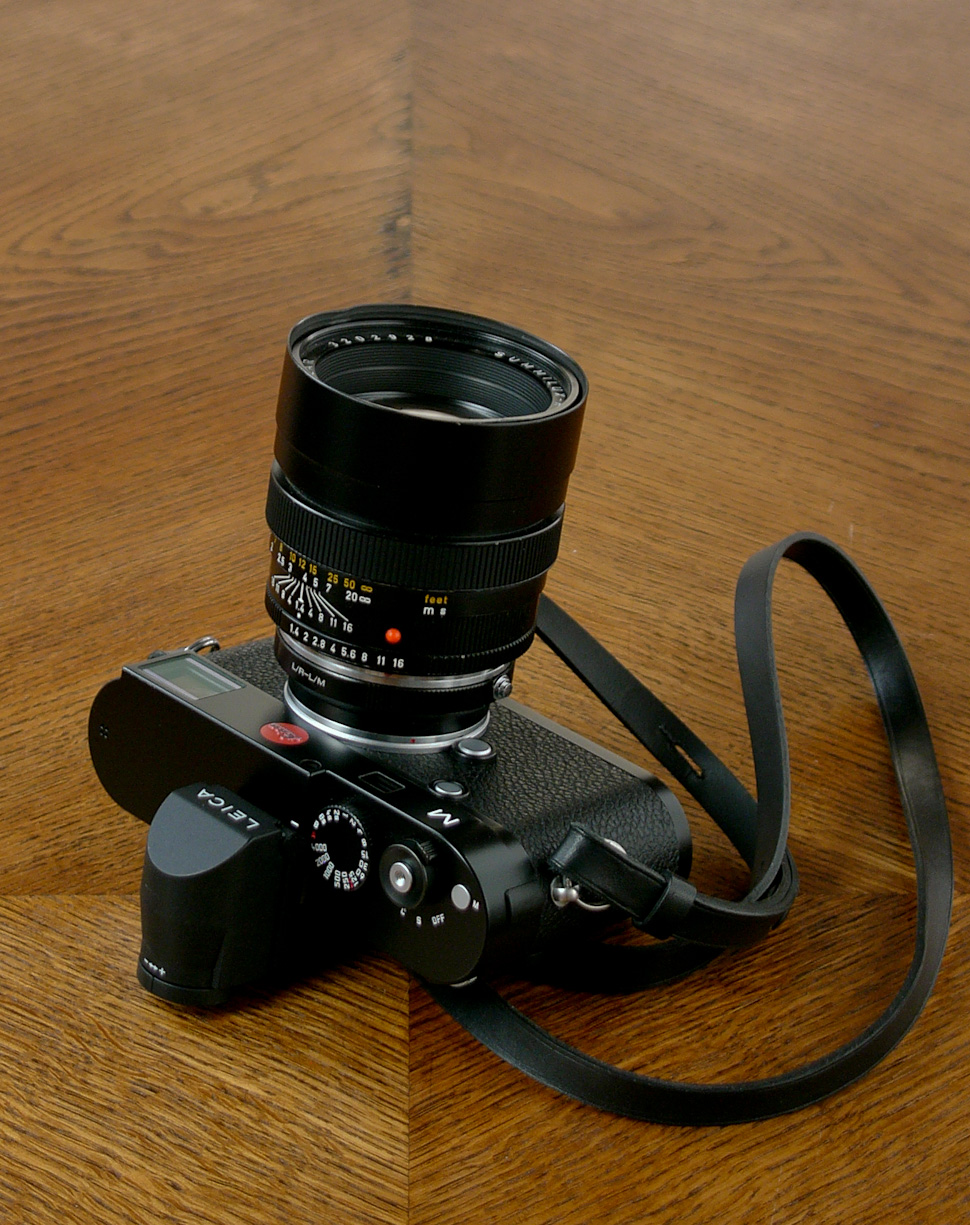
The Leica 80mm Summilux-R f/1.4 is the crown jewel of the Leica R lenses in my opinion. The Noctilux of the R system, an extremely sexy lens that has the right feel and proportions. In fact many think it is the Noctilux when it is on the camera or on a table as it has about the same size and front glass.
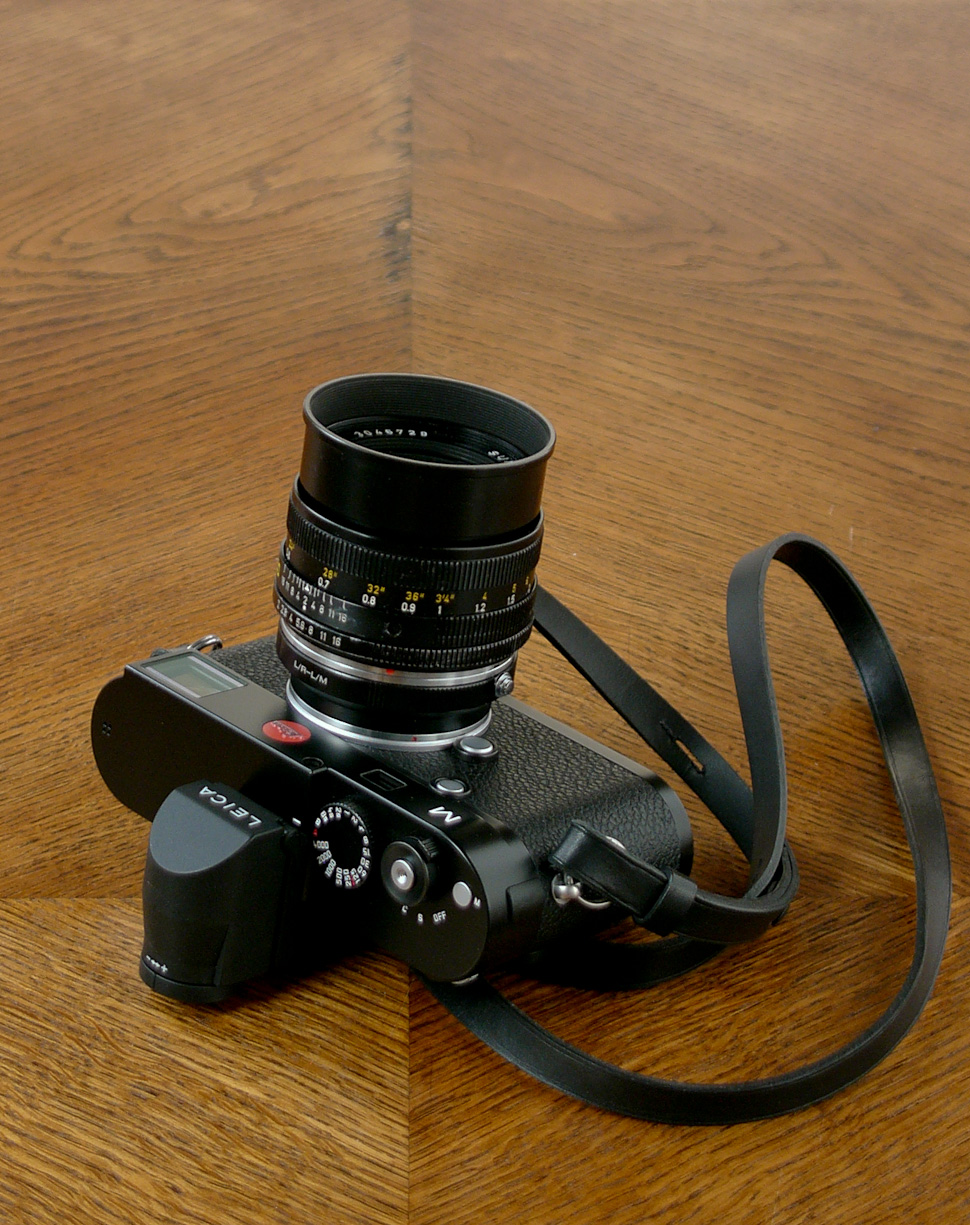
The Leica 50mm Summicron-R f/2.0 (no 11 215) was the worlds best 50mm lens when it came out in 1976 and still is superior in many regards. The question is if bigger glass is the same as better results ... some say it is, and Leica Camera AG themself stated in the 1990's that Leica R lenses were the best optics around in the world (meaning better than M lenses).
It is not an expensive lens at acquire, and it is fairly compact on the Leica M type 240. The Leica 50mm Summilux-R f/1.4 is a very sought-after lens for videographers and other enthusiasts, so that can be hard to find for reasonable prices (usually $2,000-$3,000). After all, if you want to put a Leica 50mm Summilux on a Canon camera for video, the R-lenses are the ones to look for as the M-lenses won't fit. But if you have a Leica M Type 240 you have the choice of many splendid 50mm lenses born with the M mount.
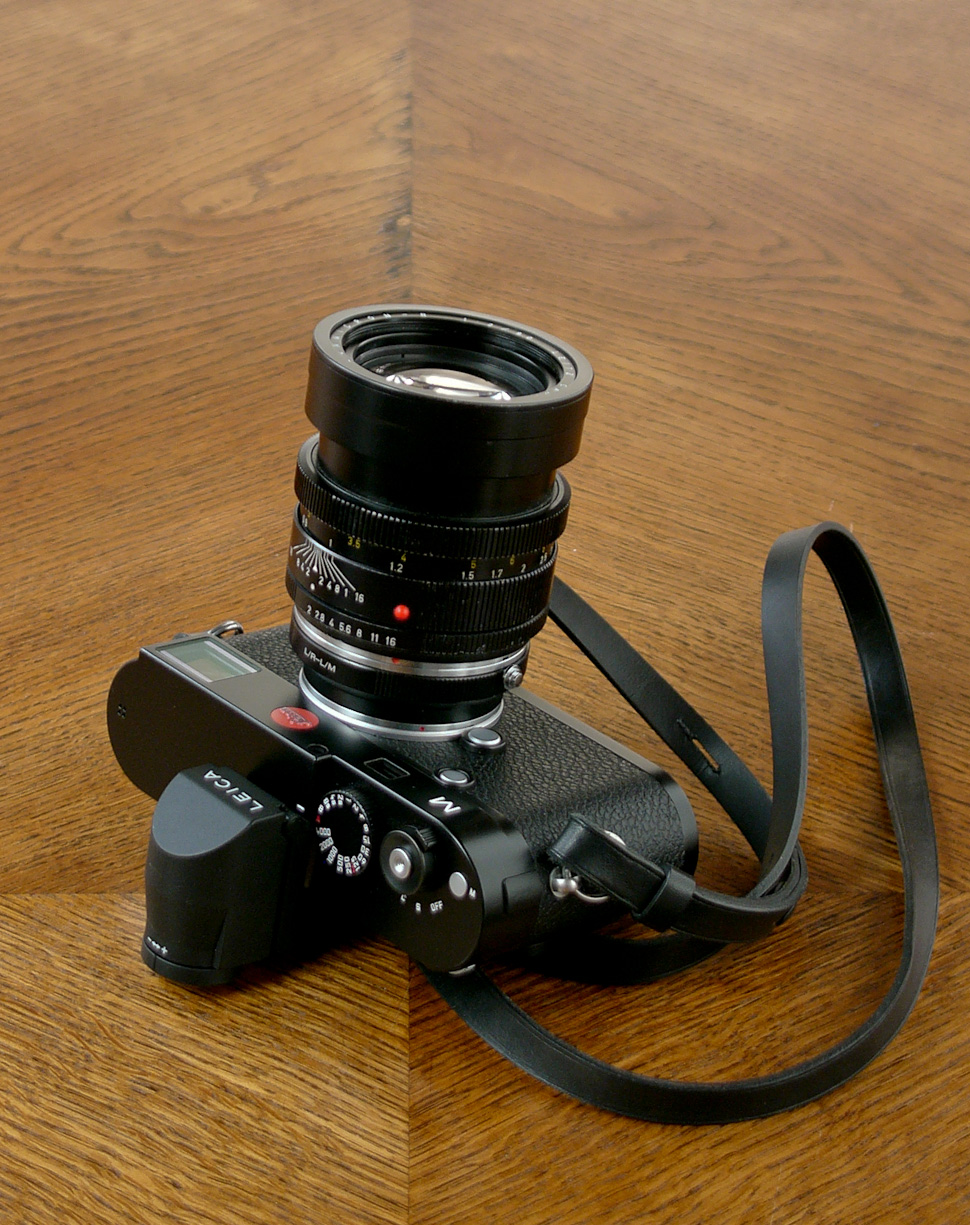
The Leica 90mm Summicron-R f/2.0 (no 11 219) is an rather economical lens with very good glass (prices around $800 plus/minus depending on condition, quite a bit more for the APO-Summicron-R ASPH version (no 11 350). Just a very sturdy piece of mechanics and glass. Though is is not difficult to find an old or new 90mm "real Leica M" lens with M mount.
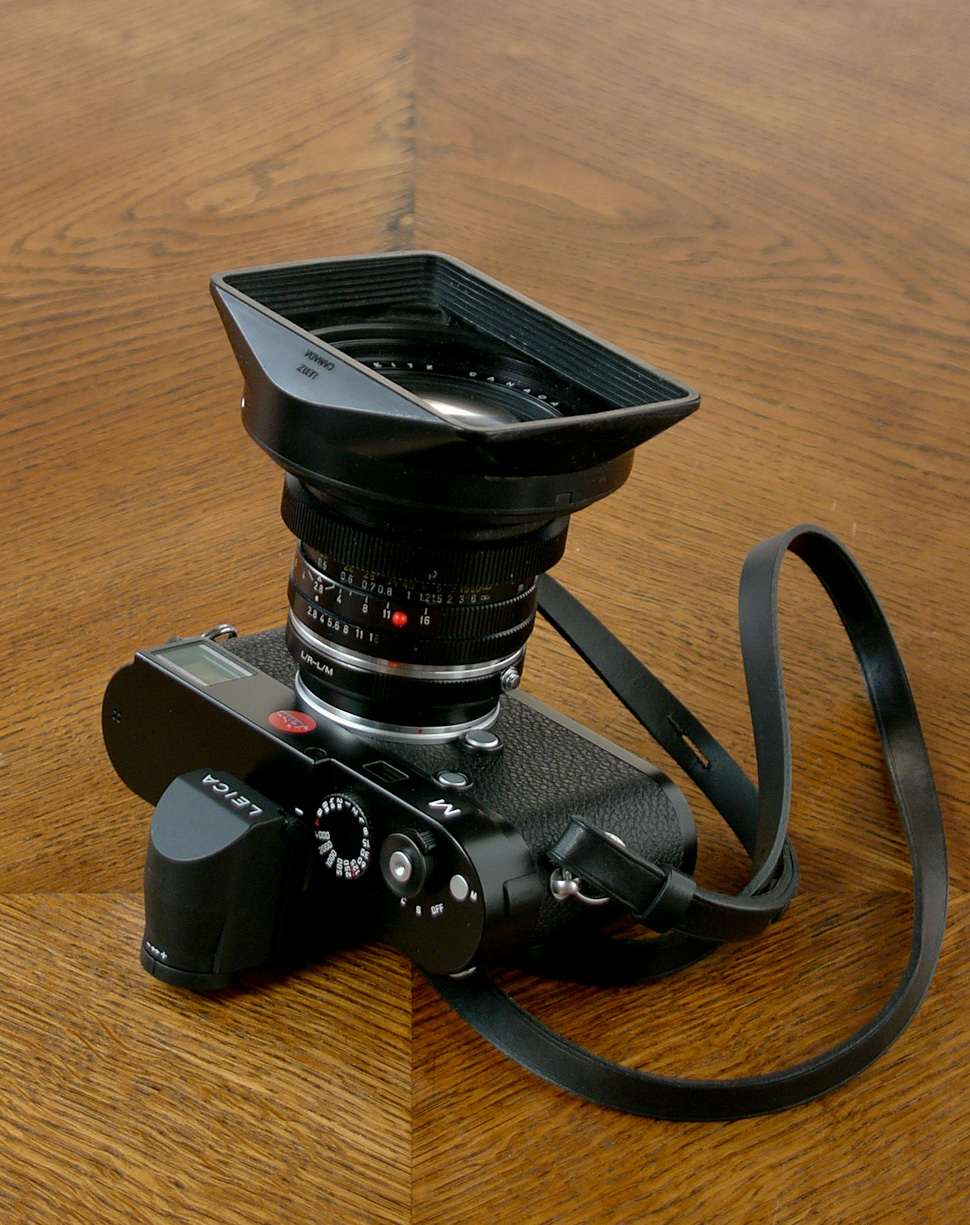
The Leica 19mm Elmarit-R f/2.8 exist in this older version with very wide front hood (as seen above. Prices around $1,500 plus/minus), and then the newer version that is much more compact (prices around $3,500) that has better control of light, as well as built-in filters (ND, yellow, green and blue).
I fail to see why one would get this one instead of the very compact Leica 21mm Super-Elmar-M ASPH f/3.4 or the sexy Leica 21mm Summilux-M ASPH f/1.4 ... unless one already has this and likes to play with the classic look of a Mandler designed lens. I will say though, that for video it has a very good balance and grip.
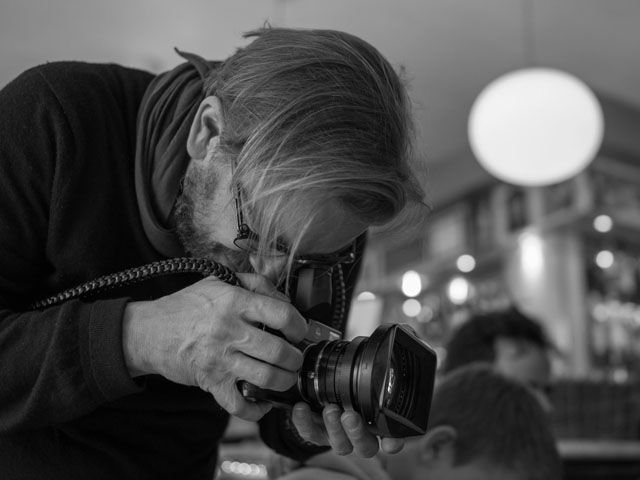
For video the 21mm Elmarit-R f/2.8 has a very good balance and grip. Photo by Simon Falkentorp.
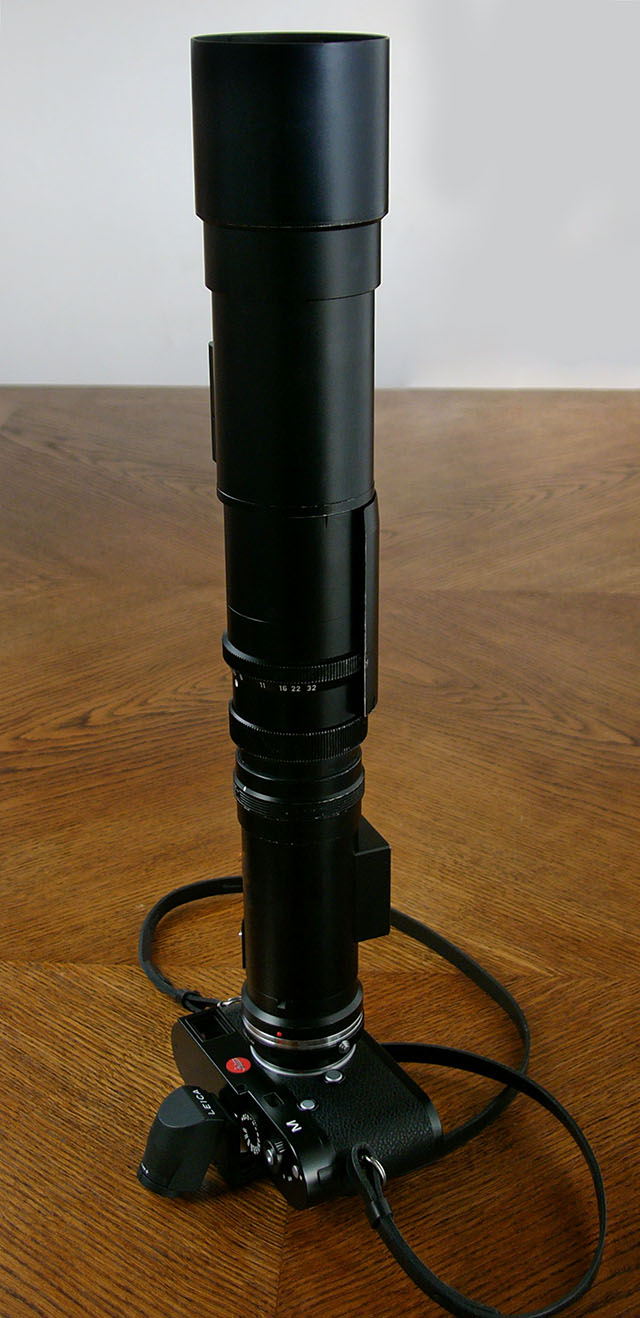
The Leica 400mm APO-Telyt-R f/6.8 on the Leica M 240. This is an interesting tele lens because it has fast-focus grip. It is simply a release button one press, and then it's simply pushing the front in or out till the focus is there. Very fast. The quality is outstanding, and the simplicty of the unit is breathtaking: Basically a long aluminium tube that can even be unscrewed so it is two shorter and more compact tubes (fits easier in a photo bag), and the lens element is one simple piece of glass in the front (that can also be unscrewed for cleaning on both sides).
If you look at the picture above, what you see is a piece of glass in the top, connected to the camera with a long aluminium tube. That's all, that is how simple it is made. Usually these sell for $500 - $1,000 which is quite fair for an outstanding 400mm lens. There also exists a Leica 560mm APO-Telyt-R.
The modular tele lenses (280mm/400mm/800mm) are quite heavy and quite expensive compared to the Telyt lenses, usually in the area of $15,000 - $40,000 for a lens or the set.
All the Leica R lenses fit on the Leica M Type 240
With the Leica R-to-M adapter you can mount a great number of Leica R lenses onto the Leica M Type 240. Get an overview in my Leica Lens Compendium.
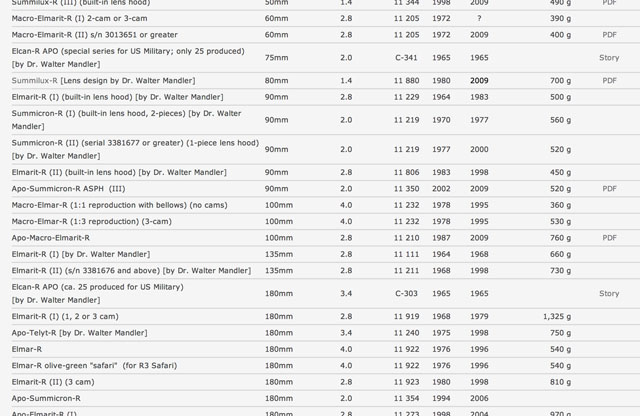
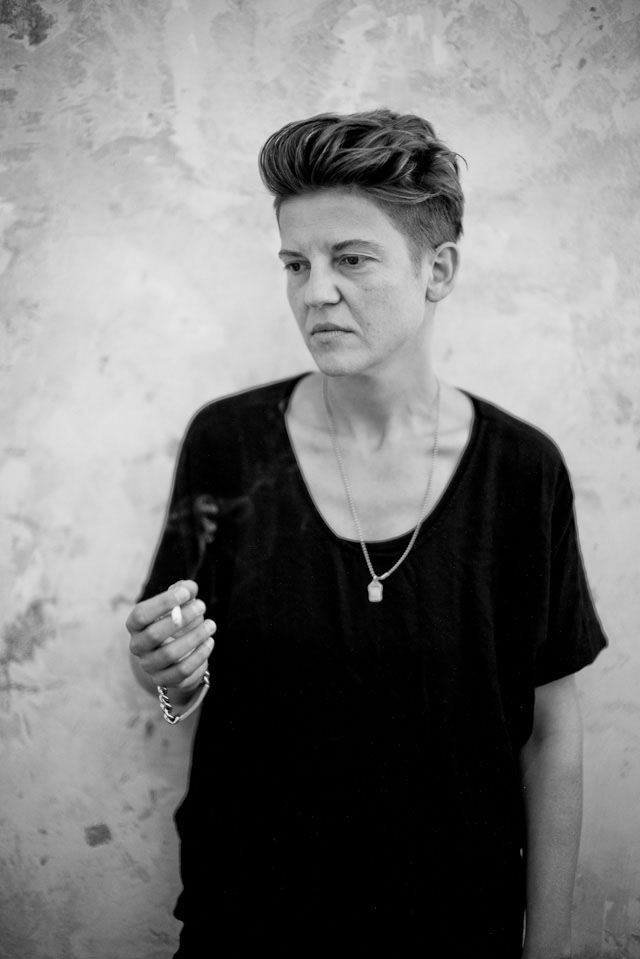
Austrian designer Anita Steinwidder. Leica M240 with 50mm Noctilux-M ASPH f/0.95
Novoflex adapters to fit many lenses to the Leica M Type 240
Here you can find adapters from 149€ to 400€ in the Novoflex Adapter Finder where you can find adapters for Leica M Type 240 to fit Leica R lenses, Nikon lenses, Hasselblad 6x6, Contax/Yashica, Canon FD, Exakta 66, Minolta AF, Sony Alpha, Olympus OM, Pentax 6x7, Pentax K and Visoflex II/II lenses.
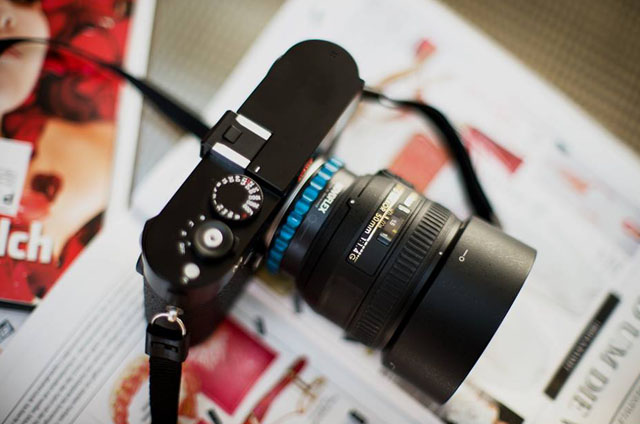
Novoflex-adapter on Leica M Type 240. Photo by: Tim Dornbusch.
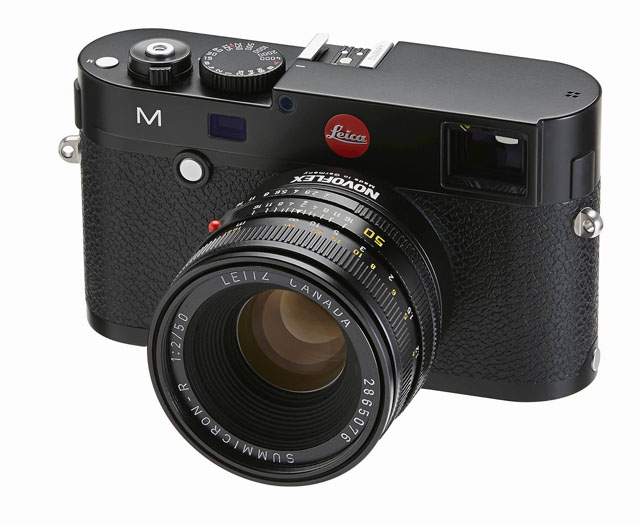
Leica M 240 with the Novoflex R-to-M adapter and the Leica 50mm Summicron-R f/2.0. Photo by Martin Grahl.
Tolerances and Made in China adapters
If one spent a minute to consider the tolerances/precision in the assembly of Leica lenses, as well as the calibration of the bayonet mount on the camera body to ensure the lens is mounted precisely, it also becomes obvious that an adapter is not always an adapter. It might seem like a simple add-on, but if the adapter between the lens and camera is not precise, the focal plane of the lens is not precise.
I got a Made in China $11 adapter via eBay before Leica was ready with theirs, and when you use it with a 80mm or 400mm lens it is quite visible in the final result if the adapter moves slightly in the mount (which it does).
The original Leica adapter is preferred, and the Novoflex adapter is probably the second-best. For some the best, considering price/quality. Though I don't see the point in saving $200 in an adapter that connects a $7,000 camera to an expensive lens.
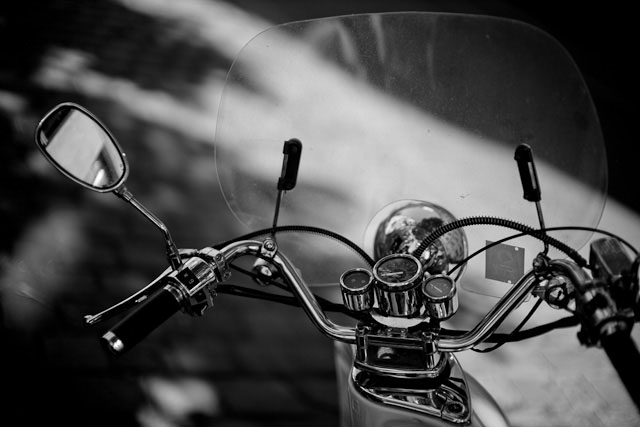
Vienna, September 2013. Leica M240 with Leica 50mm Noctilux-M ASPH f/0.95
To sell or to buy, that is the question
The feel of Leica M is something special. The perfection, the simplicity and the image quality. There are plenty of very special and unique new lenses from Leica that are still being made, and there is a great deal of old and very old lenses that offer the same simplicy and compactness as the camera itself, and which has the unique look you can't find with any other cameras.
Hence, why run around with a monster of a camera with adapters and R lenses and digital viewfinder if you can get something special with a neat, compact, ultra-sexy Leica M with simply ... Leica M lenses!
I've never been into complicated cameras, and frankly I have been close to pressing the "for sale" button quite a few times on my R lenses and cameras. Then again, I never sell old equipment, or at least I tell my self that I shouldn't. But the more I hear what people are up to with the R lenses, and how the interest and prices skyrocket, the more I realize that I might be in a special club. Because I already got most of them.
But if that trouble with adapters and all is really something I want to waste energy on ... time will tell.
Leica M 240 handgrip in two editions
A plain Leica Handgrip M can be attached to the camera bottom and offers the possibility to screw on a rubber finger lock (that comes in three sizes with the handgrip).
A slightly larger studio Leica Multifunctional Handgrip connects up into the camera body via one large (the size of an iPhone 5) connector and has GPS as well as four connectiors on the handgrip for USB, power and two types of studio sync. This studio handgrip also comes with the three rubber finger locks.
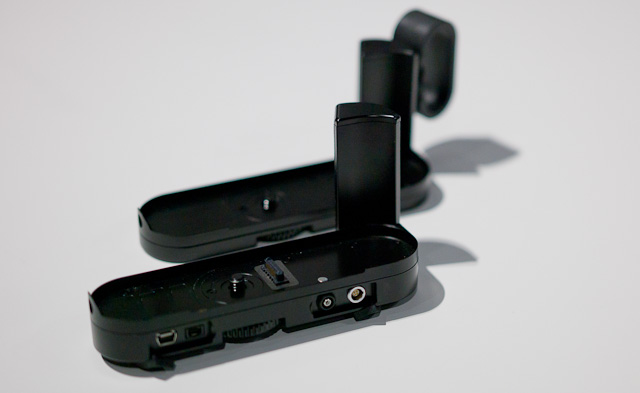
The two types of handgrip for the Leica M. One is simply a Leica Handgrip M, the other is the Leica Multifunctional Handgrip has GPS and studio sync with flashes. Photo by Thorsten Overgaard.
Leica R Lens User Group on Facebook
Feel free to join the Facebook group for more nerd talk about Leica R lenses on the Leica M Type 240 and any other camera they can be fitted onto.
Leica M 240 User Group on Facebook
Feel free to join the Facebook group to share with almost 2,000 other Leica M 240 users and dreamers.
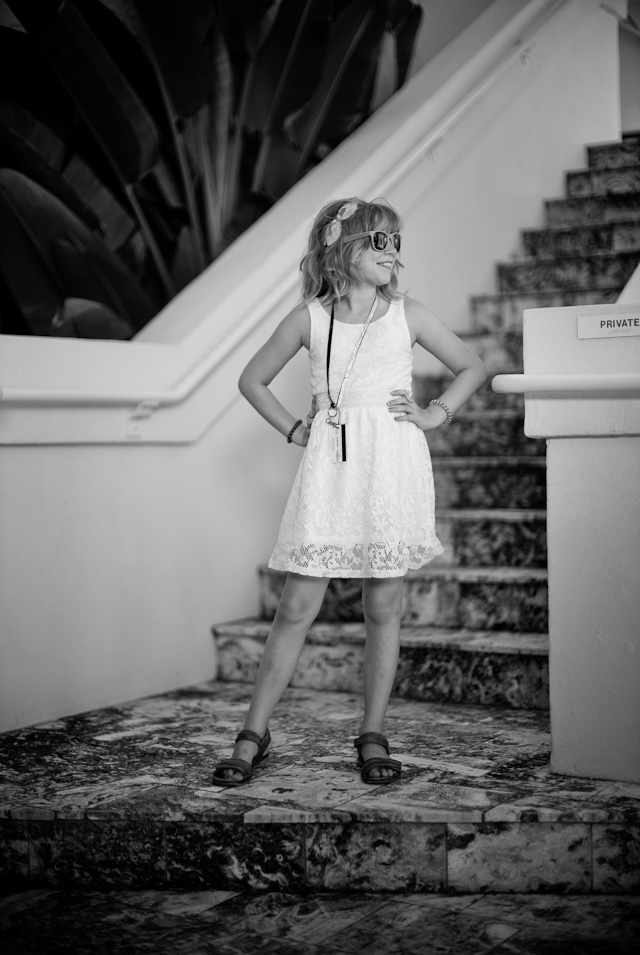
My daughter Robin Isabella von Overgaard posing for the Workshop. Leica M 240 with Leica 50mm Noctilux-M ASPH f/0.95.
Focusing with Leica R Lenses on the Leica M 240
The Automatic Focus Aid on the Leica M240 only works with Leica M lenses as they trigger the rangefinder mechanism in the camera - which is what tells the Automatic Focus Aid to start zooming in 5X or 10X so you can see when you have reached the focus.
With all other lenses, you will have to use the Focus button on the front of the Leica M240. Not surprisingly, some people have played with making that button easier to use!
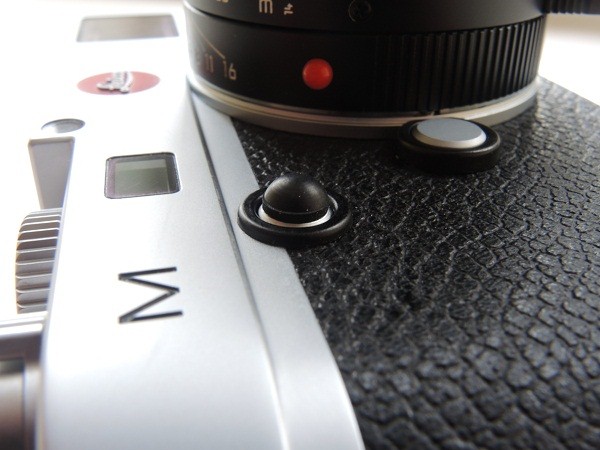
Mark Norton from London mounted this 7mm
rubber bump on the focusing button.
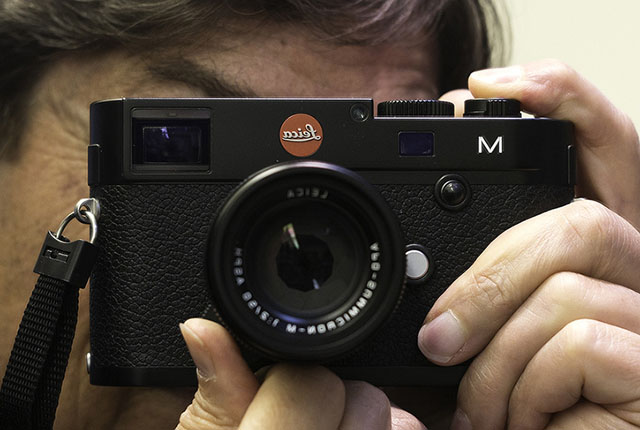
G.P. White San Francisco also tweaked his focus aid button.
Advertisement:

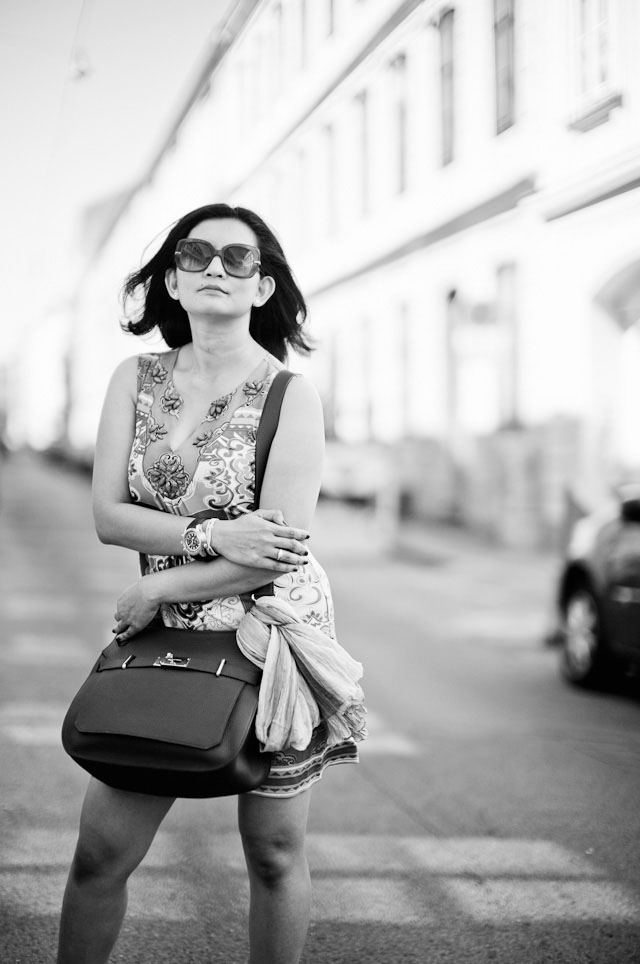
Inong Hassan acting as model at the Vienna workshop, September 2013. Leica M 240 with Leica 50mm Noctilux-M ASPH f/0.95.
Preset profiles for Leica R lenses in the Leica M 240 menu
The Leica M 240 offers a number of preset profiles for the Leica M240 that one can manually select in the menu. Thus the EXIF file will contain information about which lens was used (if you remember to set it), and may to some degree correct the lenses.
These are the lenses currently in the menu:
Super-Elmarit-R 1:2,8/15 mm
Elmarit-R 1:2,8/19 mm
Elmarit-R 1:2,8/28 mm
Summilux-R 1:1,4/35 mm
Summicron-R 1:2/35 mm
Summicron-R 1:2/50 mm
Summilux-R 1:1,4/50 mm
Macro-Elmarit-R 1:2,8/60 mm
Summilux-R 1:1,4/80 mm
Summicron-R 1:2/90 mm
APO-Macro-Elmarit-R 1:2,8/100 mm
APO-Telyt-R 1:3,4/180 mm
APO-Elmarit-R 1:2,8/180 mm
APO-Summicron-R 1:2/180 mm
APO-Telyt-R 1:4/280 mm
Vario-Elmar-R 1:3,5 - 4/21 - 35 mm
Vario-Elmar-R 1:3,5 - 4,5/28 - 70 mm
Vario-Elmar-R 1:4/35 - 70 mm
Vario-Elmarit-R 1:2,8 - 4,5/28 - 90 mm
Vario-Apo-Elmarit-R 1:2,8/7 0 - 180 mm
Vario-Elmar-R 1:4/80 - 200 mm
Epilogue
As you may have noticed, many of the photos on this page are done with the Leica 50mm Noctilux-M ASPH f/0.95. This for the same reason as many of my Leica M9 photos previously have been made with the Leica 50mm Summicron-M f/2.0: It was the lens I choosed to use on the Leica M 240 most of the time, despite the stock of Leica R lenses and other lenses I have.
Great as the R lenses may be, this prove three points for me:
It reconfirms that most Leica M photographers shoot 90% or so of their photos with one lens (not matter how many or few other lenses they have). That is how it is for me (and it does not restrict me from dreaming of, buying and occasional using and keep liking other lenses).
The Leica M lenses are made for Leica M cameras and are unique in how compact they are compared to their counterparts in the Leica R and other dSLR systems.
Modern Leica M lenses have reached a quality where I do not find it necesasry or worth my while to add a Leica R-to-M adapter and Leica R lenses onto the Leica M 240. The M lenses does the job.
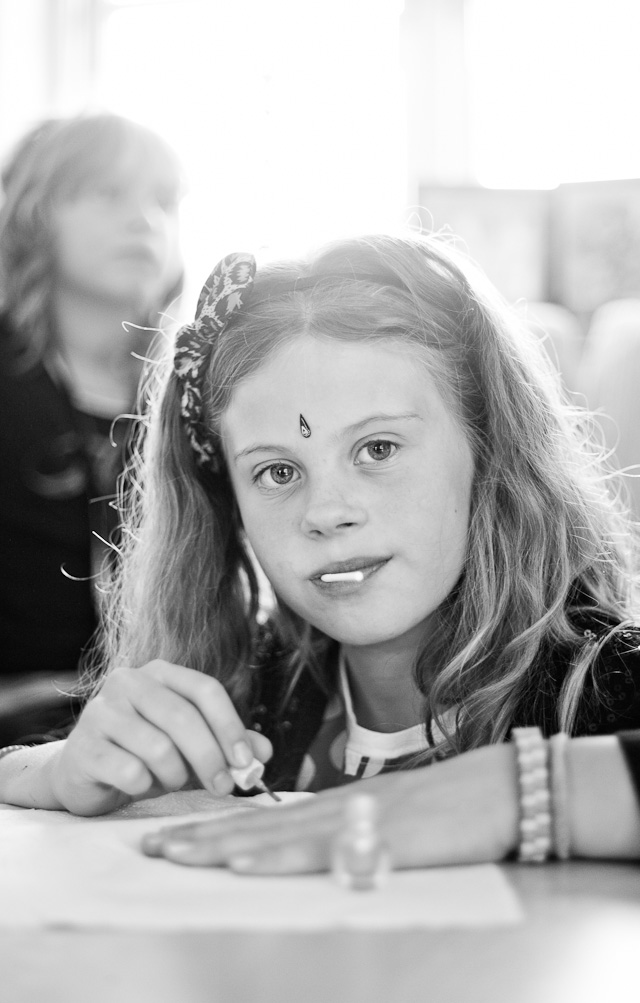
Leica M240 with Leica 50mm Summicron-R f/2.0
What people use Leica R lenses for
I think the whole point of this R lens article, from my viewpoint, is that I don't see much need to use the R lenses on the M240. Hence, I don't. The R lenses simply stay in the trolley with the rest of the R equipment, except for those few exceptions where it make sense to add for example the 35-70mm to the M240 to do video.
With the excellent 90mm, 50mm and 21mm Leica M lenses available and in use (in my case) there are not much need to pull out any of the R lenses for me.
So far I think most use of R lenses on the M240 has been done for fun and to try it. I haven't stumbled over any serious use of Leica R lenses on the M240, only single photos that were good, but did not reptesent a new workflow or style. Merely test photos.
Advertisement:

It is my impression that most Leica R lenses in the years to come will see the most beneficial use on RED cameras and as an upgrade (above Zeiss in my opinion) on Canon and Nikon dSLR cameras.
If Leica Camera AG had known what the future would hold of overwhelming success for Leica M digital rangefinders and Leica M lenses (with 6-18 months waiting lists), and would have had the courage, they might simply have said "No more Leica R lenses" in 2009, instead of promising a Leica R support system that basically nobody requires now, four years later in 2013.
This might be a controversial standpoint, but it is true in my case. And I continue to wonder how the Leica M 240 would have been if Leica Camera AG hadn't felt obliged to fulfill that promise they made in 2009, to deliver a "future solution for Leica R lenses".

Robin Isabella von Overgaard. Leica M 240 with Leica 50mm Noctilux-M ASPH f/0.95.
I see the redesign of the M body, to a new and stronger design, and the CMOS sensor as things Leica Camera AG might not have gone through, had it not been for that promise they made in 2009. But I also see those changes in the Leica M as something that strengthen the camera. Everything happens for a reason, as I some times say, meaning that a departure from the planned might actually result in a better future adventure.
So as to the importance of finding an answer to, "Did Leica Camera AG do this or that for what reason?" let me just conclude that the outcome is a stronger camera than the Leica M9. And overall so strong that, in my case, it does not require Leica R lenses to use.
| |
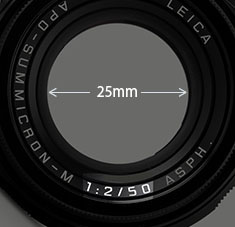 |
| |
1:2/50 the description says.
But what does it mean? |
| |
|
1: = Basically means 1 divided with. On the lens to the right, it means that the diameter of the hole throught he lens is 25mm.
We would normall call it
a 50mm f/2.0 lens. The writing of 1:2/50 is a tradition from the 1800's of specifying a lens, which reveals quite a bit about the construction:
Focal length 50mm simply means that the distance from center of focus inside the lens to the focusing plane (the sensor or film) is 50mm, and the aperture of f/2 or 1:2 means that the diameter of the hole the light comes throught is 25mm (50mm divided with 2 = 25mm).
In traditional lens design, one could usually tell from looking at the length of a lens if it was a 400mm, 100mm or 35mm. Newer designs with mirrors (in tele lenses) and more corrections (in wide lenses) can make the size of the lenses shorter or longer, but the distance from center of focus to sensor in a modern 50mm lens will still be 50mm for a 50mm and 400mm for a 400mm, and so on.
See Focal length and Aperture further down for more.
35mm
a) 35mm lens is a lens that has a viewing angle of view is 63°vertically, 54° horizontally and 38° vertically within a 35mm film frame or "full-frame" 24x36mm digital format. See Focal length further down.
b) 35mm focal length: the distance from center of focus inside the lens to the focusing plane (the sensor or film) is 35mm.
| |
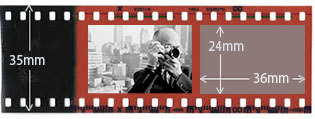 |
| |
35mm film format (also known as full-frame) |
| |
|
c) 35mm film format (also known as full-frame in digital sensors) was a standard film format that came about in 1892 where the width of the film roll was 35mm, and it's been the most used format ever since. Only a format of 24 x 36mm is used for the photo on the film roll.
35mm film format was first used in 1892 by William Dickson and Thomas Edison for moving pictures with frames of 24 x 18mm, using film supplied by George Eastman (Kodak), and this became the international standard for motion picture negative film in 1909. Later other motion picture formats came about, such as Academy Ratio (22 x 16 mm), Widescreen (21.95 x 18.6 mm), Super 35 (24.89 x 18.66 mm) and Techiscope (22 x 9.47 mm).
The inventor of the Leica camera, Oskar Barnack, built his prototype Ur-Leica in 1913 as a device to test film stock and\ motion picture lenses and had it patented. Putting 35mm film format into a small camera gave him the idea "small negative, large print" and he decided to increase the size of each frame on the 35mm film to 24x36mm (for more detail and sharpness), and then invented an enlarger to make large prints from the small negative. The length of a film, 36 pictures, is said to have become the standard because that was how far Oskar Barnack could stretch his arms (when cutting film from larger rolls to put them into film rolls for the Leica camera).
d) 35mm equivalent is often given as a standard when talking about lenses in small compact-cameras or large format cameras with other sensor/film format than the 24 x 36mm frame. Example: A camera with a 12 x 18 mm sensor has a 14mm lens on it, and even the lens is actually a 14mm, it is specified as a 28mm lens because the viewing angle that ends up on the sensor is equivalent to a 28mm lens on a 35mm of full-frame camera.
| |
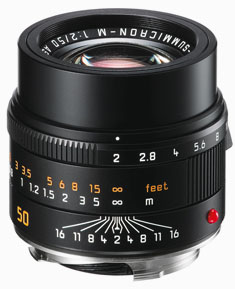 |
| |
The Leica 50mm APO-Summicron-M
ASPH f/2.0 lens |
| |
|
50mm
a) 50mm lens is a lens that has a viewing angle of view is 47° vertically, 40° horizontally and 27° vertically within a 35mm film frame.
b) 50mm means there is 50mm from the center of focus inside the lens to the focal plane (sensor or film).
c) 50mm lens is often compared to the human eye. Not because of viewing angle (how wide it sees) but because of size ratio (how it sees). The 50mm lens is the lens that comes closest to the size that the human eye see things. Whereas the human eye has a much wider angle of view [120-200°] than the 50mm lens [47°].
AF = Auto Focus. The idea is that the camera does the focusing itself (the word auto comes from Greek "self").
Aperture = The same function as the iris and pupil has in the eye. The pupil in the eye is the dark circular opening in the center of the iris of the eye, varying in size to regulate the amount of light reaching the retina (the sensor area inside the eye).
Aperture on a camera is the f/ stop on the camera that regulates how much light passes through the lens by increasing or decreasing the hole through the lens. On a f/2.0 lens the lens is fully open" at f/2.0. At f/2.8 the aperture inside the lens make the hole through the lens smaller so only half the amount of light at f/2.0 passes through. For each f/-stop (4.0 - 5.6 - 8.0 - 11 - 16) you halve the light. The aperture of the lens is basically the focal length divided with the f/-stop = size of the hole (50mm divided with f/2.0 = the hole is 25 mm in diameter).
Besides regulating the amount of light (so as to match the correct exposure), the aperture also affects the dept of field: , which is how deep the sharpness is. To get the sough-after photos with narrow depth of field where the background is blurry, the lens has to be wide open at f/2.0 or so. Stopping the lens down to f/8 or f/16 will result on more depth of field, meaning the background will start becoming in focus. To maintain narrow depth of field, one can use the ISO sensitivity and/or the shutter speed to match the correct exposure (as aperture is only one of three ways to control the exposure; the correct amount of light).
ORIGIN: Late Middle English : from Latin apertura, from apert- ‘opened,’ from aperire ‘to open’.
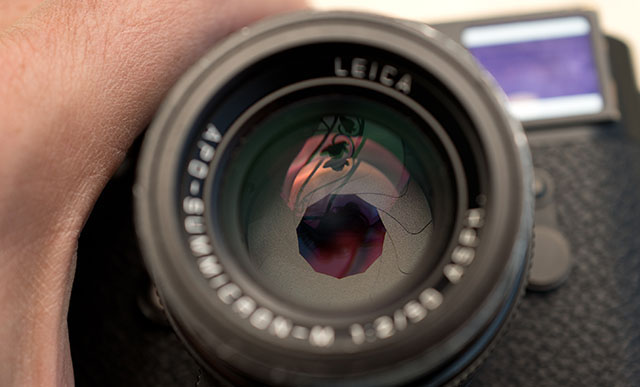
The aperture blades inside the consist of a number of blades that - as the aperture ring on the lens is rotated - narrow into a smaller and smaller hole. © Thorsten Overgaard.
| |
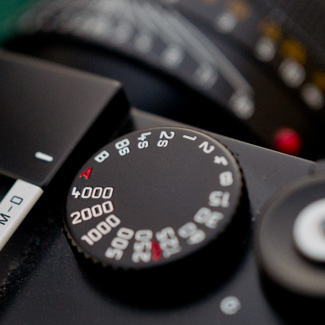 |
| |
The camera in Aperture Priority Mode |
| |
|
Aperture Priority Mode = When the shutter speed dial on top of a Leica M camera is set to A, it is short for “Aperture Priority” and allows the user to set a specific aperture value (f-number) while the camera selects a shutter speed to match it that will result in proper exposure based on the lighting conditions as measured by the camera's light meter. In other words, you set the aperture as priority (f/1.4 for example), and the camera calculates a shutter speed (1/250 of a second) that matches that. If you change the aperture to f/2.0 by changing the aperture ring on the lens, the camera will re-calculate the speed to 1/125 so as to get the same amount of light to hit the sensor (f/2.0 is half the light through the lens as f/1.4 and 1/125 if twice the amount of light on the sensor as 1/250).
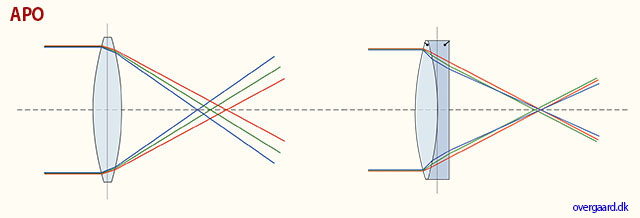
APO corrected basically means that the red, green and blue has been corrected to meet more precisely in the same spot. Clarity of colors and definition of details would be the result.
APO = in lens terminology stands for "apochromatically corrected". In most lenses, optical design concentrates the focus of blue light and green light into a single plane, but red light falls slightly into another plane of focus. In APO lenses, the design and expense has been put in to making red light focus on the same plane as blue and green. Under a microscope you would see that all light subject is now in focus, creating a sharper image overall. Many manufacturers offer APO designs, but in most of these only the very center of the lens is APO corrected. Leica prides itself on making most of the frame APO corrected.
APo-correction has traditionally been used for long tele lenses (and periscopes), but in recent years APO-correction has been applied to 50mm and wide angle lenses as well. One will notice that the colors are really bright and alive, almost more real than to the eye, in lenses like the Leica 90mm APO-Summicron-M ASPH f/2.0 and 50mm APO-Summicron-M ASPH f/2.0.
Apochromat; ORIGIN early 20th century, made of the two words; apo (Greek origin, away from) and chromatic (Latin origin, meaing relating to color).
| |
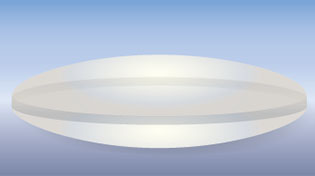
spherical (ball) |
| |
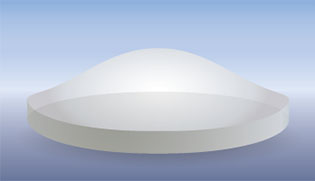
a-spherical (non-ball) |
| |
|
ASPH = (Aspherical lens) stands for "aspheric design".
Most lenses have a spherical design - that is, the radius
of curvature is constant. These are easy to manufacture by
grinding while "spinning" the glass. This design
however restricts the number of optical corrections that can
be made to the design to render the most realistic image possible.
ASPH lenses (a-spherical, meaning non-spherical), however, involve usually 1 element that does
*not* have a constant radius of curvature. These elements
can be made by 1) expensive manual grinding, 2) molded plastic,
or 3) Leica's patented "press" process, where the element
is pressed into an aspherical ("non-spherical")
shape. This design allows Leica to introduce corrections
into compact lens designs that weren't possible before. Practically,
the lens performs "better" (up to interpretation)
due to increased correction of the image, in a package not
significantly bigger than the spherical version.
There is another Aspherical lens manufacture technique: an uneven coating layer is applied to a spherical lens. The coating is thicker on the edges (or on the center, depending). Canon "Lens Work II" calls these "simulated" aspherical lenses. Simulated and Glass-Molded (GMo) asphericals show up in non-L Canon lenses, while the L lenses have actual ground aspheric elements.
A- means non, or without. From Latin, ex.
Sphere: ORIGIN Middle English : from Old French espere, from late Latin sphera, earlier sphaera, from Greek sphaira "ball".
| |
|
|
 |
| Normal spheric lens (grinded) |
|
ASPH (note the shape of the glass as result of pressing rather than grinding) |
Auto- means “self”. The idea is that when a camera has auto-(something), it does that (something) by itself.
Banding = Noise in digital images. Horizontal lines in a horizontal picture (if the camera is in portrait mode/vertical, the lines will obviously be vertical). It's simply noise; the result of uncontrolled algorithms working overtime with an image the sensor really can't see because it's very dark. (If your image has vertical lines in it, it is more likely that the sensor needs remapping).
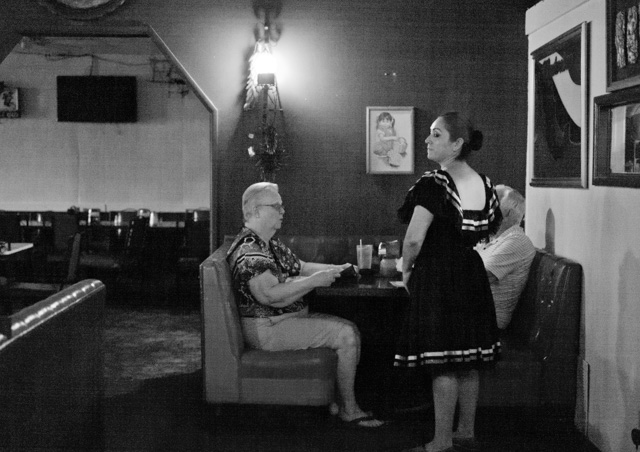
This image at 6400 ISO, underexposed and then brought up to correct exposure in Lightroom, displays banding: Horizontal lines in the image. Leica M-D 262 with Leica 50mm APO-Summicron-M ASPH f/2.0.
Base ISO = The ISO the digital sensor was born with. Even a digital sensor goes from say 50 ISO to 25,000 ISO, it only has one base ISO. Any other setting is an algorithm that figures out how the image whould look if there was 64 times more light, or half the light, etc.
When you go down from Base ISO (for example 200 to 100 ISO), you can expect a
decrease in quality. When you go up, the decrease is much less. For some sensors, you loose 2-3 stops by going down 1 step in ISO, but can go 8 steps up and only loose 1 stop in dynamic range. Basically, your ISO range should be from Base ISO and as far up as you can, before you see visible decrease in quality (mostly 3200 ISO - 6400 ISO).
Base ISO for Leica M9 is 160 ISO, for Leica M240 it is 200 ISO. For Leica M10 it is around 160 ISO. For Leica M Monochrom it is 320 ISO. For Leica Q and Leica Q2 it is around 100 ISO. For Panasonic Lumix S it is 200 ISO. For most Canon cameras the base ISO is around 100, for most Nikon cameras it is around 200 ISO.
Bokeh = The visual quality of the out-of-focus areas of a photographic image, especially as rendered by a particular lens: It's a matter of taste and usually photographers discuss a 'nice' or 'pleasant' bokeh (the out-of-focus area is always unsharp, which is why the quality discussed is if one likes the way it renders or not by a particular lens). The closer you get to something, the 'more' bokeh' you get (in that the focus becomes less for the background and foreground at close distances than at long distances). ORIGIN from Japanese 'bo-ke' which mean 'fuzzines' or 'blur.'.
 Bokeh: The visual quality of the out-of-focus areas of a photographic image. Photo at Bar del Fico in Rome. Leica TL2 with Leica 35mm Summilux-TL ASPH f/1.4. © Thorsten Overgaard. Bokeh: The visual quality of the out-of-focus areas of a photographic image. Photo at Bar del Fico in Rome. Leica TL2 with Leica 35mm Summilux-TL ASPH f/1.4. © Thorsten Overgaard.
C = Continuous shooting. When the ring by the Shutter Release on top of the camera (or in the menu of digital cameras that doesn't have such a feature on the outide of the camera) is moved from OFF to C, the camera takes series of images as long as the shutter release is pressed down. In some cameras the speed of continious shooting can be adjusted.

Camera comes from Chambre, mostly in relation to Spanish soldiers’ rooms. Obscura means 'dark', so a dark room is basically the derivation for the word camera.
Camera - is today’s short name for Camera Obscura (meaning “a dark room”). Camera means Chambre and was used only as a Latin or alien word, actually only for Spanish soldiers’ rooms, until popularized in connection with photography in 1727: “Camera Obscura”. In 1793 the slang term “camera” was used by Sterne Tr. Shandy: “Will make drawings of you in the camera” and by Foster (1878), “The eye is a camera”. Camera Obscura was described by Iraqi scientist Ibn-al-Haytham in his book, “Book of Optics” (1021) and by Leonardo da Vinci in 1500; popularized and made widely known in 1589 by Baptista Porta when he mentioned the principle in his book “Natural Magic”. Johannes Kepler mentions Camera Obscura in 1604.
Camera = chambre (room), Obscura = dark (or cover).
| |
|
|
| |
Why is it called a "camera"..?
The word Camera is today's short name for Camera Obscura (which originally means “a dark room”).
Origin of the word Obscura means "dark" or "covered", and the word Camera means Chambre and was used originally only as a Latin or alien word, actually only for Spanish soldiers' rooms, until popularized in connection with photography in 1727: “Camera Obscura”.
In 1793 the slang term “camera” was used by Sterne Tr. Shandy: “Will make drawings of you in the camera” and by Foster (1878), “The eye is a camera”.

Ibn-al-Haytham mentioned Camera Obscura in his "Book of Optics" in 1021.
The concept of Camera Obscura was described by Iraqi scientist Ibn-al-Haytham in his book, “Book of Optics” (1021) and by Leonardo da Vinci in 1500; popularized and made widely known in 1589 by Baptista Porta when he mentioned the principle in his book “Natural Magic”. Johannes Kepler mentions Camera Obscura in 1604.
Camera = chambre (room), Obscura = dark (or cover). |
|
| |
|
|
CCD sensor (as used in Leica M8, M9, Leica S) = (Charged Coupling Devices) - The first digital cameras used CCD to turn images from analog light signals into digital pixels. They're made through a special manufacturing process that allows the conversion to take place in the chip without distortion. This creates high quality sensors that produce excellent images. But, because they require special manufacturing, they are more expensive than their newer CMOS counter parts.
CLA
An acronym for "(C)lean, (L)ubricate & (A)djust", whereby the item is merely re-lubricated, fine-adjusted and calibrated rather than repaired. "I just got my equipment back from CLA at Leica"
CMOS sensor (as used in Leica CL, Leica T/TL/TL2, Leica M10, Leica M 240, Leica M Monochrom Typ 246, Leica S Typ 007, Leica SL, Leica Q, Leica Q2, Leica M10, Leica X, Leica D-Lux, etc.) = (Complimentary Metal Oxide Semiconductor) chips use transistors at each pixel to move the charge through traditional wires. This offers flexibility because each pixel is treated individually. Traditional manufacturing processes are used to make CMOS. It's the same as creating microchips. Because they're easier to produce, CMOS sensors are cheaper than CCD sensors. CMOS allow Live View and use less energy than CCD.
Collapsible - Usually refers to a collapsible lens such as the Leica 50mm Elmarit-M f/2.8 Collapsible, or Leica 90mm Macro Elmar-M f4.0 Collapsible, etc. A collapsible lens is one that can collaps into a compact lens when not in use.
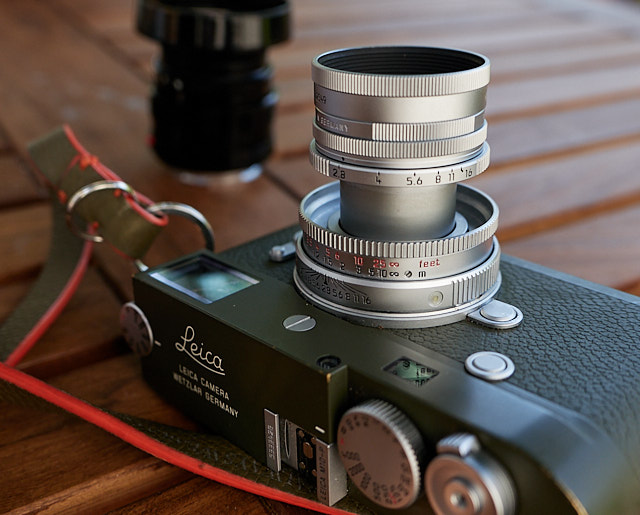
The Leica 50mm Elmar-M f/2.8 Collapsible on a Leica M10-P Safari. Here extruded for use; it can collapse into the camera so as to be more compact when not in use. © Thorsten Overgaard.
Contrast - The degree of difference between tones in a picture. Latin contra- ‘against’ + stare ‘stand.’
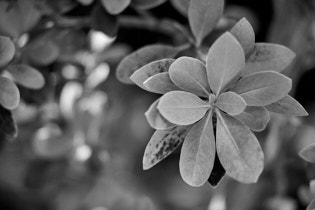 |
|
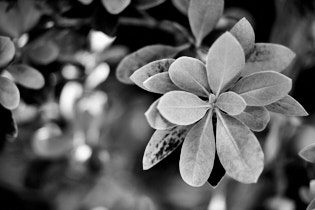 |
| Normal to low contrast |
|
High contrast |
| |
|
|
D-Lux (Digital Lux) = A series of compact digital cameras by Leica Camera AG developed with Panasonic since 2003. See my article "Compact Digital Leica Cameras" and my Leica D-Lux 7 review. Lux comes from Latin and means Light.
| |
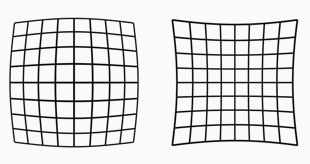 |
| |
Lens distortion looks like this. The lines are not straight. Our eye uses distortion correction. Lens designers can design lenses so they have very little distortion, or they can make less complicated lens designs and "fix" the distortion in software. |
| |
|
Distortion = In photo optics/lenses: When straight lines in a scene don't remain straight because of optical aberration.
Lens designers can correct for distortion to a degree so the whole image field is perfect corrected and all lines remain straight. In modern lens design many designs rely on Software Distortion Correction (SDC).
The eye adjusts for distortion so we always see vertical and horizontal lines straight when we look at things. Even when you get new prescription glasses (if you use such), you will often experience distortion in your new glasses. After a few days they eyes have adjusted for the glasses and the distortion you saw to begin with is now gone. Software Distortion Correction (SDC) is far behind what the human eye can perform of adjustments. (Also see my definition on Perspective for more on the eye and optics)
DNG = Digital Negative, an open standard developed by Adobe. It is a single file that contains the raw image data from the sensor of the camera as well as date, time, GPS, focal length, settings, etc.
The alternative is a RAW file + XMP file where the RAW file contains the image information and the XMP contains the rest of information about where, how and when the picture was taken, as well as editing data when the photo is edited in Lightroom or Capture One.
A Camera Raw profile (that is specific for that camera) in the computer helps the software program, for example Adobe Lightroom, to translate the RAW data into the image. Camera producers provide a Camera profile with their camera, and Adobe makes their own 'refined' Adobe Raw camera profile for all new cameras.
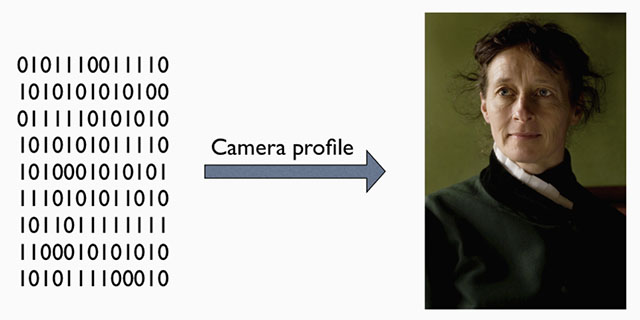
A raw file (or DNG) is simply the full recording of digital data (1's and 0's) from the sensor. In the computer, the sensor data is translated into the exact colors, via a camera profile.

Narrow Dept Of Field in use: The face is in focus, the hand in front is slightly out of focus, the background is much out of focus and blurry, reduced to an atmosphere. Leica 50mm Noctilux f/1.0 at f/1.0 and 2.5 meters distance to subject in focus. © Thorsten Overgaard.
 |
|
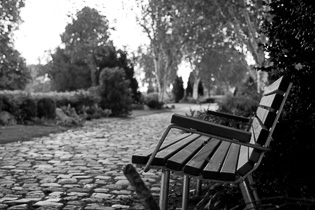 |
| 50mm f/1.4 lens at f/1.4. |
|
50mm f/1.4 lens at f/5.6 |
| |
|
|
| |
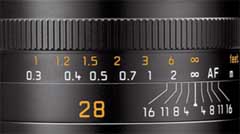 |
| |
The lines on this 28mm lens indicates the DOF. Here the focus is on infinity, and if the lens is stopped down to f/1.6, objects from 1.8 meter to ininity will be 'acceptable sharp'. |
| |
|
DOF = Depth of Field (or Depth of Focus), an expression for how deep the focus is, or (more often use to express) how narrow the area of focus is. This is how much of the image, measured in depth or ditance, will be in focus or "acceptable sharp".
The appearance of the DOF is determined by:
1) aperture (the smaller the aperture hole is, the deeper is the depth of field, and opposite, the wider open a lens you se, the more narrow will the DOF be) and
2) distance to the subject (the farther away, the larger area is sharp; the closer the subject in focus is, the more narrow the DOF gets)..
The DOF scale measurement on top of the Leica lenses shows lines for each f-stop that indicates from which distance to which distance the image will be sharp. Shallow DOF is a generally used term in photography that refer to lenses with very narrow focus tolerance, like f/1.4 and f/0.95 lenses, which can be used to do selective focus; making irrelevant subjects in the foreground and background blurry so only the subjects of essence are in focus and catches the viewers eye).
in modern cameras like the Leica SL2, the camera has a DOF scale inside the viewfinder. As DOF is the same for all lens brands and designs, only depending on focal length, distance and aperture f-stop, the camera can calculate it and show a 'digital DOF scale" in the viewfinder.
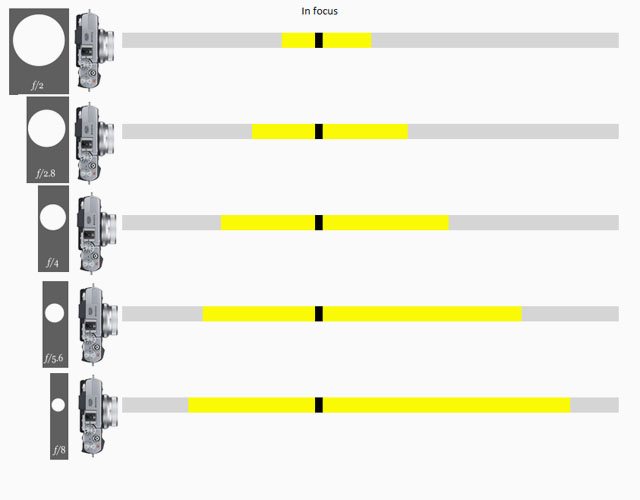
Depth Of Field scale from Fujifilm, same lens with different aperture settings from f/2.0 to f/8.0.

Depth of Field: Focus is on the flowers and the photograph on the desk and the foreground and background is blurred as the depth of field is narrow. If one stop down the aperture of the lens from f/1.4 to f/5.6, more will be in focus. If one stop down the lens to f/16 even more (if not all) will be in forcus. Another rule: The closer you go to a subject (the less focusing range), the more narrow the Depth of Field will be. © Thorsten Overgaard.
Dynamic range. The grade of ‘contrast range’ (or number of tones) a film or sensor, or simply a photograph, possess between bright and dark tones. The human eye is said to have a dynamic range of 10-14 ‘stops’ (but because we scan area by area and compile a concept of the overall scene, they eye is often thought to have a much higher dynamic range), Film used to have 7-13 ‘stops’ and some modern sensors have up to 15-17 ‘stops’.
E - Diameter in Leica filters and screw diameter, as in E46 which means that the filter diameter is 49mm for this lens. In general language, one would see Ø46 used, as Ø is the general symbol for diameter.
Elmar = Refers to the maximum lens aperture - here f3.5 . Historically derived from the original 1925 50mm f3.5 Elmax lens, which was an acronym of (E)rnst (L)ieca and Professor (Max) Berek, designer of the original lenses. Later that year the 50mm f3.5 Elmar superceded the Elmax, which was discontinued due to its complexity and high cost of manufacture.
Elmarit = Refers to the maximum lens aperture - here f2.8 . The name is obviously derived from the earlier (and slower) "Elmar" designation. Not every f/2.8 lens is called an "Elmarit" though, the most obvious current exception being the 50mm f2.8 Elmar-M collapsible lens which for nostalgia and marketing reasons has kept the original 1930's Elmar name (the 50mm f3.5 collapsible Elmar, manufactured 1930-59, was one of Leica's most famous and popular lenses). Vario-Elmarit (and Vario-Summicron, etc) is Leica Camera AG's name for zoom lenses.
Elmax
Elmax lens named after = Ernst Leitz + Max Berak. Ernst Leitz was the founder of Ernst Leitz Optical Industry which later became Leica. Professor Dr. Max Berak was employed at Leica in 1912 and was the architech of the first Leica lens which Ernst Leitz asked him to design for the "Barnack's camera" (the 1913-prototype named after Oscar Barnack who invented it). The lens was a f/3.5 50mm and was known as the Leitz Anstigmat and later the Elmax.
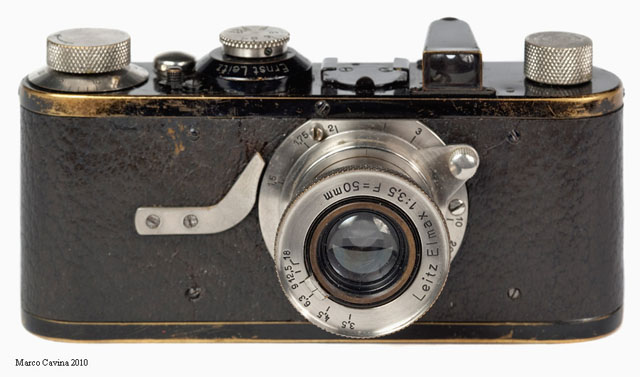
The Leitz Elmax 50mm f/3,5 (1925-1961) on the Leica A camera (1925) camera. Photo by Marco Cavina.
EVF = Electronic ViewFinder. A viewfinder where you look at a small screen through optics/prisms. The advantage is that you see what the sensor sees.
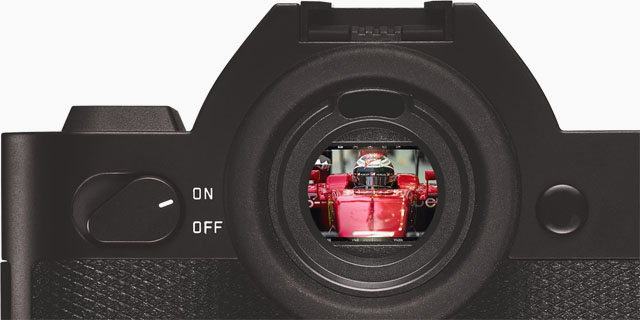
The EVF (Electronic Viewfinder) on the Leica SL 601.
EXIF =Exchangeable Image File, a file generated in camera and enclosed in the image file that contains recording information on the image such as shutter speed, exposure compensation, what metering system was used, aperture setting, ISO setting, date and time the image was taken, whitebalance, which lens was used, camera model and serial number. Some images may even store GPS information so you can see where the image were taken. The data from the EXIF file continues to follow any later editions of the image and can be read in photo editing software such as Capture One and Lightroom, as well as Photoshop (go to the menu File > File Info). There is also software available that can read EXIF data from any file, like Exifdata.com.
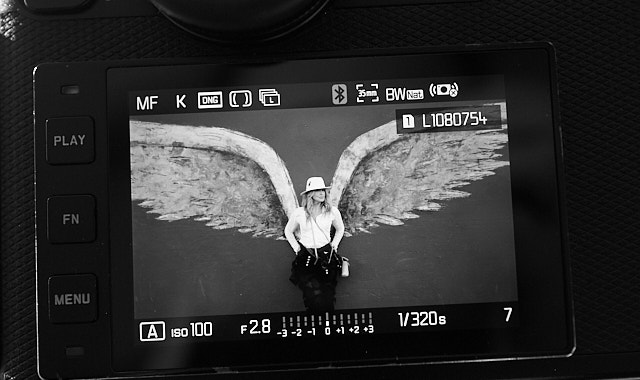
The EXIF data is all the information about shutter speed, metering method, ISO, etc. - and then some more that you don't see on the screen (such as camera model, serial number, lens used, etc).
Exposure Bracketing = The possibility to set the camera to automatically record a series of images where the exposure is above and below what the camera measures. The idea is that at least one of the images will be correctly exposed.
f/ (f-stop, also known as aperture).
f- (focal length). Often given in mm, for example 90mm. In the past they were often given in cm or inch, for example 9.5 cm or 3.2 inch.
f-stop = the ratio of the focal length (for example 50mm) of a camera lens to the diameter of the aperture being used for a particular shot. (E.g., f/8, indicating that the focal length is eight times the diameter of the aperture hole: 50mm/8 = 6,25 mm); or the other way around, the hole is the focal length divided with 8).
ORIGIN early 20th cent.: from f (denoting the focal length) and number.
One f-stop is a doubling or halving of the light going through the lens to the film, by adjusting the aperture riing. Adjusting the f-setting from f 1.4 to f.2.0 is halving the light that goes through the lens. Most Leica lenses has half f-stops to enable the photographer to adjust the light more precicely.
Filters = Glass filters you put in front of the lens. A much used filter is the claer UV filter that is supposed to protects the front of the lens. Other filters are color filters that add effects to black and white photography by changing the color balance. Other filters are ND (Neutral Density) filters that reduce the amount of light coming through (used for for example video recordings as video is usuallu filmed at 1/50th second shutter speed and thus most lenses are too bright wide open. Or they are used for long exposure photography in order to record for example stars movements over the sky. Other filters are filters that create star effects, or blur the view, and almost any effect you can think of.
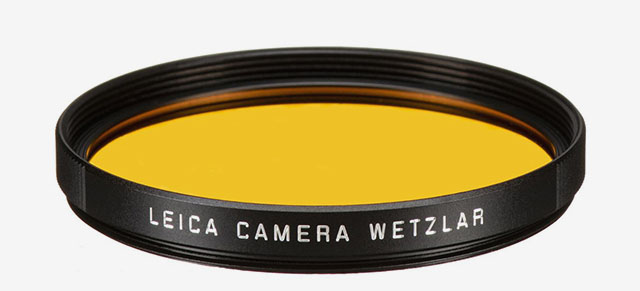
A traditional Yellow filter in 49mm diameter to screw onto the front of the lens. The yellow filter is used for black and white photography where it slightly darkens skies, helps to cut through haze, and improves overall contrast. Yellows and reds within the scene are also lightened.
Flare = Burst of light. Internal reflections between (and within) lens elements inside a lens. Mostly, flare has a characteristic "space travel" look to it, making it cool. Particularly in older lenses with less or no coating of the glass surfaces to suppress this, it can be a really cool effect. In newer lens designs, the coatings and overall design try to suppress flare and any reflections to a degree, so that there is seldom any flare to be picked up (moving the lens to pick up a strong sunbeam), but instead a "milking out" (or "ghosting") of a circular area of the frame; meaning simply overexposed without any flare-looking flares.
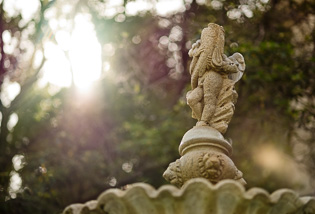 |
|
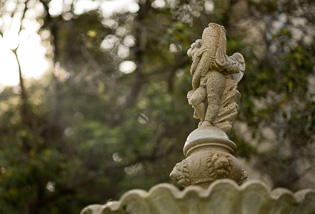 |
Sunlight creating (fairly supressed) flare in the bottom right quadrant of the image of a modern lens. |
|
The camera moved slightly to avoid the flare. |
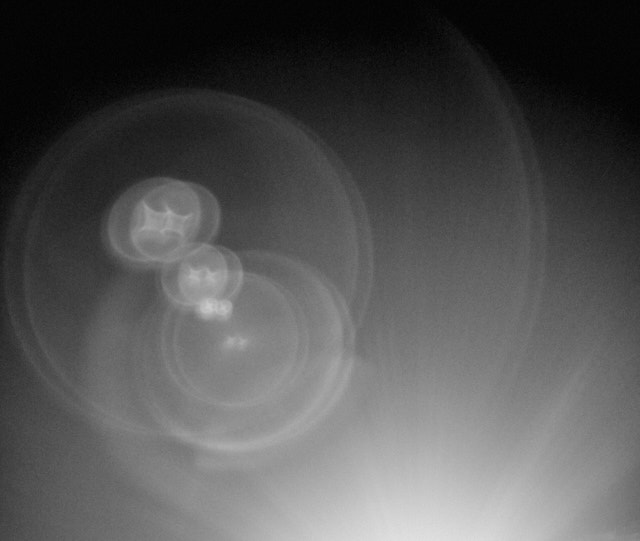
Older lenses with less coating, or without coating, are known to create flare that can look like this (Leica 50mm Summicron-M f/2.0 II Rigid model from the 1960's). © Thorsten Overgaard.
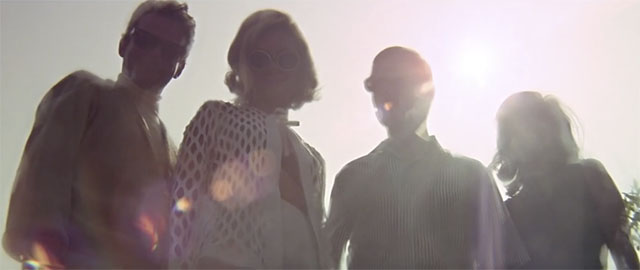
Lens flare in the movie, The Graduate (1967).
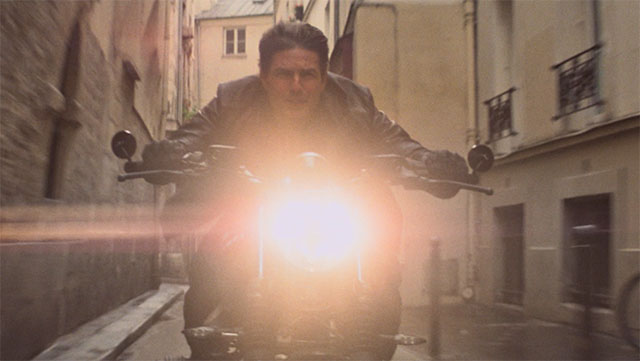
Lens flare in Mission Impossible Fallout (2019)

Lens Flare in Star Trek (2013). JJ Abrams famously said, "I know there's too much lens flare ... I just love it so much. But I think admitting you're an addict is the first step towards recovery (ha ha)"
|
FLE = See "Floating Elements"
Flickering in the EVF is very normal and will apear often without the vertical lines you see in the EVF will be in the picture.
| |
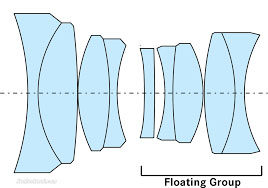 |
| |
Floating elements (a group of lenses or can also be s aingle lens element). . |
Floating Elements (FLE) = Near focus correction in a lens by having a single lens or a group of lenses floating independently of the other lenses. Most lenses are born with poor performance at their closest focusing distance. Center sharpness may be good, but aberrations and corner softness increase when you’re shooting closeups. Floating elements are lens elements outside of the primary focus group that change position when the lens is focused on a close object, correcting aberrations and improving close up performance.
Floating Elements originally was coined by Canon in the 1960's and quickly became the general term for this feature. Other brands came up with new names for the same thing, Minolta called it Floating Focusing, Nikon used the term Close-Range Correction (CRC), Leica call it FLE/Floating Elements.
Floating elements are for close-focus improvement of image quality and not for reducing "focus shift". Floating elements by themselves cannot reduce focus shift, but by reducing the impact of focus distance on performance, they give the designers more freedom in other areas - which could include minimising focus shift.
(As a side-note, when a lens "rattler when moved, it is not the floating elements "floating around" but can be the IS (Image Stabilization) elements for elense that has that, AF elements for auto focus lenses, or the aperture cage that rattles (as in the case of the Leica 35mm Summilux-M f/1.4 FLE - if you stop down the Summilux to f/16, the sound is usually not there).
| |
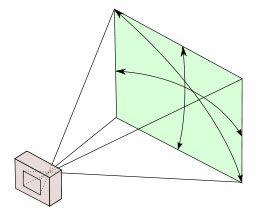 |
| |
A 28 mm lens has a 74° viewing angle |
| |
|
Focal length = Originally focal length referred to the distance from the sensor (or film in older days) to the center of focus inside the lens (28mm, 50mm, 400mm, etc). Today one call it effective focal length (EFL) as a 400mm lens is not nessesarily 400mm long due to optical constructions that can make it shorter. The 35-420mm zoom on the Leica V-Lux 1 is for example only ca. 135 mm long. Nobody uses that measurement, except those who construct lenses! For users of lenses, focal length refers to how wide the lens sees. The viewing angle, which is often given in for example 90° viewing angle for a 21mm lens, 74° viewing angle for a 28mm lens, 6° viewing angle for a 400mm lens, etc.
Each human eye individually has anywhere from a 120° to 200° angle of view, but focus only in the center.
Focus, in - Sharp and clear in appearance. Focus - “The burning point (of a lens or mirror)”. In Latin the word focus meant fireplace or hearth. The word was probably first employed outside of its Latin literal use as “the burning point of a lens or mirror” in optics, and then came to mean any central point. The German astronomer Johannes Kepler first recorded the word in this sense in 1604.
Focus shift = That the focus of a lens shifts as the aperture changes. For example, if one focus a 50mm lens at f/2.0 and then stop the aperture down to f/8, the focus may change, especially noticeable in close focusing. Modern lenses with floating elements (FLE) where the floating elements adjust for image quality in close-focusing may also help avoid focus shift.
Four Thirds - Also known as "4/3" - The Four Thirds System is a standard created by Olympus and Kodak for digital SLR camera design and development.
The system provides a standard which, with digital cameras and lenses available from multiple manufacturers, allows for the interchange of lenses and bodies from different manufacturers. Companies developing 4:3 cameras and/or lenses are Fuji, Kodak, Leica, Olympus, Panasonic, Sanyo, Sigma. See www.4-3system.com
A further development in this was Micro Four Thirds Systems.
Frame lines = the lines inside a viwfinder that indicates the edger of the frame. In a Leica M, the viewfinder always is as wide view as 24-28mm. A mechanical contach on the lens (triggers the camreas frame selector) so the viewfinder shows the frame line of that lens. In the Leica M, the frame lines comes in sets, so there are alwaus twop sets of frame lines shown at any time (see illustration below).
(This is different than in most cameras where you only see what the lens captures: SLR cameras was the evolution in 1940's where the image from the lens was displayed directly onto a matte screen inside the camera via a mirror.
Later mirrorless cameras, the viewfinder shows the exact picture that the sensor sees through the lens).
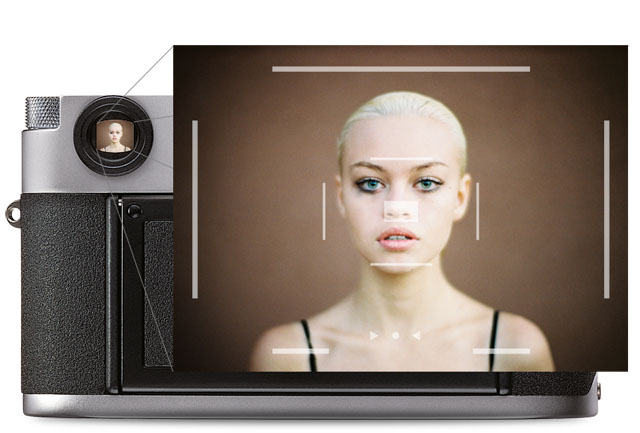
Frame lines of the Leica M, here showing the set of 35mm and 90mm framelines.
| |
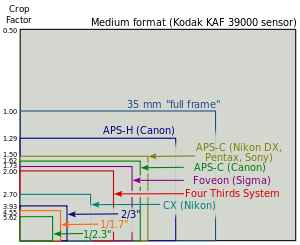 |
| |
Full Frame is "king of photography" |
| |
|
Full Frame (FF) = The size of the sensor is 24 x 36mm which is the format Oskar Barnack and Leica Camera AG invented with the first Leica that was introduced in 1925. Many other formats invented since, such as APS, APS-C and all usually refer to Full Frame ratio, by which it means what size they have compared to Full Frame. The "full frame" technically deifinition thouhg is a sensor that camtures the full frame in one go (as the early sensors as in Leica S1 scanned the image/senor over a period of time).
The 24 x 36mm Full Frame format is so "king of photography" that it has continued to be the ideal for all cameras. Besides this, there exists Large Format cameras such as 4x5" (100 x 125 mm) and Medium Format 6x6 (60 x 60mm amongst other sizes in that area).
Ghosting = Secondary light or image from internal reflections between (and within) lens elements inside a lens. The reflected light may not always be in focus, so overall it looks like a "milked out" image. A subject in focus has brightened patches in front of it that come from reflections inside the lens. the most elementary look of ghosting is when you look in a rear-view mirror in a car at night and you see doubles of the headlights behind you (a strong one and a weaker one), because the headlights are reflected in a layer of clear glass on top of the mirror glass.
 |
|
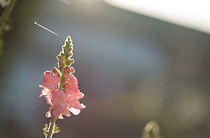 |
|
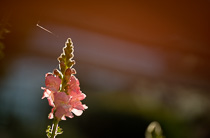 |
| Degrees of ghosting from strong sunlight entering from outside the frame. To the right the outside light has been shielded with a shade. |
ISO = Light sensitivity of the camera sensor is given in ISO (International Organization for Standardization). It's a standard that was used in film and is now used in all digital cameras also. The base ISO for the Leica TL2 sensor is around 100-150 which means that this is what the sensor "sees". All other levels are computer algorithms calculating the effect as if the sensor could "see" more (hence noise at higher ISO levels).
ISO goes in steps of doubling: When the ISO is raised from 100 ISO to 200 ISO, the camera only need half the amount of light to make the same picture. For each step in ISO to 400, 800, 1600, 3200, etc. the light sensitivity is doubled for the sensor (and the camera sensor only need half the light of the previous ISO to record the same image).
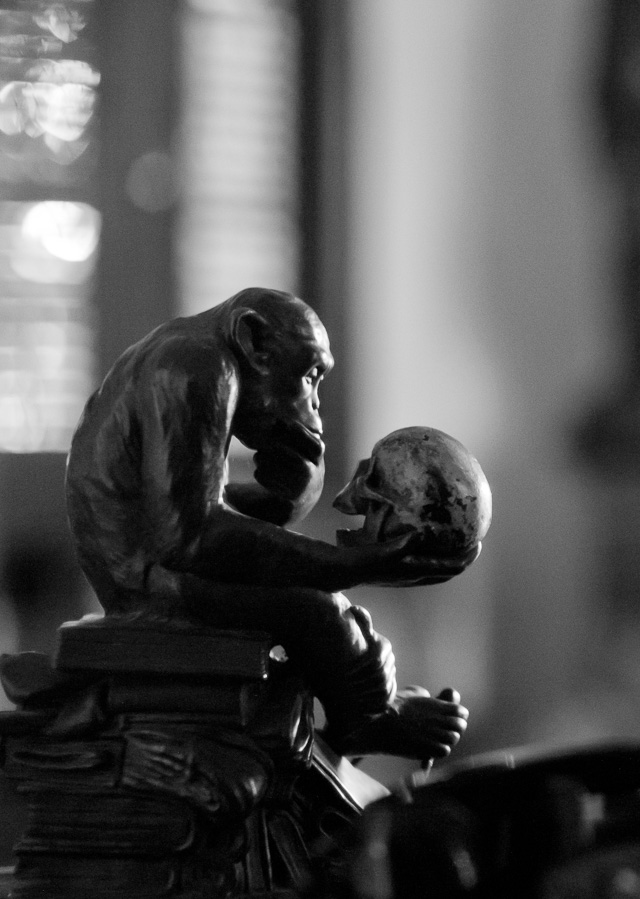
6400 ISO indoor photo. With modern cameras the ISO can go to 3200, 6400, 12,800 and even higher without loss of dynamic range and without digital noise. Leica M10 with Leica 50mm Noctilux-M ASPH f/0.95. © 2017 Thorsten Overgaard.
JPEG = A standard for picture format made in the 1990's by Joint Photographic Experts Group). Mostly referred to as JPG as in L1003455.JPG which would be the name for a JPG file from the camera.
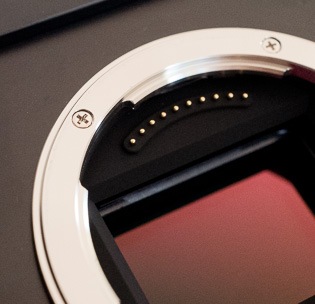
Leica L-mount bayonet. |
L-mount = Lens bayonet mount introduced by Leica for the Leica T in 2014 and used for Leica TL, Leica CL and Leica SL. Since 2019 the L-mount has also been shared with Panasonic, Sigma and others who produce cameras and lenses that are compatible with Leica L cameras and lenses lenses, and vice versa.
The L-mount has a diameter of 51.6 millimeter which is big enough for any design we could wish to design, and at the same time compact enough for the L-mount to be used on compact cameras such as Leica TL and Leica CL with APS-C sensor sizes. Leica chief lens designer Peter Karbe spent years calculating this ideal size, large enouhg for any design, yet as compact as possible. Read my article "Small Camera, Large Print" (2019) with interview with lens designer Peter Karbe for more.
After Leica introduced this new bayonet mount in 2014, Nikon (Z-mount 55mm), Fuji (G-mount 65mm) and Canon (RF-mount 54mm) followed with similar new bayonet mounts, but with bigger diameter, making them less able to produce compact lenses.
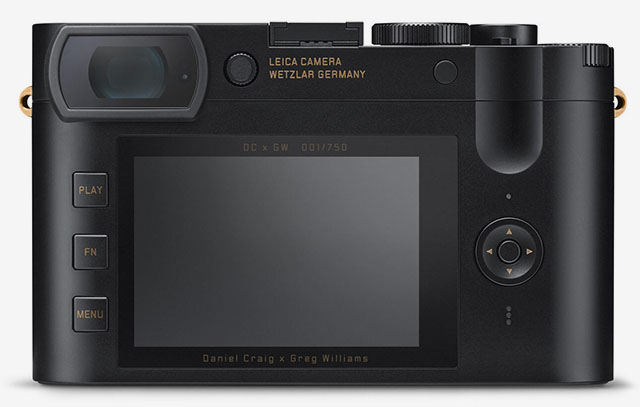
A screen on a camera is often referred to as "LCD Screen" for no particular reason (illustration is the back of the Leica Q2 special limited "James Bond/Daniel Craig & Greg Williams" version (2021).
LCD = Screen. LCD itself means liquid crystal display, which is slightly irrelevant (what it is made of) as the expression is mostly used to simply mean "screen".
Leica = A compound word derived from " (Lei)tz" and "(ca)mera". Apparently they were originally going to use "LECA", but another camera company already used a similar name in France, so they inserted the 'i' to prevent any confusion.
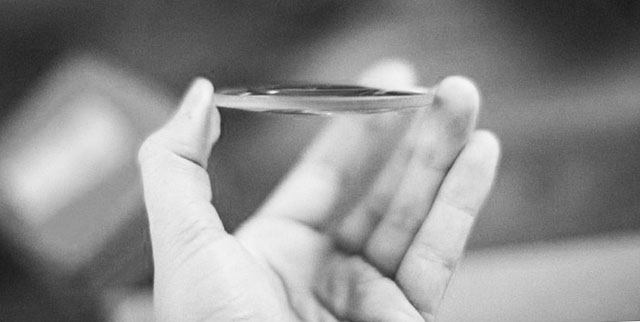
The word lens derives from lentil, because of the similar shape.
Lens - A piece of glass or similarly transparent material (like water or plastic) that has a shape so that it can direct light rays. The word “Lens” is used both for single piece of glass as well as a camera lens with several lenses that works together. From ‘lentil’ because similar in shape.
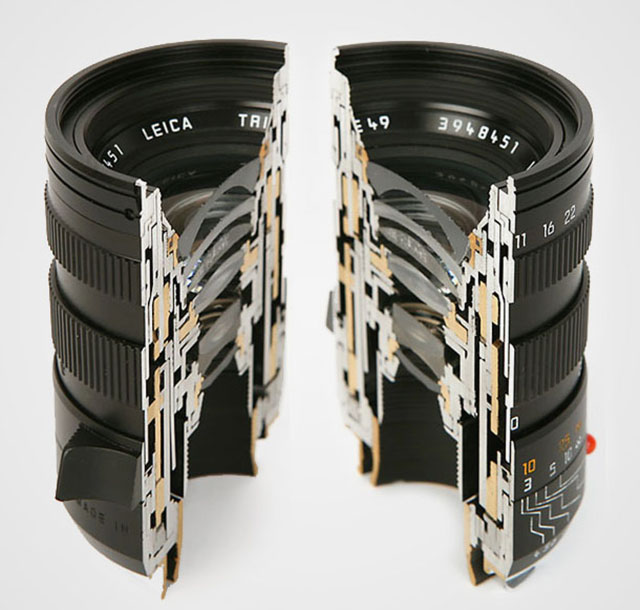
A camera lens consists of several shaped lens elements of glass. The lenses can also be made of simple cheap plastic as in "kit lenses" (sold with a camera as a kit to make a workable cheap package), but it is mostly very exotic glass (that can be heavy or light in weight, very hard or very soft in surface (esay to scratch or very resistant) with each optical glass recipe made to develop very specific qualities in how the glass and final lens treats light. As a general rule, high quality glass is soft, which is why some lenses has as their front and back element, a non-optical lens element that is there to protect the actual optical glass from scratches. As a side noite, Leica made their own glass laboraty, The Leitz Glass Laboratory, from 1949-1989, which deveopled 35 new glass types and took out more than 2,000 patents of glass recipes from more than 50,000 experimental melts of glass. These designs, or recipes, are still used today by the lens designers to obtain very specific optical results. Other lens manufacturers in the world of course have had their glass laboratories, and today one will find an interchange of glass patents amongst production facilities that service Leica, Nikon,, Fuji and so on with optical lens elements.
Lens hood = (also called a Lens shade or Ventilated Shade). A tube or ring attached to the front of a camera lens to prevent unwanted light from reaching the lens and sensor. In the past where lenses were not coated to prevent internal reflections inside the lens, the lens hood was often essential. These days where lenses are coated, the shade serves just as much as decoration and protection (bumper) as well.
ORIGIN Old English hod; related to Dutch hoed, German Hut 'hat,' also to hat.
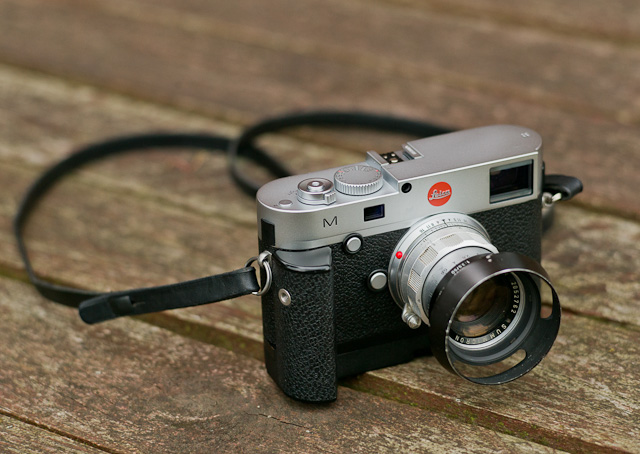
Lens hood or Lens shade or ventilated shade. In the picture is a ventilated shade with clip-on mount to a 50mm f/2.0 lens. Ventilated means it has openings that allow for view from the viewfinder.
Lens names of Leica distinguish which widest aperture the lens has:
| Noctilux |
f/0.95 - f/1.25 |
| Nocticron |
f/ 1.2 (Leica-designed Panasonic lens) |
| Summilux |
f/ 1.4 - f/1.7 |
| Summicron |
f/2.0 |
| Summarit |
f/2.4 - 2.5 |
| Hektor |
f/1.9 - f/6.3 (used 1930-1960 for screw mount lenses only) |
| Elmarit |
f/2.8 |
| Elmar |
f/2.8 - f/4.5 |
| Elmax |
f/3.5 (only used 1921-1925 for the 50mm Elmax f/3.5) |
| Telyt |
f/2.8 - f/6.8 (used for tele lenses) |
Light = Tiny particles called photons that behaves like both waves and particles. Light makes objects visible by reflecting off of them, and in photography that reflecting off of subjects is what creates textures, shapes, colors and luminance. Light in its natural form (emanating from the sun) also gives life to plants and living things, and makes (most) people happier. So far, nobody has been able to determine exactly what light is. The word photography means “writing with light” (photo = light, -graphy = writing). Read more about light in my book Finding the Magic of Light.
Live View = This is the ability to see the image the sensor see, live, via the screen on the back of the camera, or via an electronic viewfinder (EVF).
LMT - Leica Thread-Mount: Also known as M39, is the screw mounted lenses for Leica cameras. It’s a simple as that; you screw on the lens, and back in 1932, the possibility to change the lens was the big news hwen introduced by Leica on the Leica III. The M39 system was updated with the M Bayonet from 1954 for the Leica M3. The M bayonet is a quick way to change lenses and is the current mount for Leica M digital rangefinders.
M (as in "M3", "M6", "M7" etc.)
A) The M originally stands for "Messsucher", which is German "Meßsucher" for "Rangefinder". The "3" in M3 was chosen because of the three bright line finders for the 50, 90 and 135 mm lenses. Later the numbers of the M cameras were more or less chosen to follow each other.
M-body evolution in chronologic order:
M3 - MP - M2 - M1 - MD - MDA - M4 - M5 - CL - MD-2 - M4-2 - M4-P - M6 - M6 TTL - M7 - MP - M8 - M8.2 - M9 - M9-P - MM (black and white sensor) - ME (Type 220) - Leica M (Type 240) - Leica M-P 240 - Leica M 246 Monochrom - Leica M-A (type 127, film camera) - Leica M 262 - Leica M-D 262 (without a screen) - Leica M10 - Leica M10-P, Leica M10 Monochrom, Leica M10-R.
B) M also refer to M-mount as the M bayonet that couple the Leica M lenses to the Leica M camera. Before the M bayonet the coupling between the camera and lens was screwmount.
C)
M nowadays refer to the Leica M line of cameras rather than the "Messsucher".
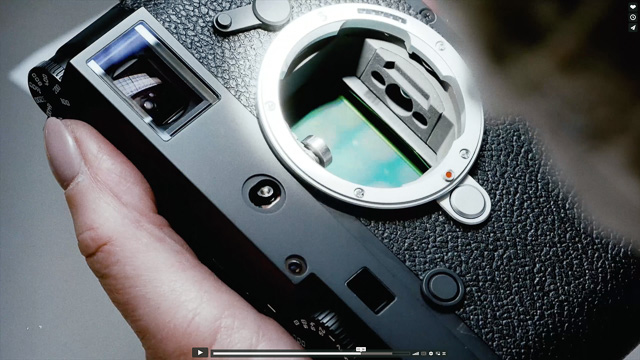
The Leica M bayonet on the Leica M10.
- M-mount: The Leica M-mount is a bayonet that was introduced with the Leica M3 camera in 1954 and has been used on all subsequent Leica M cameras, as well as on the Epson R-D1, Konica Hexar RF, Minolta CLE, Ricoh GXR, Rollei 35RF, Voigtländer Bessa, and Zeiss Ikon cameras (2019).
Compared to the previous screw mount (M39), the M
mount requires a quick turn of the lens, and ithe lens is mounted. The patent for the M-bayonet ("Bajonettvorrichtung für die lösbare Verbindung zweier Kamerateile") was registered by Ernst Leitz GmbH 10 February 1950 (patent number DE853384). Hugo Wehrenfennig was credited with the invention.
M9
Leica M9 is a model name for the Leica M9 that was introduced on September 9, 2009 (as the first full-frame digital Leica M). It was the latest model designation using the M and a number. From their next model, Leica Camera AG introduced a new model system so each camera would simply be a Leica M but then with a model designation like Typ 240, Typ 246, Typ M-D 262 and so on. The idea was inspired from Apple who name their computers for example MacBook Pro and then it has a sub- model number designation which model it is (and which would define speed of processor, etc).
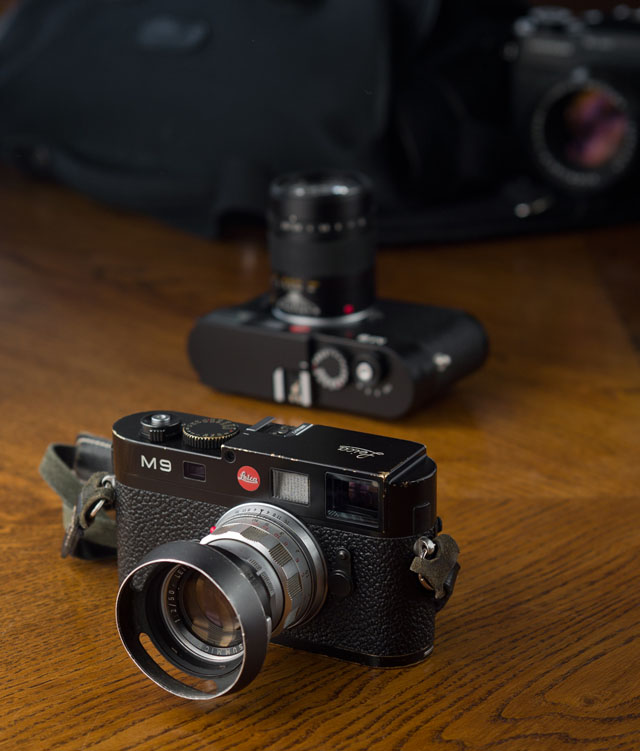
Leica M9 digital rangefinder (2009). © Thorsten Overgaard.
MACRO = Macro lens. The Leica 60mm APO-Elmarit-Macro-R ASPH f/2.8 is a 60mm lens for portraits, landscapes, etc. as well as a near focus macro lens. The Leica Q lens can be turned to Macro which enables you to go close so as to enlarge smaller subjects. The Leica M cameras becomes Macro when you add a Macro ring "Oufro" or "Leica Macro M Adapter" that increases the lens' distance to the sensor. The word macro comes from Greek makros ‘long, large.’
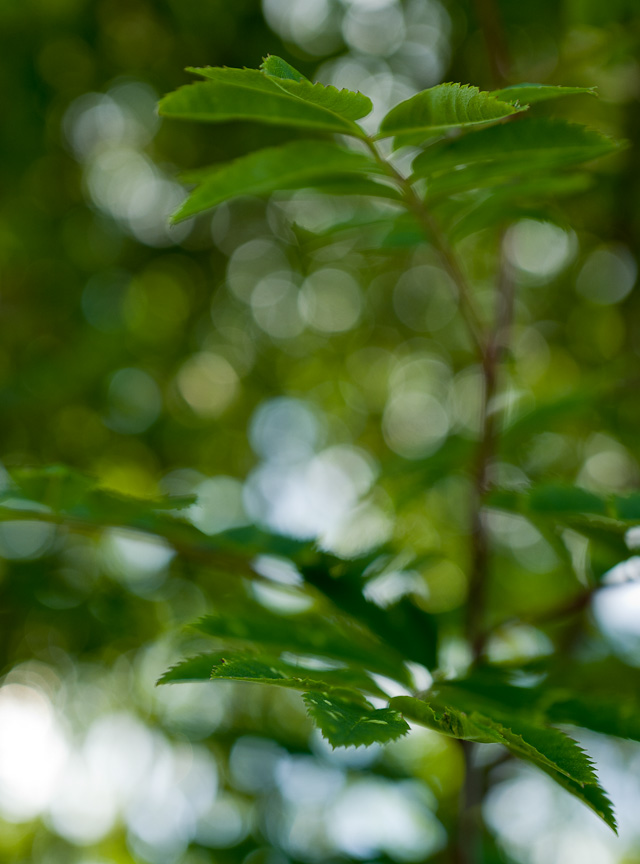
The word macro comes from Greek makros ‘long, large.’ The Leica 60mm APO-Elmarit-Macro ASPH f/2.8 is both a 60mm lens for portraits, landscapes, etc. as well as a near focus macro. © Thorsten Overgaard.
Mandler, Dr. Walter (1922 - 2005)
Legendary Leica lens designer and CEO of Ernst Leitz Canada (ELCAN) 1952-1985. Read more in Leica History.
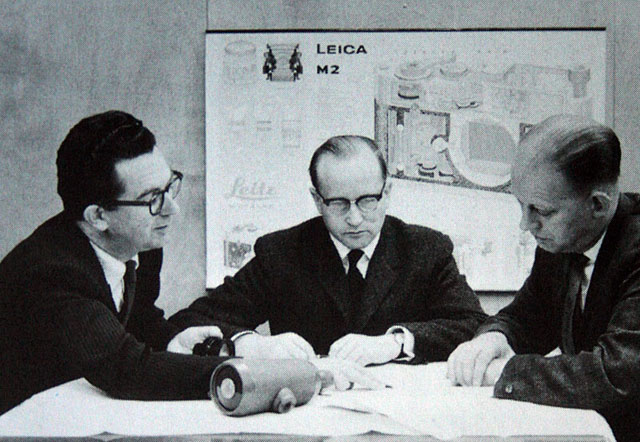
Dr. Walter Mandler (center) at the Ernst Leitz Camera factory.
Megapixel (or MP) - Millions of pixels. See pixel further down. How many units of RGB is recorded by a given sensor by taking height x widt. A Leica M10 delivers a 5952 x 3968 pixel file = 23,617,536 piexls. On a screen the resolution you choose determines the size of the image. Say you have a 5000 pixel wide file and your screen is set for 8000 pixels wide. Then the image will fill only the 5000 pixels fo the 8000 and the rest will be empty, If you then change the screen resolution to 5000 wide, the image would be able to fill out the whole screen.
Meßsucher = (rangefinder or distance finder) = Mess = range, sucher = finder. It is always correctly written with the "ß". There are technically not three "s", rather the "ß" and one "s" because it is a word constructed by the combining of two precise words.
MF (Manual Focus) for lenses that are focused by hands, as opposed to Auto Focus.
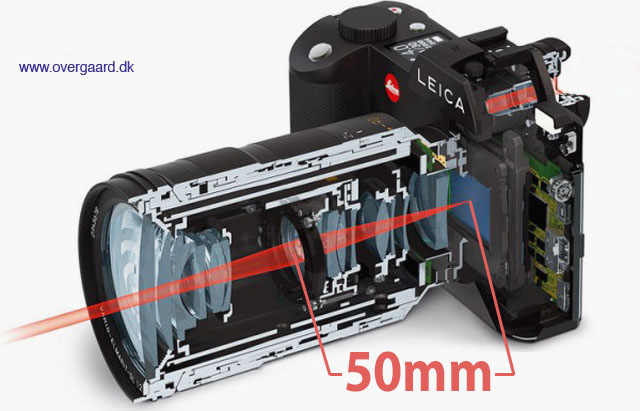
Focal length is determined by the distance from focus inside the lens to sensor surface to, and is given in milliemeters (mm). © Thorsten Overgaard.
mm = millimeter(s), as in a 50mm lens. (Earlier in lens history lenses focal length was given in cm = centimeters; as in a 5 cm lens). For anyone used to centimeters and millimeters, it’s no wonder. But if you grew up with inches, feet and yards, you may have had a hard time grasping what a 50mm lens was. But as lenses were designed first in Europe, the metric system with centimeters and millimeters was used to describe lenses.
(Leica and others made lenses for a while with either meter scale or feet scale; but then eventually started including meter and feet on all the lenses (two scales, usually distinguished with different colors). However, the lens' focal length remained always 50mm, 75mm and so on).
The reason a 50mm lens is a 50mm lens is that there is 50mm from the focus plane (the film or sensor surface) to the center of focus inside the lens. When photography was a young subject, it was engineers who made it all, and the users were expected to understand. The engineers were so into the making of the lenses, that it apparently never dawned upon them that today’s users would think of a 21mm lens as a wide angle lens rather than a lens where there is 21mm from the sensor to the center of focus inside the optics.
MP
a) Stands for Mechanical Perfection, as in the Leica M-P.
b) Megapixels (millions of pixels).
c) Megaphotosites (millions of photosites).
ND
Neutral Density filters are grey filters function as 'sunglasses' for lenses. They simply block the light so that a lens can work at for example f/0.95 or f/2.0 in sunshine.
If a camera is set to 200 ISO and the maximum shutter speed is 1/4.000, this will usually result that the lens has to be at f/2.8 or smaller aperture in sunshine. Else the image will over-exposed. So in order til stay within the maximum shutter speed of 1/4.000 and still use a lightstrong lens wide open, one mount a ND-filter that reduce the light with 3 stops (8X) or 6 stops (64x).
For video ND-filters are used quite a lot (as the shutter speed for video is 1/60), and ND-filters are also used to reduce the light for really long multi-exposures at night (stop-motion video and stills).
ND-filters also exist as variable ND-filters so one can adjust the amount of light going through from for example 1 stop (2X) to 6 stops (64X).
ND-filters also exist as graduated ND-filters where the top of the filter is dark and then gradually tone over in no filter (so as to reduce the skylight in a landscape for example).
The ND filters are called Neutral because it is a neutral filter. It doesn't change colors, only the amount of light.
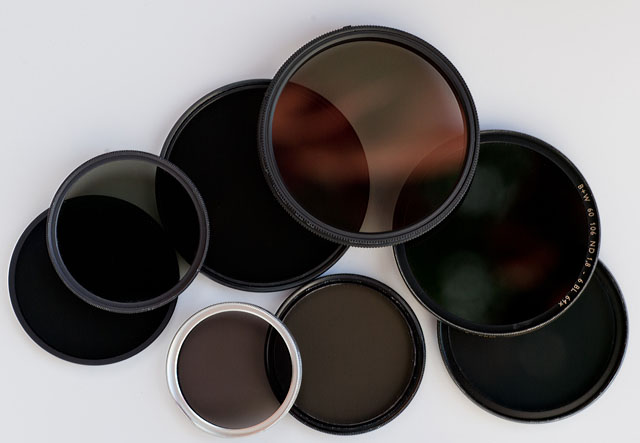
ND-filters / gray-filters.
Noctilux = Also known as "King of the Night" because "Nocti" means Night and "Lux" means Light. The f/1.0 lenes from Leica are named "Noctilux". The first Leica Noctilux lens was the 50mm Noctilux f/1.2 which shortly after it's introduction was improved to the 50mm Noctilux f/1.0. In the current model the f-stop has been improved further to f/0.95.
"Noctilux" refers to the maximum lens aperture - here f1.0 . "Nocti" for nocturnal (occurring or happening at night; ORIGIN late 15th cent.: from late Latin nocturnalis, from Latin nocturnus ‘of the night,’ from nox, noct- ‘night.), "lux" for light. The Leica Noctilux 50mm f1.0 is famous for enabling the photographer to take photos even there is only candleligts to lit the scene. See the article "Leica Noctilux - King of the Night"
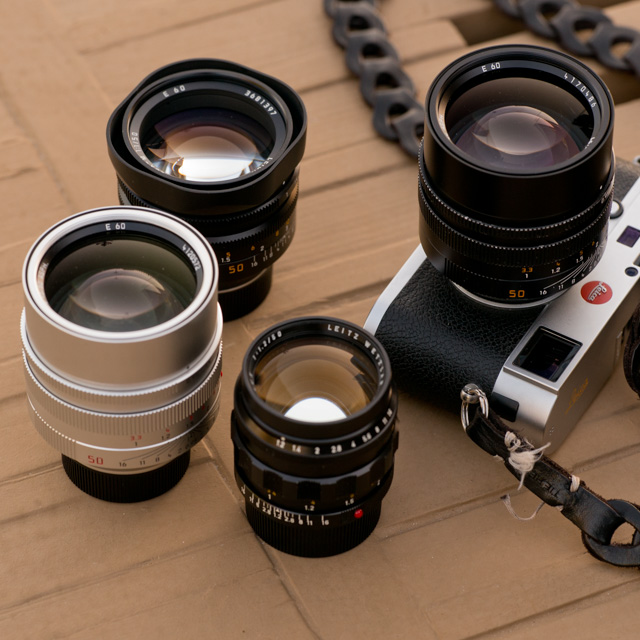
The Noctilux "King of the Night" lens. From left the f/0.95 in silver (same on the camera, in black), the f/1.0 in the back and the rare and expensive first model, the f/1.2 in the front.
No.
Number, on this site Leica catalog numbers or order numbers. Some the numbers changed depending on the number of cams in the lens: The Elmarit-R f2.8/135mm started life as No. 11 111, however when fitted with 2 cams for the SL became No. 11 211, yet another No. for the 3 cams lens and a fourth number for 3 cam only at the end of its life. Number changes also applied to M lenses depending on whether they were screw-thread, bayonet or for M3 with “spectacles”. Thus the No. in the Thorsten Overgaard Leica Lens Compendium list is a guideline but not a comlete list of existing catalog numbers.
Optic = Eye or vision. From French optique or medieval Latin opticus, from Greek optikos, from optos ‘seen.’
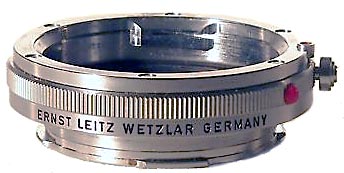
Oufro (model 16469Y)
An original Leitz Extension Ring (produced 1959-1983 as part no. 16469). Used with Oubio for all the longer (125mm+) Visoflex lenses and without OUBIO for 35/50mm. OUFRO can be stacked for greater magnification and will work on the Leica M Type 240 as macro for all lenses (including the Noctilux, 90mm APO-Summicron and even 21mm lenses).
 The OUFTO on Leica M Type 240 with Leica 90mm APO-Summicron-M ASPH f/2.0. The OUFTO on Leica M Type 240 with Leica 90mm APO-Summicron-M ASPH f/2.0.
Perspective = The way objects appear to the eye; their relative position and distance. Also, selective focus (foreground and background out of focus) can change the perception of perspective (also see Three-dimensional). A wide angle "widens" the perspective and makes objects further away appear smaller than they are to the eye; and objects closer, relatively larger than they are to the eye. A tele lens will "flatten" the perspective and often objects further away will appear relatively larger than close objects than they are in real life. A 50mm lens is the one closest to the perspective and enlargement ratio of the human eye.
The word Perspective comes from the latin word for optics (perspicere, per- ‘through’ + specere ‘to look’), and so-called Renaissance painting is simply painting done within the framework of optics and the linear perspective it presents.
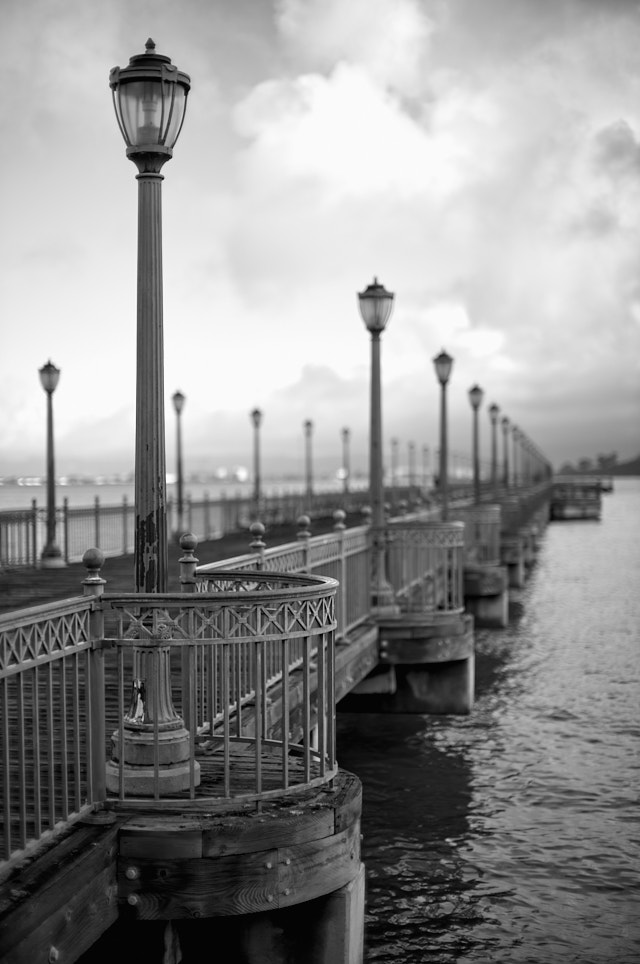
Perspective is relative position and distance. The objects nearby are larger than objects far away. This is how the eye and the mind calculate distance. The eye and the camera automatically captures perspective. In darwing and painting one would see "stupid" two-dimensional drawings 500 years B.C where elements were thrown into the mix without considering that a an object far away must be smaller than if close to the viewer. The word "perspective" comes from "to look through (optics)". Pier 7 in San Francisco by Thorsten Overgaard. Leica M11 with Leica 50mm Noctilux-M ASPH f/0.95.
| |
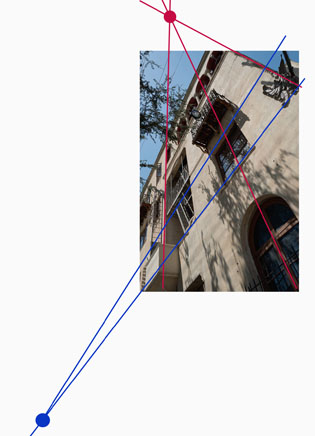 |
| |
Vanishing points are the points where lines meet. This is how you make perspective in paintings and drawings (and some times make movie sets or theatre stages appear more three-dimensional than they are) |
| |
|
Painters works with vanishing points, which is where the lines meet, so as to create an illusion of perspective and three-dimensional effect on a two-dimensional painting or drawing.
The human eye corrects for perspective to an extreme degree. We always see vertical lines vertical and horisontal lines horisontal: The eye has a angle of view equivalent to an 8mm wide angle lens, a size ratio equivalent to a 50mm lens and we focus on relatively small area of the viewing field - one at the time. Three things happens that are worth paying attention to:
1) We compile areas of our view that we focus on, to one conceptual image that "we see". Ansel Adams, the great American landscape photographer pointed out that a large camera used for landscape photography capture every detail in focus and sharp so you can view it in detail after; but the eye does not see everything in focus when you try to compose the landscape photography, the eye scans only one part at a time and stitch the idea together. This makes composing or prevision of a landscape photography challenging.
2) We compile areas of our view that we individually adjust the exposure of. A camera adjust the exposure of the whole image frame to one exposure. That's why what looks like a nice picture to the eye of houses in sunshine with a blue sky above, becomes a photograph of darker buildings with a bright white sky: The camera simply can't take one picture that compare to what we "compiled" with our eyes, adjusting for each type of light.
3) Objects (on a table, for example) in the bottom of our viewing field will appear 100% perspective corrected - to a degree that it is impossible to correct in optics, with or without software correction. A wide angle lens, even with little distortion, will exaggerate the proportions of the closet part so it - to the eye - looks wrong.
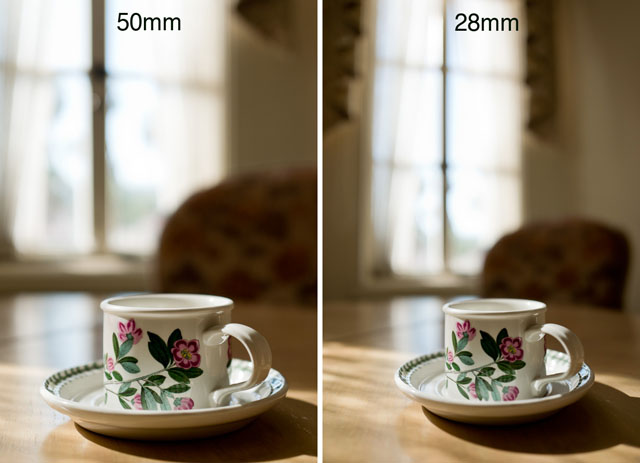
Perspective distortion: Comparing these two photographs you can see how the cup stretches in the 28mm wide angle photograph compared to the 50mm photograph. Both actually has a little stretch because both the cup is in the edge of the frame in both photographs. © Thorsten Overgaard.
Perspective correction - In software like Adobe Lightroom and Capture One Pro there is often a feature to correct perspective (and distortion) like seen below. You can change perspective this way, or at least make believe: If you correct a tall building on teh vertical lines, you will notice that the height of the windows doesn't match the perspective. If the building is with straight lines, the windows should all be of the same size. But a tall building seen from below and corrected with software will have taller windows (closer to camera) in the bottom than in the top (further away from the camera originally).
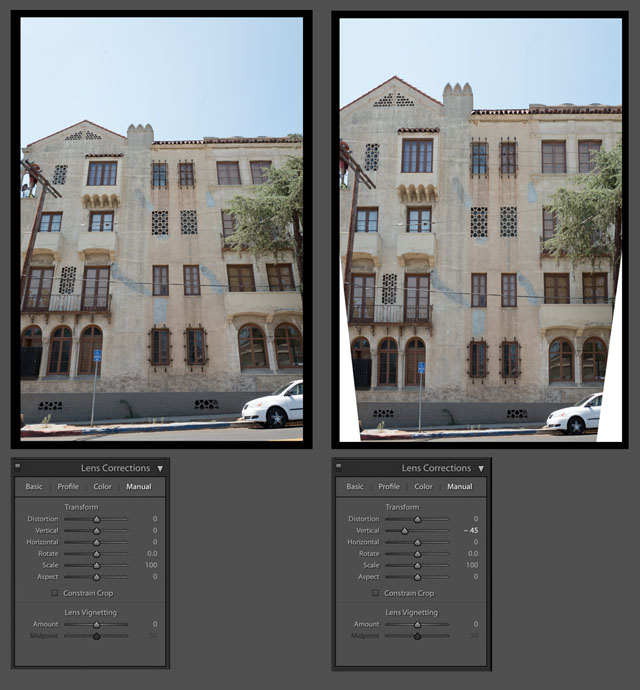
Perspective correction in Adobe Lightroom. © 2017 Thorsten Overgaard.
| |
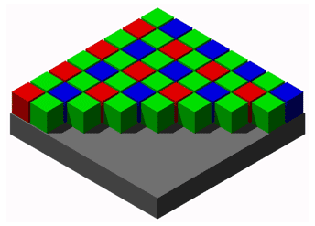 |
| |
A graphic illustration of the typical Bayer Color Filter Array on an RGB sensor. It's called a Bayer filter because Bryce Bayer of Eastman Kodak invented the technology of filtering incoming light into RGB and distribute it into the the photosites that each read just one color (R/G/G/B). |
| |
|
Photosite - The unit in a digital camera sensor that records intensity of either red, green or blue. Unlike the output of a sensor, measured in pixels (and where each pixel contains RGB), the photosite records only one color each, and it's intensity (how bright it is). A photosite can not distinguish colors, which is why there is a Color Filter Array (basically a prism) above them to filter the colors and send information to the photosite if 's a R, G og B color. See illustration below. In a monochrome sensor (as in the Leica M Monochrom and the Phase One Achromatic), all photosites are recording intensity of light only as there is no concern which color it is, and there is no color filter.
The ratio of photosites to pixels is not a given. Each block of 4 contiguous photosites contains one photosite sensitive to low wavelengths (blue), one photosite sensitive to high wavelengths (red), and two identical photosites sensitive to medium wavelengths (green). So four photosites would be the minimum to create one 'full-color' pixel. Apart from that, depends on the sensor specifications, which is different from brand to brand. Sometimes four photosites (two Green, one Red and one Blue) makes up one pixel, at other times it's more photosites to one pixel; and there is also pixels sampled from photosites across (sort of overlapping patterns).
Pixel - Made up word from Pix (picture) and el (element). A pixel is the smallest full-color (RGB) element in a digital imaging device. The physical size of a pixel depends on how you've set the resolution for the display screen. The color and tonal intensity of a pixel are variable, meaning that each pixel contains RGB. This is different from a camera sensor's small eyes (photosite) that are an intensity of either red, green or blue. You could say that the digital sensor's photosite (where each unit collects just one color; red, green or blue) is the input technology, whereas the pixels on a screen (where each pixel contains red, green and blue) is the output device. So while sensors are measured in megapixels (mega = million), it's their output unit of pixels, and not the input unit of photosites that is measured and stated. See illustration below.
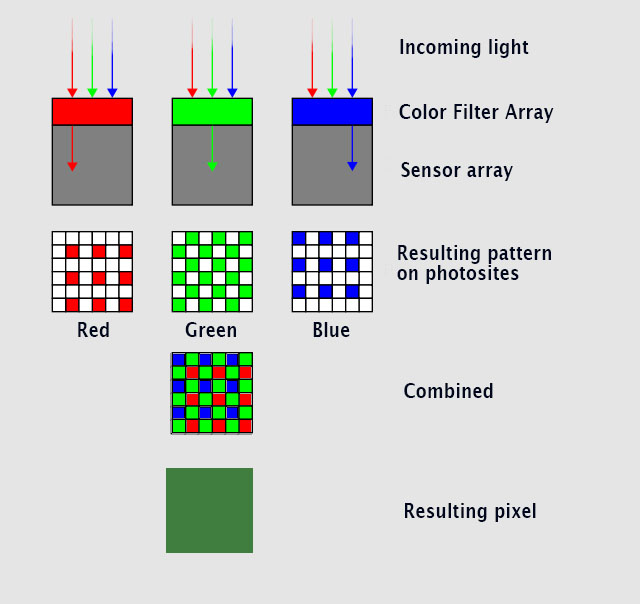
Here's an illustration of how light goes through a color filter that enables the underlying photosites to each record if it';s an R, G or B color - combined - makes up one pixel containing RGB. © Thorsten Overgaard.
R = Resolution, in the name Leica M10-R camera model (2020).
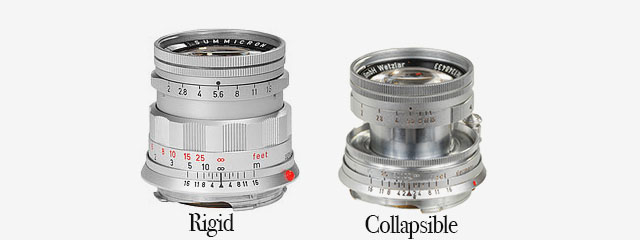
Rigid - Refers usually to the Leica 50mm Summicron-M f/2.0 "Rigid" of 1956.
It is called "Rigid" because, unlike the 50mm Collapsible, this one is not able to be changed.
Rigid means stiff, uable to be forced out of shape. Not able to be changed. From Latin rigere, "be stiff".
The name is a little confusion nowadays as all or most lenses are rigid today, but back in 1925-1956, many lenses were collapsible so the camera was compact when not in use. Just like compact cameras today often has a lens that extrudes when the camera is turned on, and collaps into the camera body when the camera is turned off.
RF
(R)ange (F)inder - the mechano-optical mechanism which allows M Leicas to focus.
Alternative meaning - RF is also shorthand for Hexar RF , Konica's motorised "M-lens-compatible" rangefinder camera released in 2000.
S = Single image. When the ring by the shutter release on top of the camera (or in the menu of a digital camera in case it does not have this ring on the ourside) is moved from OFF to S, the camera takes only one photo at the time (Single). The other possibility is Continuous where the camera takes pictures continiously as long as the shutter release button is helt down. (see above).
Saturation: How colorful, intense or pure the color is. Less saturation would be less colorful, more saturation would be more colorful. In today’s photography, de-saturating a photo on the computer will gradually make it less and less colorful; and full de-saturation would make it into a black and white photo.
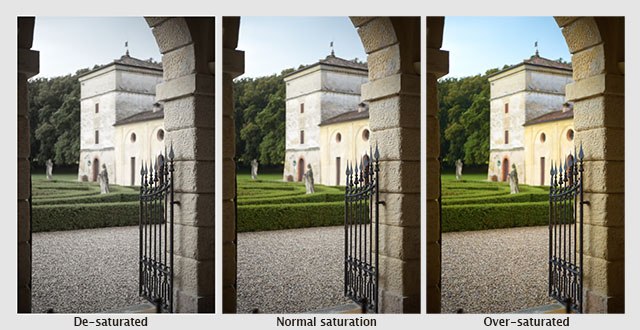
A photo from Verona, Italy de-saturated, normal saturated and over-saturated. © Thorsten Overgaard.
Sensor = A device that detects a physical property (like light) and records it. A camera sensor is a plane plate with thousands of small “eyes” with (photosites) a lens in front of each (CFA, Color Filter Array), which each individually records the amount of red, green and blue light rays that comes through the lens. Together, Red, Green and Blue form all colors of the spectrum, which becomes a pixel. Sensor comes from Latin sens- ‘perceived’.
Sharpness - See “Focus”
Shutter speed dial - The dial on top of the Leica M where you can set the shutter speed manually. It can also be set to A which stands for Aperture Priority (where the camera suggests a shutter speed; or when you move the dial away from A, the camera will show arrows in the viewfinder, suggesting which direction to change the Aperture to, to get the correct exposure).
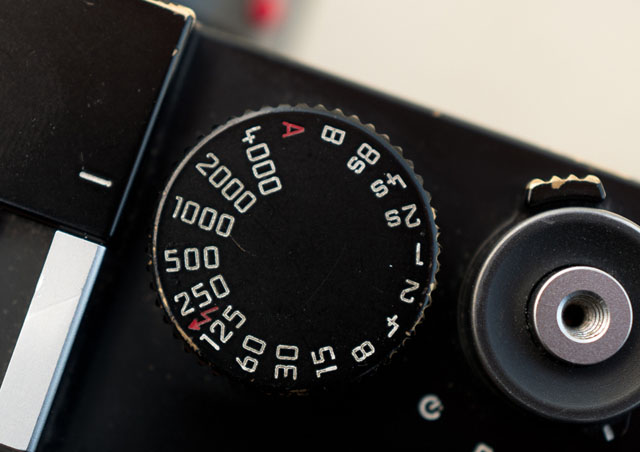
Shutter speed dial set to 1/1000 of a second.
| |
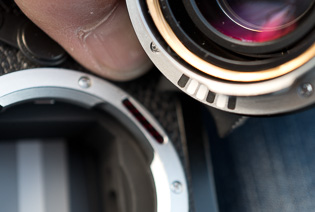 |
| |
The 6-bit code on the flange of the lens is read by the sensor on the Leica M bayonet of all digital Leica M cameras since 2006. © Thorsten Overgaard. |
| |
|
Six-bit code (6-bit code) - An engraving on the flange of M-lenses that makes it possible for digital M-cameras to recognize the lens that has been mounted. The camera can include information on the attached lens and its focal length in EXIF data and make digital corrections for lens-specific flaws, such as color-cast or vignetting. Six-bit coding was introduced for all M-lenses sold since 2006, but many older lenses can be retrofitted with the code at Leica Camera AG in Wetzlar.
SL = Abbreviation for Single-Lens as in the Leica SL that is a camera without reflex (mirror).
SLR = Abbreviation for Single-Lens Reflex; the lens that forms the image on the film/sensor also provides the image in the viewfinder via a mirror. Newer camera models has aen EVF (Electronic Viewfinder) that displays in the viewfinder what the sensor sees in real-time.
| |
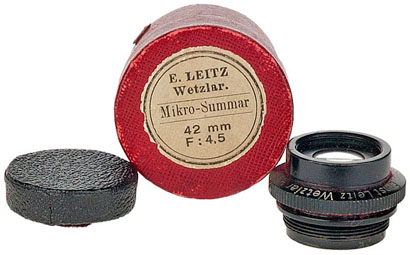 |
| |
Leitz Wetzlar Mikro-Summar 42mm f/4.5 lens anno 1910 might be the first lens carrying the name Summar. |
Summar - (or a story of name development)
The 1933 lens 50mm f2.0 Summar: It started out as Summar(f2.0), then the Summitar (f2.0 in 1939), then the Summarex(f1.5 in 1948), then the Summaron(35mm f.2.8 in 1948, then later f2.0, f3.5 and f5.6 lenses), then the Summarit (f1.5 in 1949 and used again for the 40mm f2.4 on the Leica Minilux in 1995, then again for the 35mm, 50mm, 75mm and 90mm Summarit f2.5 in 2007) then the Summicron(f2.0 in 1953 for the collabsible 50mm) and finally the Summilux(50mm f1.4 in 1959).
ORIGIN of Summar is unknown.
Summarex
The great thing about being a lens designer is that you get to name the lens. Dr. Max Berek who worked for Leitz from 1912 till his death in 1949 named lenses after his two favorite dogs. One was Sumamrex named after his dog Rex, the other Hektor named after his dog Hektor.
Summarit
Refers to the maximum lens aperture - here f/1.5.
Summicron = Refers to the maximum lens aperture - here f/2.0 . There are many guesses how this name came about, a popular one being that the "summi" came from "summit" (summit means the highest point of a hill or mountain; the highest attainable level of achievement) while the "cron" came from "chroma" (ie. for colour). Not so: The name (Summi)cron was used because the lens used Crown glass for the first time, which Leitz bought from Chance Brothers in England. The first batch of lenses were named Summikron (Crown = Krone in Deutsch). The Summi(cron) is a development from the orignal Summar (the 50mm f2.0 lens anno 1933). Vario-Summicron, Vario-Elmarit is Leica Camera AG's name for zoom lenses, for example the Vario-Summicron f/2.0 as the one that is on the Leica Digilux 2.
Summilux = Refers to the maximum lens aperture - here f/1.4 , "-lux" added for "light" (ie. the enhanced light gathering abilities). In Leica terminology a Summilux is always a f/1.4 lens and a Summicron is a f/2.0 lens.
Telyt
Lens nomenclature - short-hand for " telephoto " (tele- is a combining form, meaning to or at a distance) and used in names of instruments for operating over long distances : telemeter. The name has been used for a number of tele lenses from Leica.
ORIGIN: from Greek t?le- ‘far off.’
Three-dimensional = Having the three dimensions of height, width and depth. In photography and lens design, three-dimensional effect is also the perception of even small micro-details; the texture of skin can appear flat and dead or three-dimensional and alive. Also, selective focus (foreground and background out of focus) can change the perception of depth. Also see Perspective.
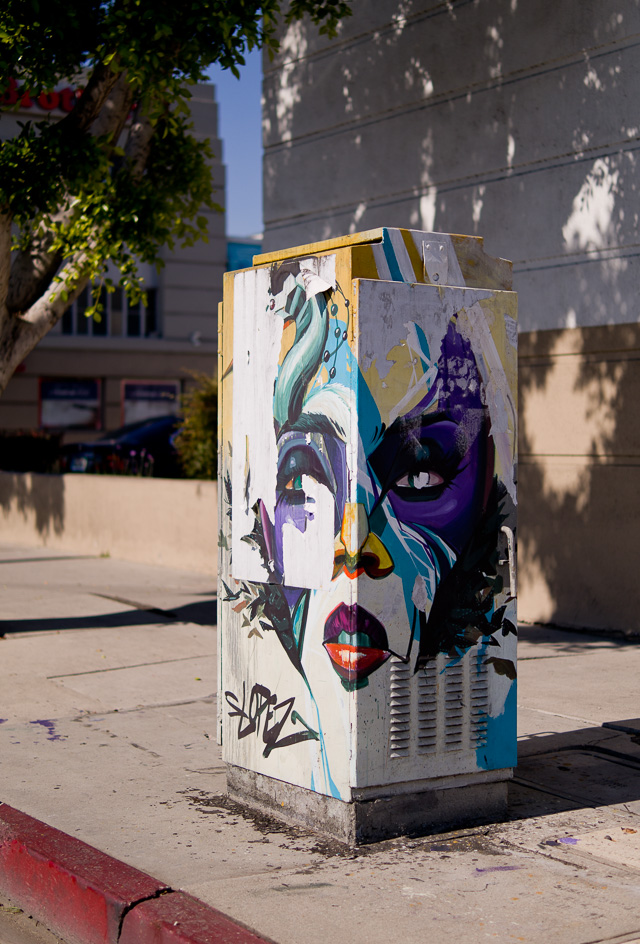
Three-dimensional = Having the three dimensions of height, width and depth. Melrose Avenue in Los Angeles. Leica TL2 with Leica 35mm Summilux-TL ASPH f/1.4. © 2017 Thorsten Overgaard.
Leica T is the compact camera developed by Leica Camera in 2014 as a touch-screen operated camera that can take the Leica L mount lenses made for this camera and the Leica SL and Leica CL. This camera series was names Leica TL later. See my article Compact Leica Cameras for more.
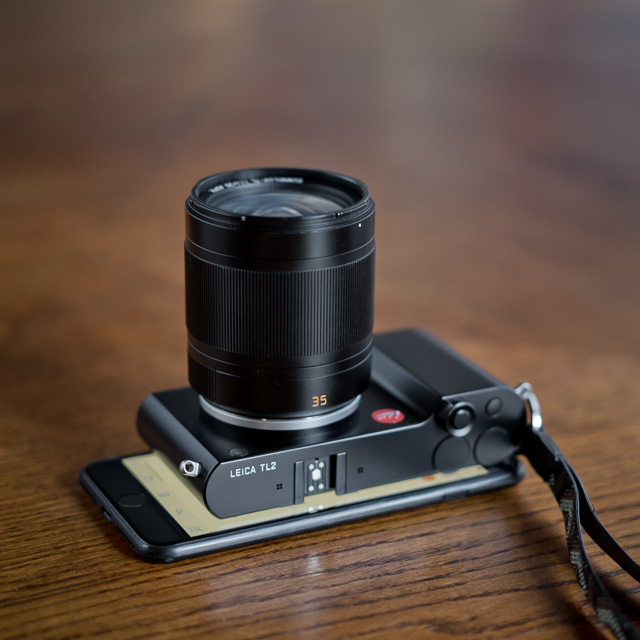
The Leica TL2 (2017) with a 35mm Summilux-L f/1.4 lens, compared with the Apple iPhone 7 Plus. © Thorsten Overgaard.
TTL
(T)hrough (T)he (L)ens light metering, usually WRT the flash metering capabilities built into the R6.2, R8, R9, M7 & M6TTL cameras.
V-Lux is a series of compact SLR-like digital cameras by Leica Camera AG developed with Panasonic since 2006, starting with the Leica V-Lux 1 (2006), V-Lux 2 (2010), V-Lux 3 (2011), V-Lux 4 (2012), V-Lux Typ 114 (2014), V-Lux 5 (2018). See my article "Compact Digital Leica Cameras".
To add confusion, Leica also made a Leica V-Lux 20 in 2010, V-Lux 30 in 2011 and a Leica V-Lux 40 in 2012 that was a temporarily renaming of the Leica C-Lux series.
Vario- is the Leica Camera AG name for zoom lenses. Vario-Elmarit, Vario-Elmar and Vario-Summicron and so on.

The Leica 35-70mm Vario-Elmarit-R f/2.8 ASPH (left) and the Leica 35-70mm Vario-Elmar-R ASPH f/4.0 (right)
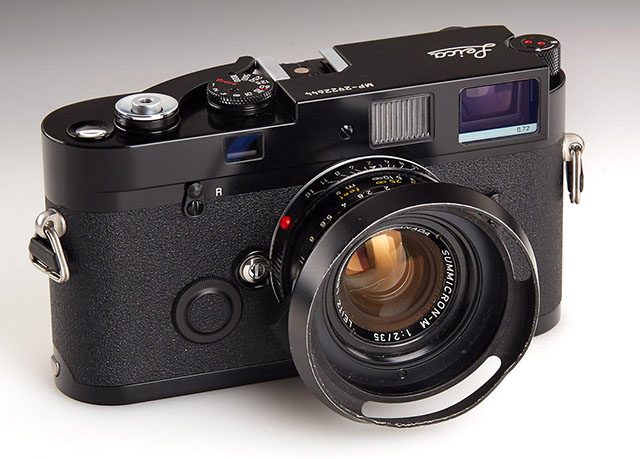
Ventilated shade on a 35mm of Elliott Erwitt's Leica MP camera.
Ventilated Shade - A shade is a hood in front of a lens that provides shade from light going straight onto the lens from outside what you are photographing, which could cause internal reflections like flare, which would make the picture less contrasty.
The ventilated shade has holes so it doesn't obstructs the view from the viewfinder. In many of today’s mirrorless cameras where there is no viewfinder looking ver the lens, so there is no actual need for a ventilated shade; but they are considered classic or vintage looking and are still in high demand. It makes no difference for the purpose of the shade (to create shadow) if it is ventilated or not.
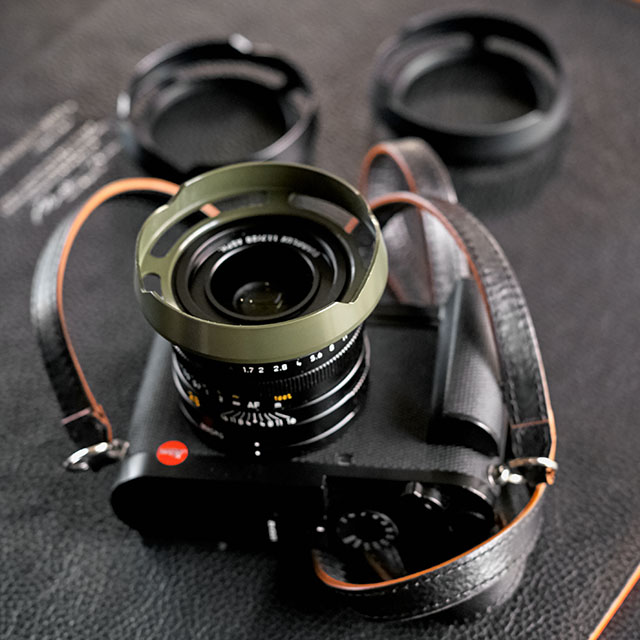
Ventilated Shade for the Leica Q. I make ventilated shades for most lenses and sell them from here.
Viewfinder a device on a camera showing the field of view of the lens. Also known as the German word "Messucher" (or Meßsucher).
1) A built-in viewfinder in a camera that simply show the frame you get when you look through the viewfinder.
2) A rangefinder viewfinder which is also used to focus the lens. In Leica M cameras two pictures has to meet and lay 'on top of each other' for the picture to be in focus.
3) An external viewfinder, usually on top of the camera in the flash shoe, so as to show the field of view of lenses vider than what the built-in viewfinder can show (15mm, 21mm, 24mm, 28mm etc viewfinders exist)
4) Very simple "aiming-devices" on top of a camera that is simply a metal frame without any optics. Just a frame, as for example very old cameras (the original Leica), or when using cameras in diving where you can't look through the camera.
5) A Electronic Viewfinder (EVF) that shows what the sensor sees "live".
WB = Short for White Balance:
White Balance = (often referred to as WB) in camera menus. See my aticle "Adjusting the White Balance in Photoraphy" for explanation, illustrations and examples.
WLAN = German short for WiFi. In camera menus, Leica may refer to WLAN, which is simply German for WiFi, (and for some reason they refuse to believe that the rest of the world doesn't call it for WLAN like they do). WLAN stands for wireless local area network.
X1 - The Leica X1 was released in September 2009, the Leica X2 in 2012, and Leica X Typ 113 was released in September 2014, all with a fixed 23mm f/1.7 lens. Leica X Vario Typ 107 and Leica X-E Typ 102 was released later. A Leica X-U underwater edition was released in 2026. See my article Compact Leica Cameras for more.
XML = Stands for extensible markup language, which is a way enclose information to a document about how to format it, and more.
XMP = Stands for extensible markup platform (also known as XMP sidecar) and is a standard developed by Adobe and standardized by the International Organization for Standardization ISO. XMP is a 'sidecar' to an image that contains the EXIF data (camera settings) as well as other data about the image recording and editing that would norally be in proprietary formats (only readable by certain software). XMP in short is a container enclosed with the image as a 'sidecar' that contains all available information (EXIF data about settings, IPTC data (who took the photo, copyright info, image captions, etc), but most noteable, the XMP allow you to include information about the editing that was performed to the raw or DNG file, so that when you open the image file in another editing software, the raw data, as well as information about the crop, exposure compensation and other editing you did to the photo, is included).
In Adobe Lightroom Classic, one should make sure to select that editing information is written to the XMP file of each image (go to Lightroom > Catalog Settings > Metadata and then click "Automatically write changes into XMP").
Zone System -A system of 11 greytones. Ansel Adams worked out the Zone System in the 1940's with Fred Archer. It may look as simply a grey scale (and it is) but it's the use that has troubled many. If you use a normal external light meter, it will give you the exact amount of light and you can expose your photograph based on that and it will be correct. 
What Ansel Adams basically did was that he studied (by measuring with a spot meter), what the exact grey tones were of the sky, the clouds, the sand, the water, the skin and so on at different times of the day.
You could say that he built up a conceptual understanding of how different materials of different colors and reflective surface would look in black and white at different times of day (or different light conditions). He also realized that a tone changes for the human eye depending on it's size and in which context of other tones it is seen.
In short, you could say that the Zone System is know how something would look in black and white when looking at a scenery. Some who have struggled with the Zone System have done so because they think it is a rule. It is not.
| How Ansel Adams made New Mexico look: |
|
How most people see New Mexico: |
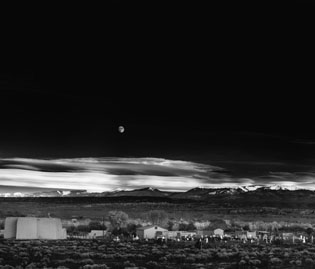 |
|
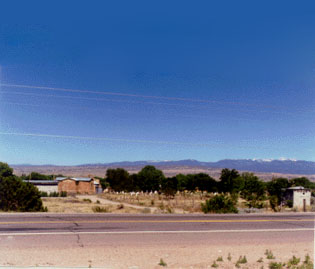 |
| The artistic use of the Zone System. |
Ansel Adams developed the Zone System to understand light for himself, but also as a fundament for teaching the light, exposure and making the final photograph. How will it look if you do the usual, and what will it look like if you manipulate it. But most interstingly; how do you work with light, cameras and photographic materials to achieve the look you envision.
The Zone System is meant as a basis on which to create your own aesthetic style and communication. Photography is painting with light. The greyscale is our palette. Ideally we should have a conceptual understanding of the tones and be able to use them intuitive. That was his vision for us all.
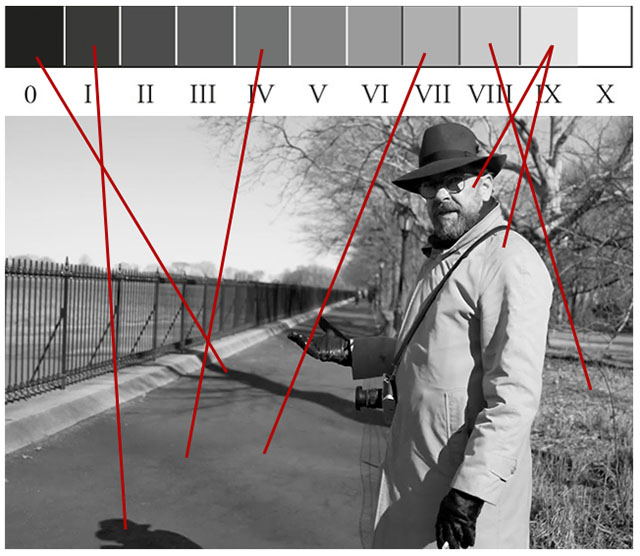
Thorsten Overgaard in New York, explaining the Zone System in his "Street Photography Masterclass".
Ø - Diameter. As in Ø49 for example which means that the filter diameter is 49mm for this lens (or if a filter is Ø49, it is 49mm in diameter and fits that Ø49 lens). Leica uses E to express their filters sizes, as in E49 for a 49mm filter size.
|
![]()
